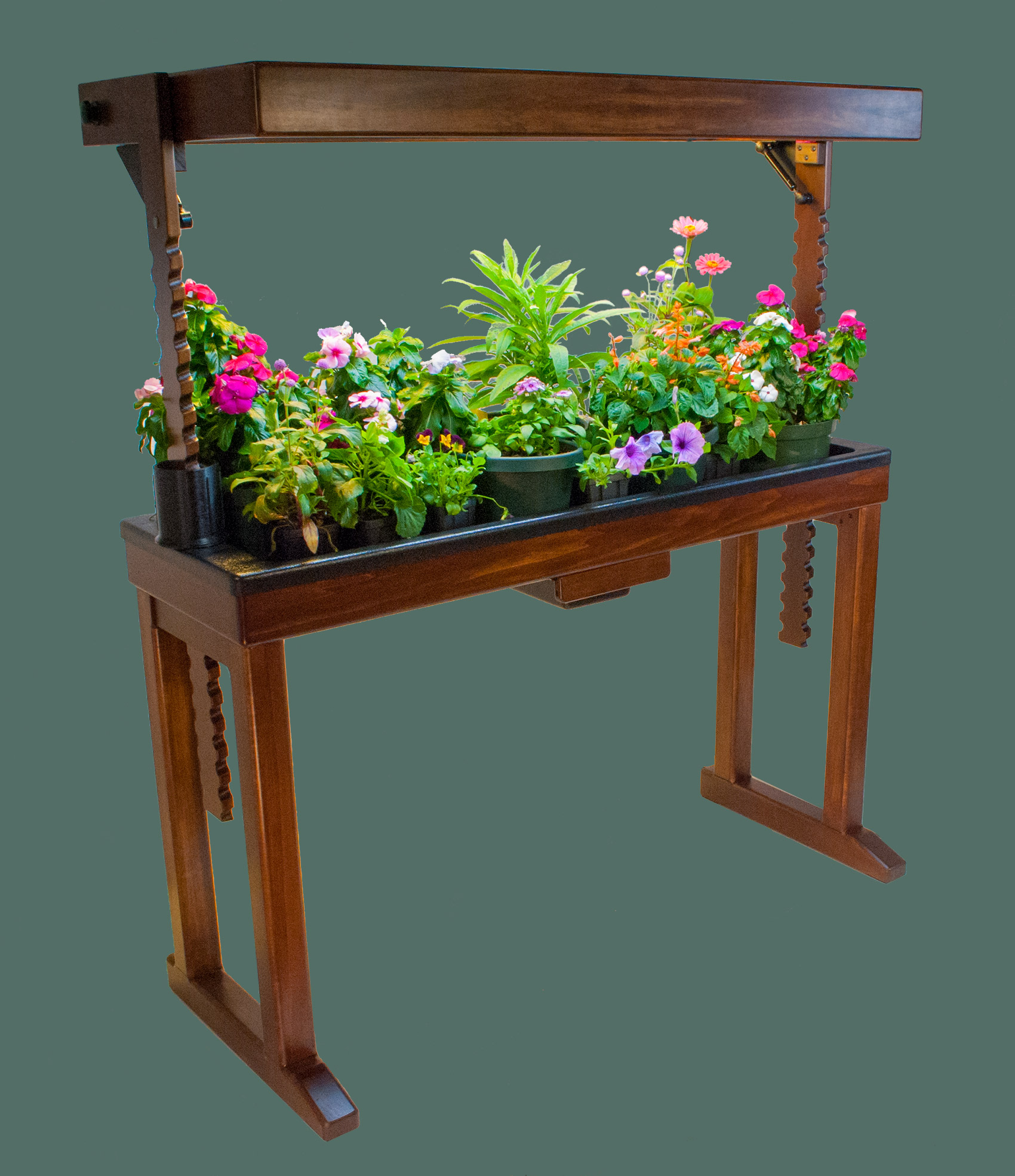
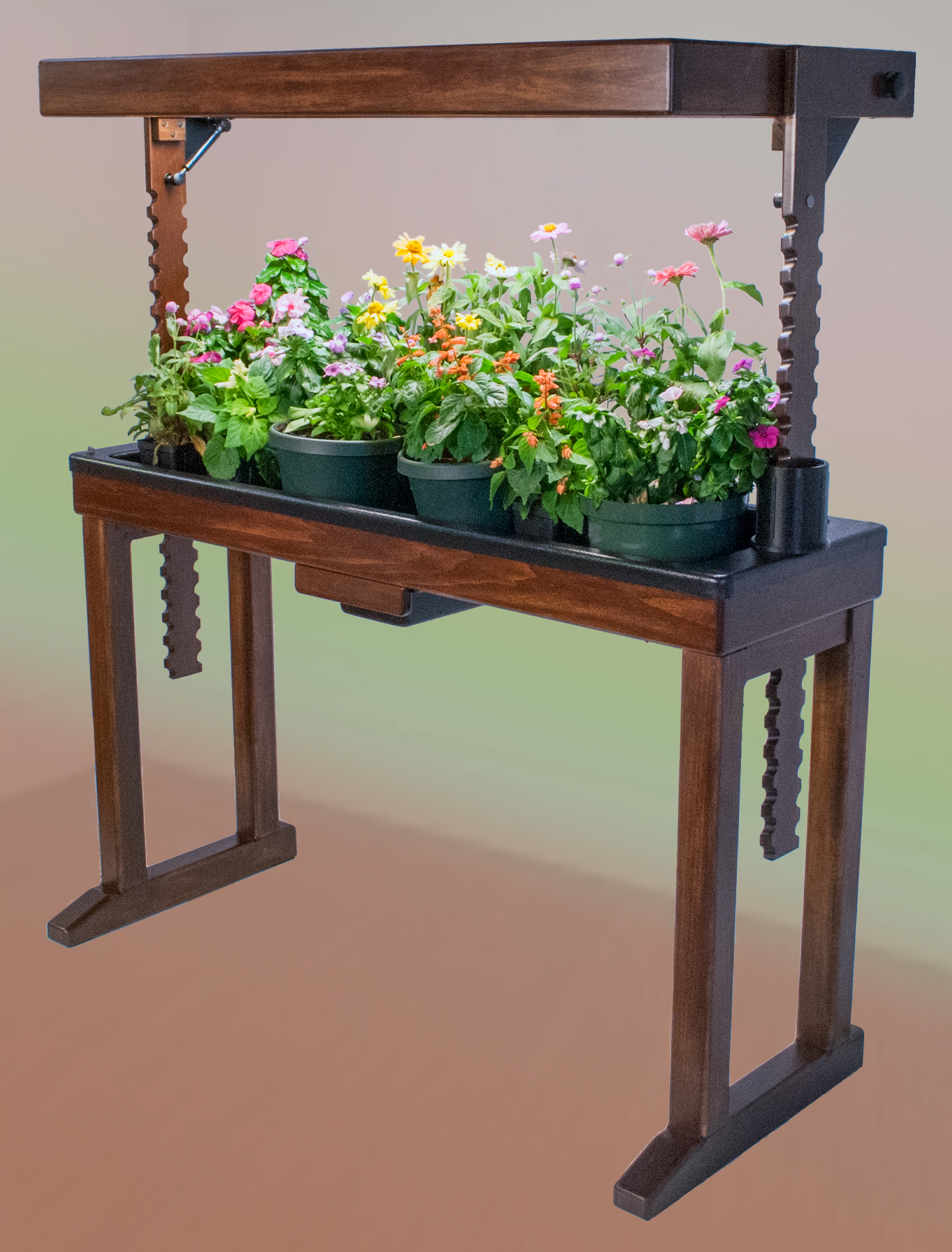
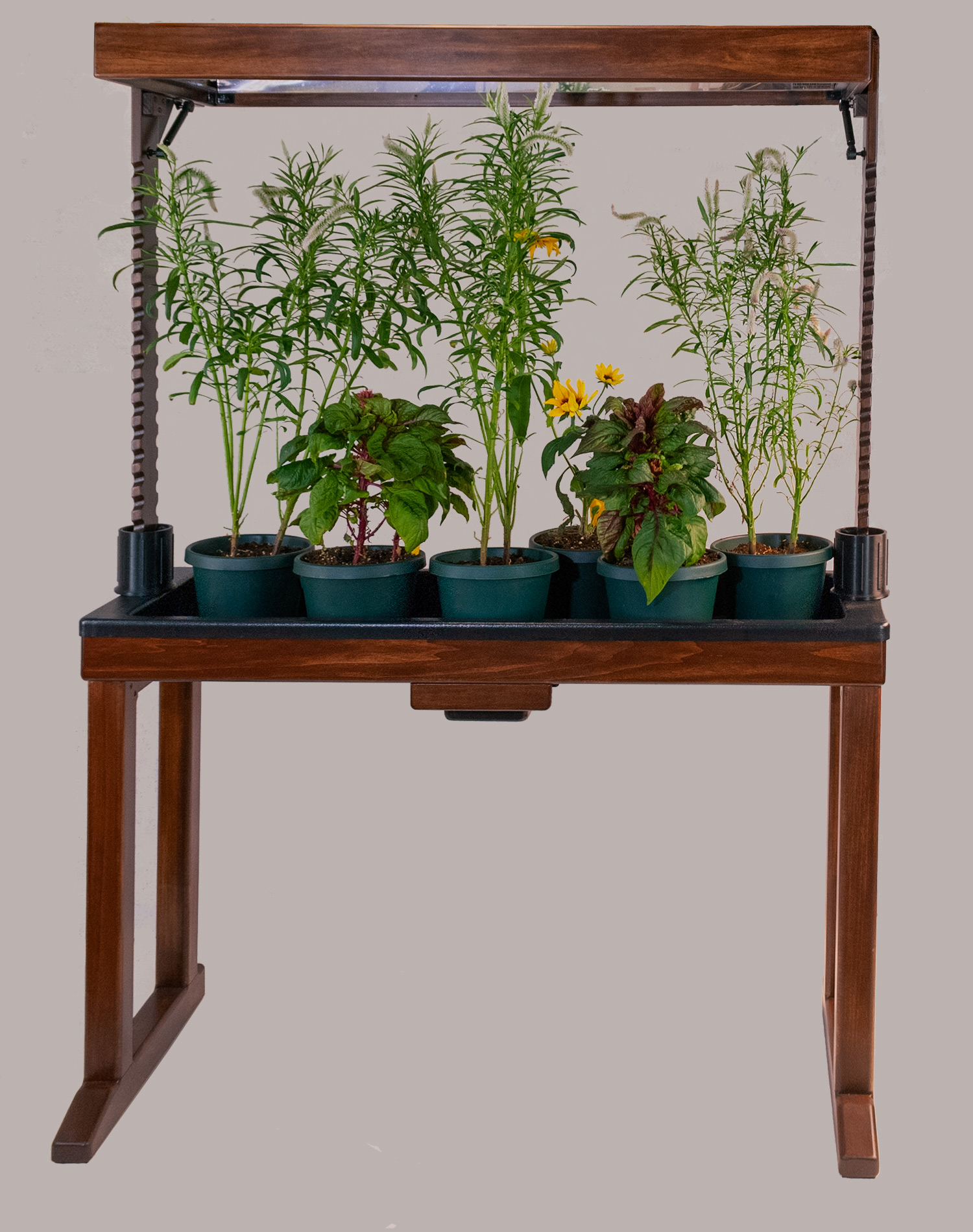

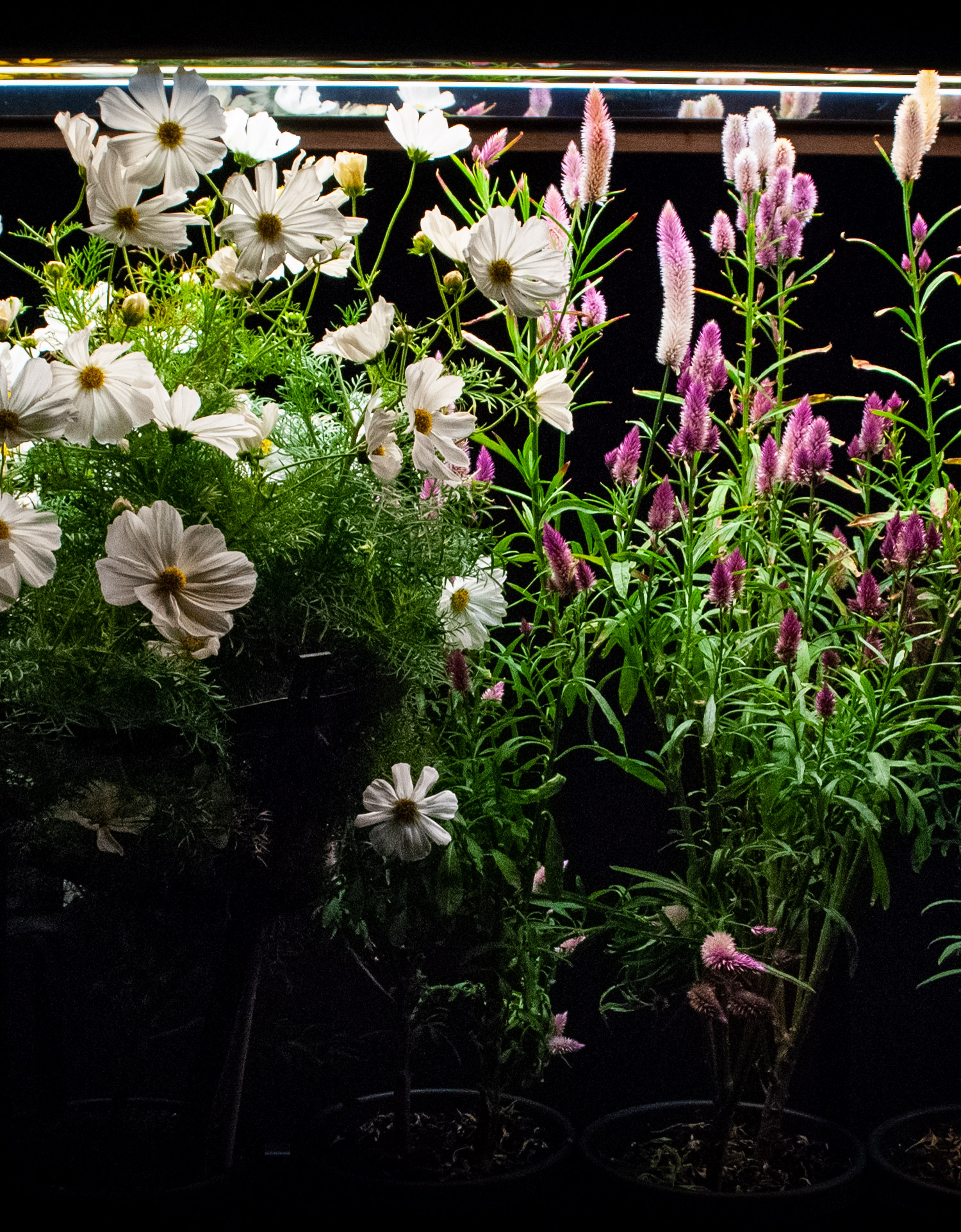
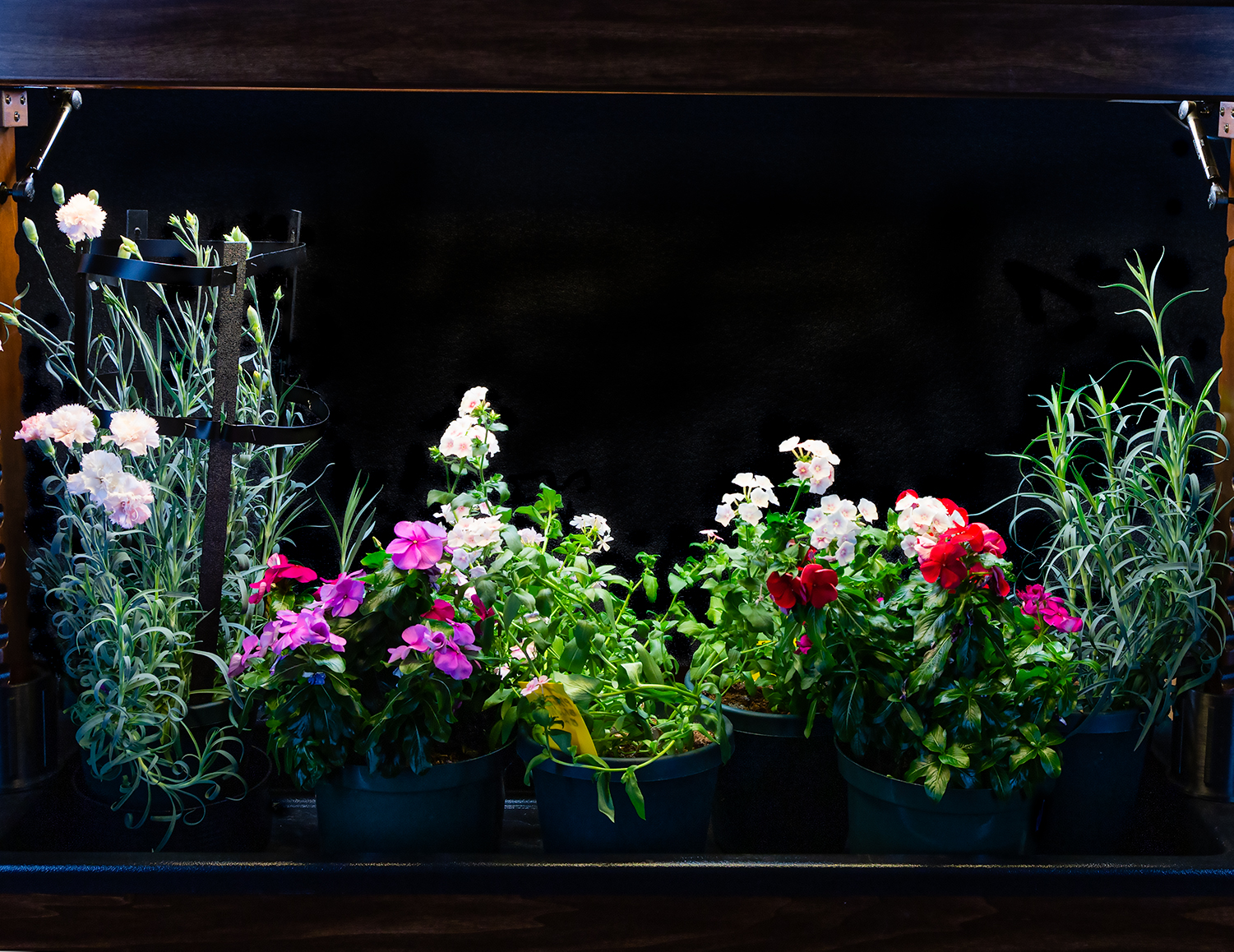
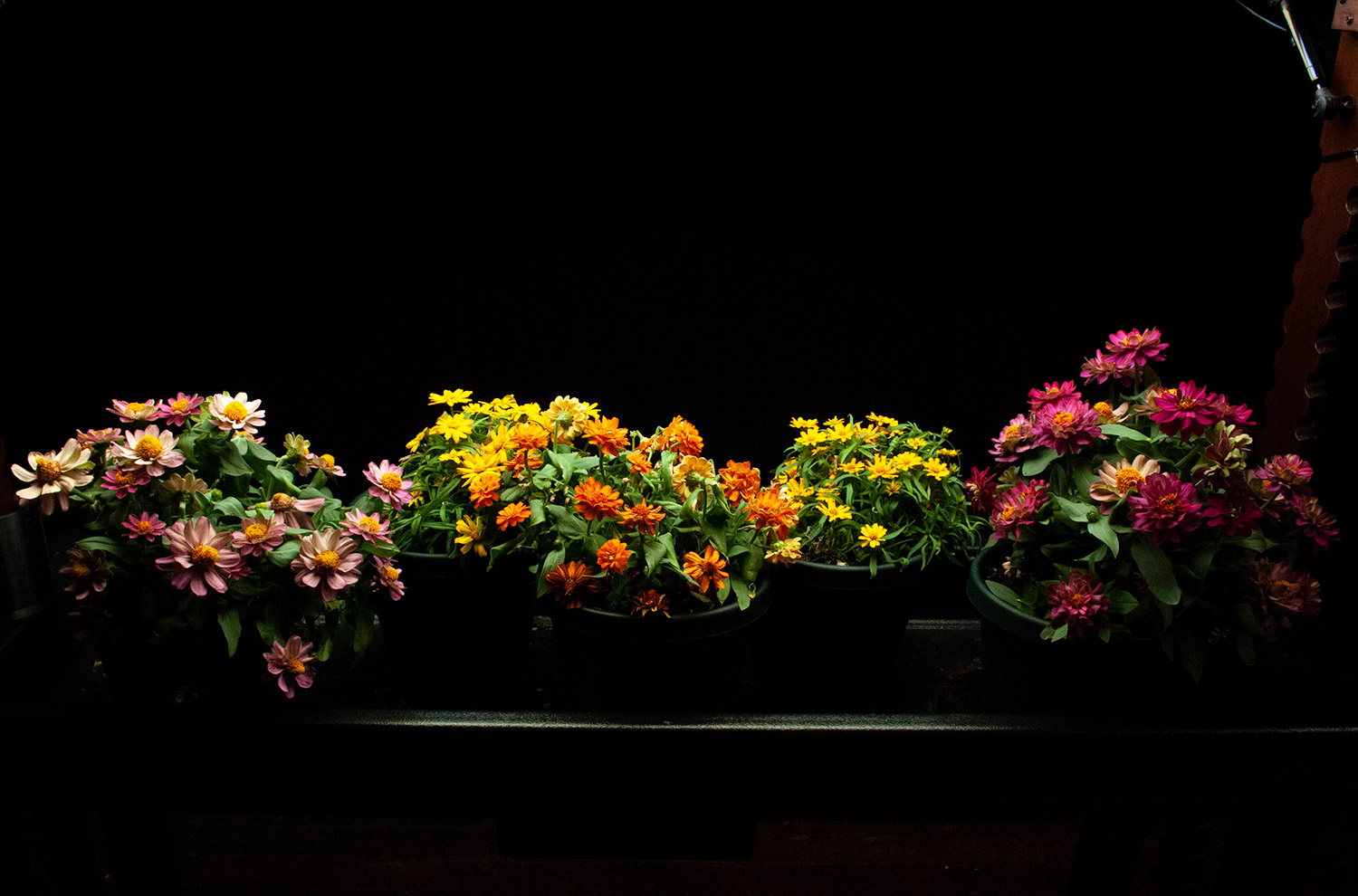
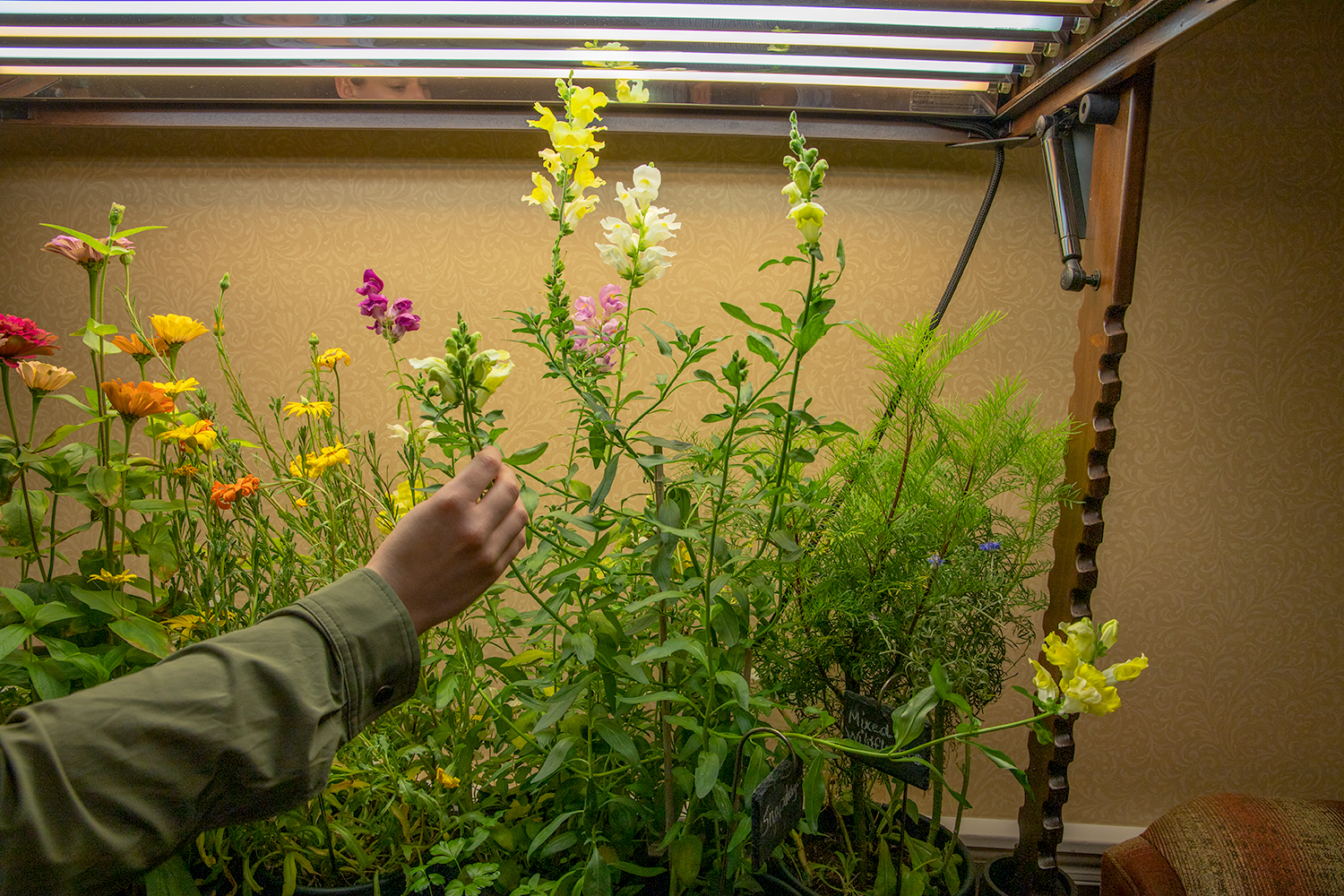
BloomInLight With Cosmos, Snapdragon, Zinnia, and Mixed Herbs

Our BloomInLight experience:
height 28 inches
flowered at 11 weeks
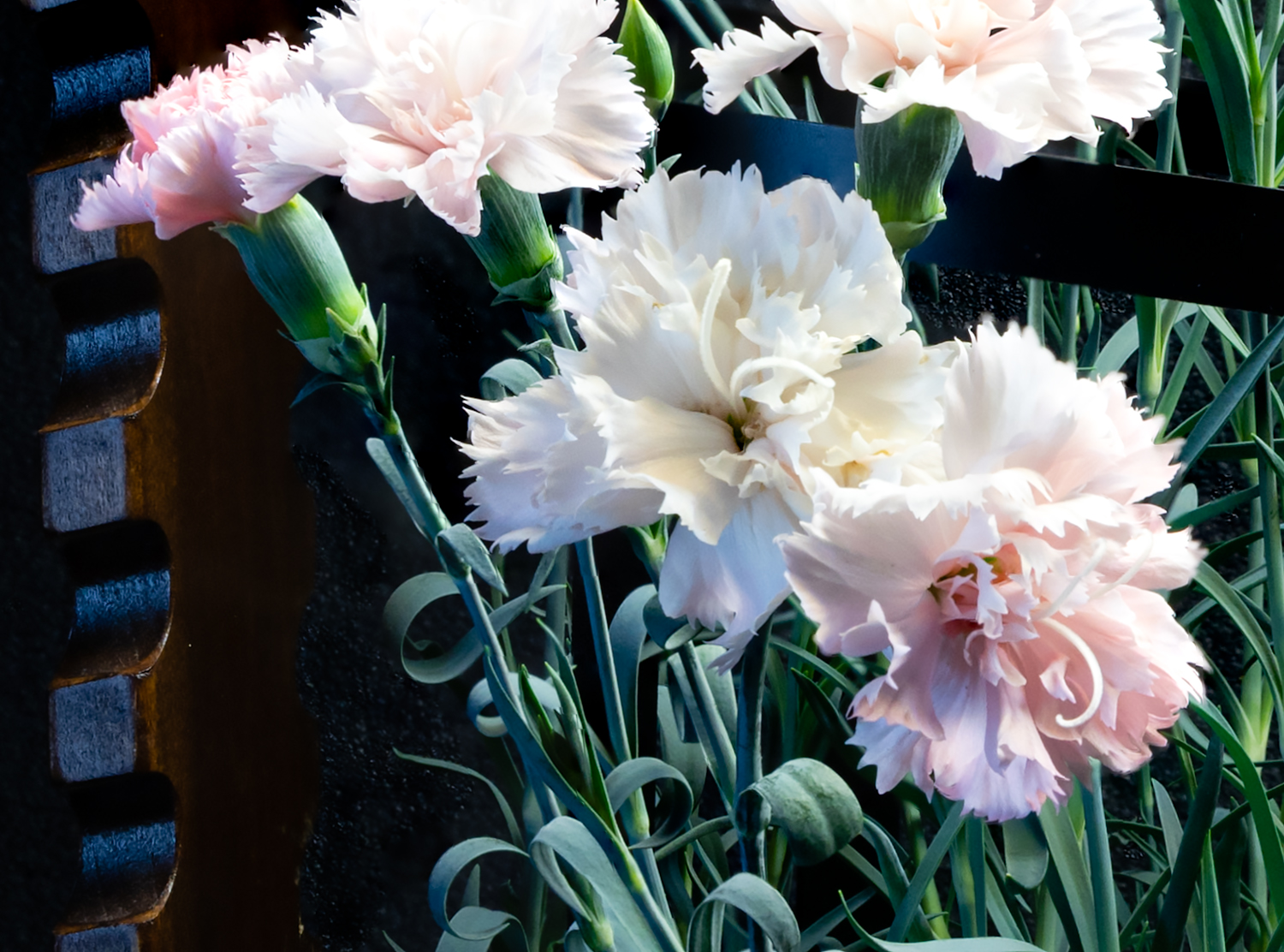
Our BloomInLight experience:
height 18 inches
flowered at 15 weeks
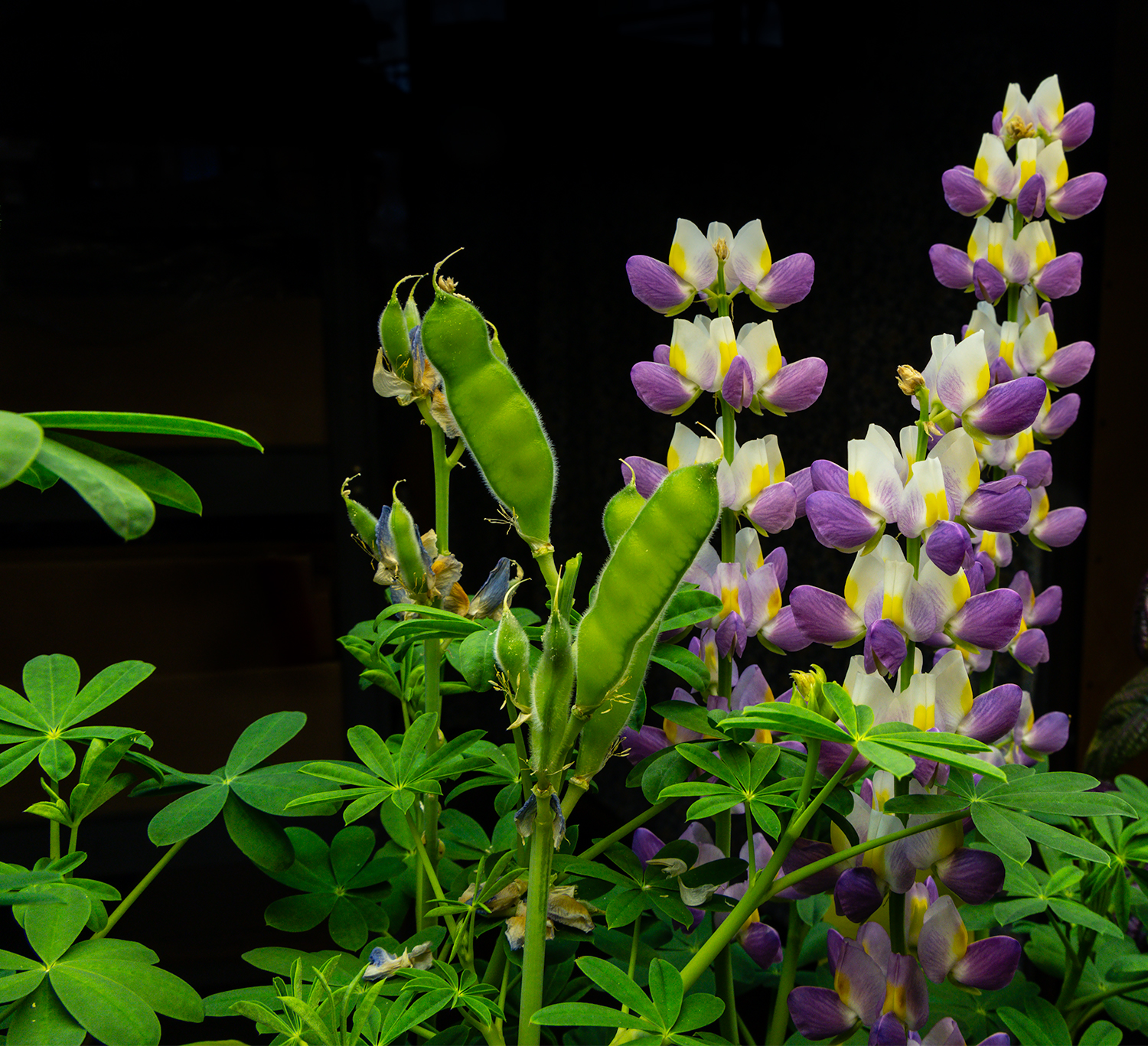
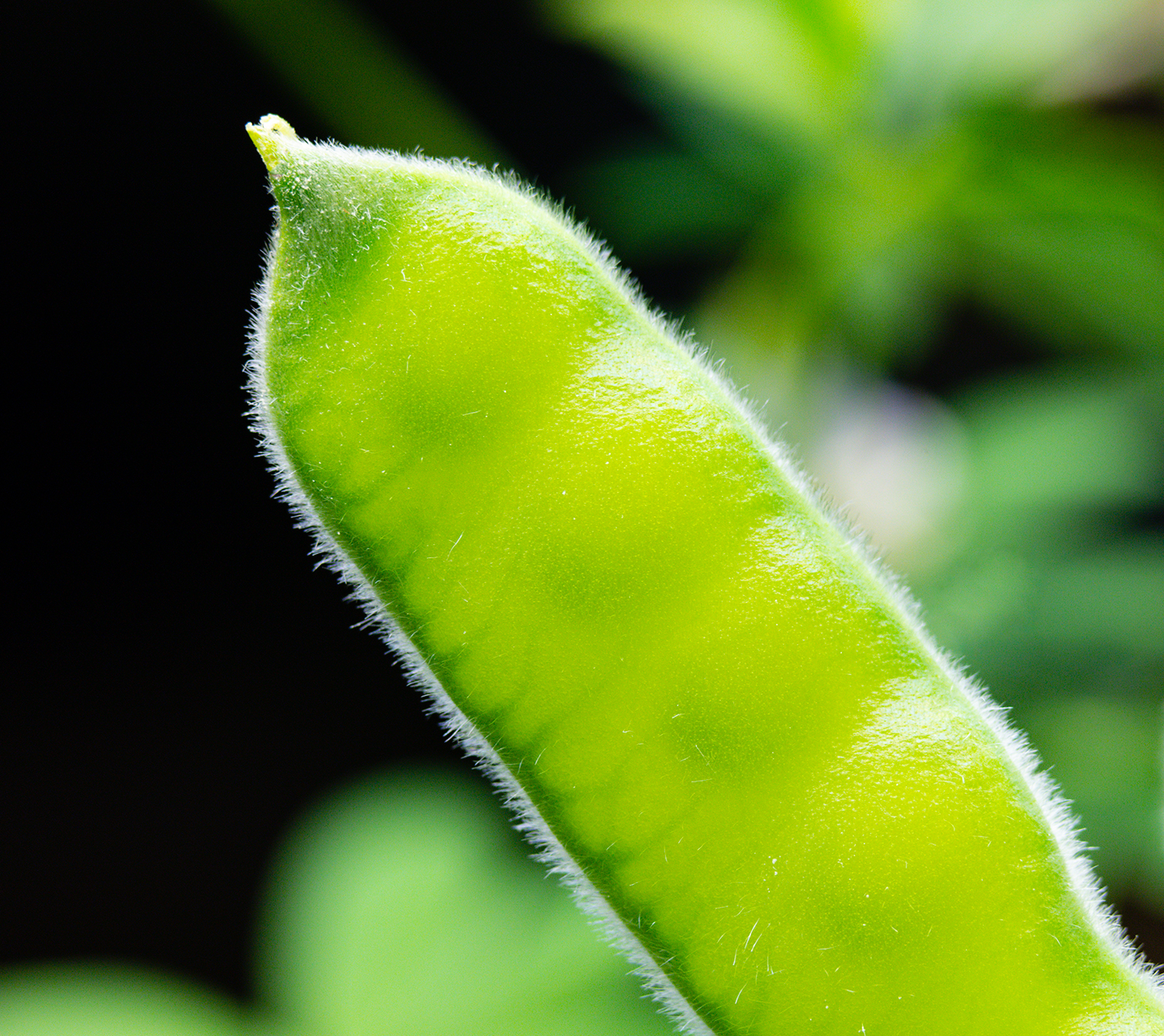

Our BloomInLight experience:
height 16 inches
flowered at 8 weeks
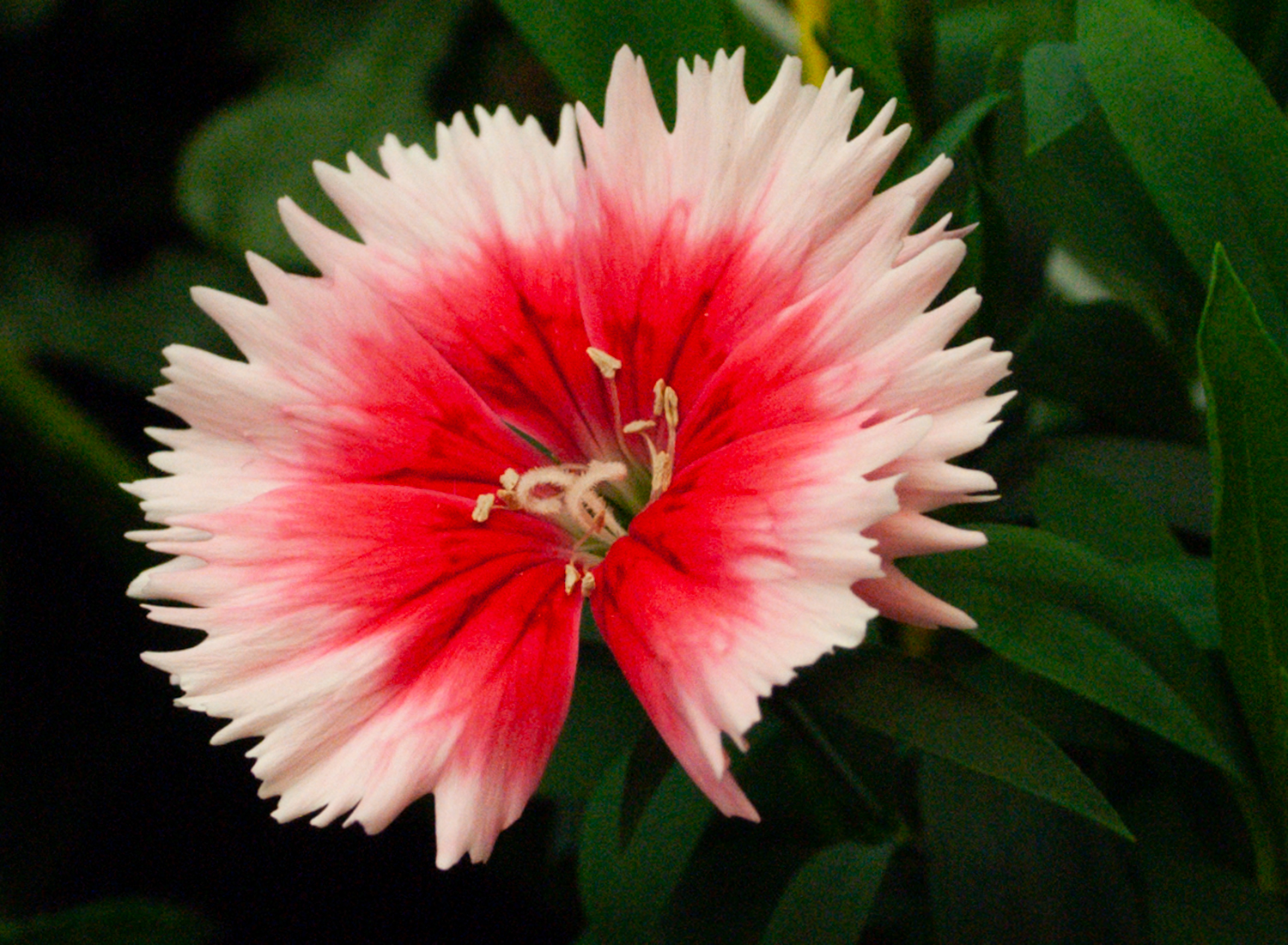
Our BloomInLight experience:
height 5 inches
photo taken 24 weeks after planting seeds
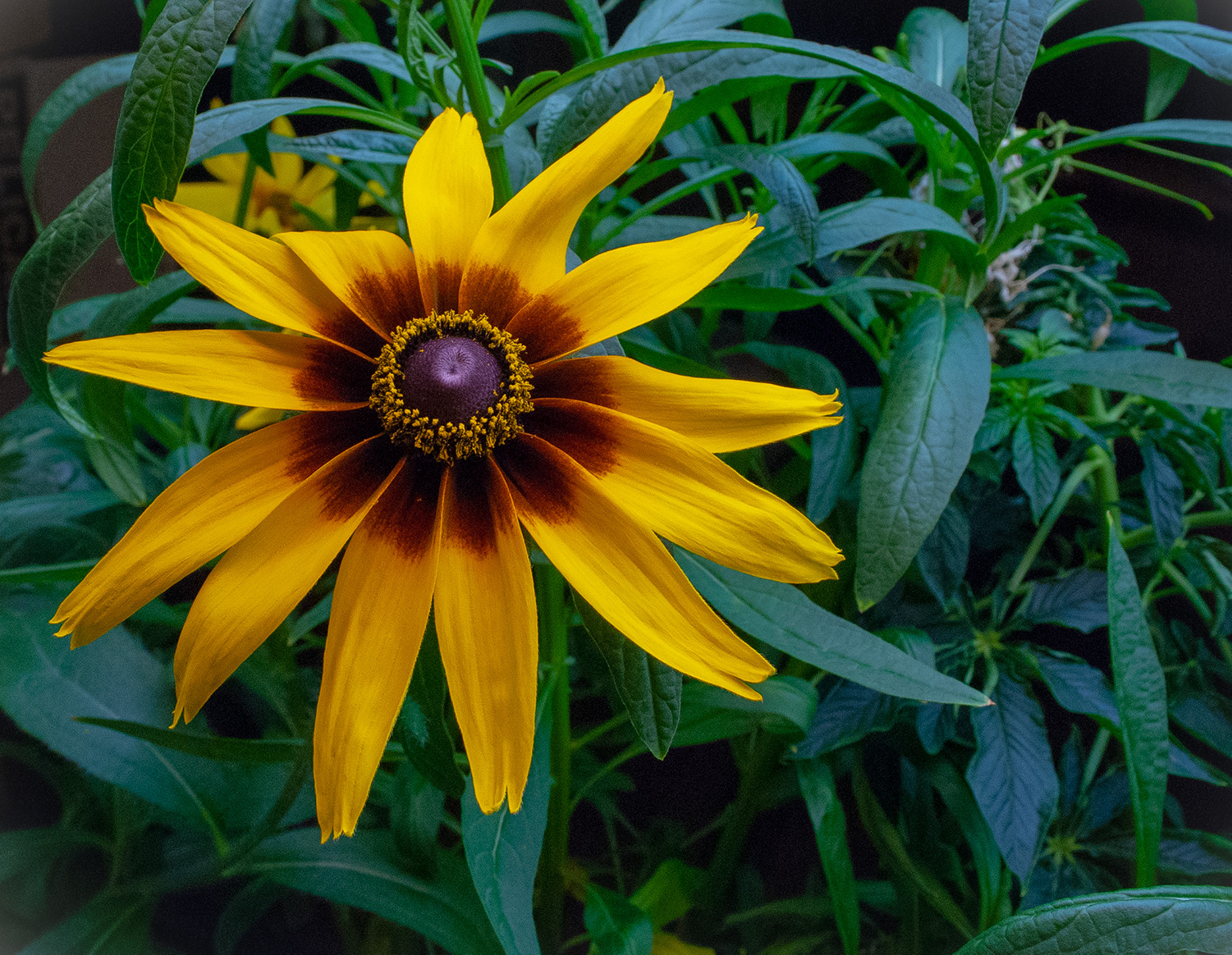
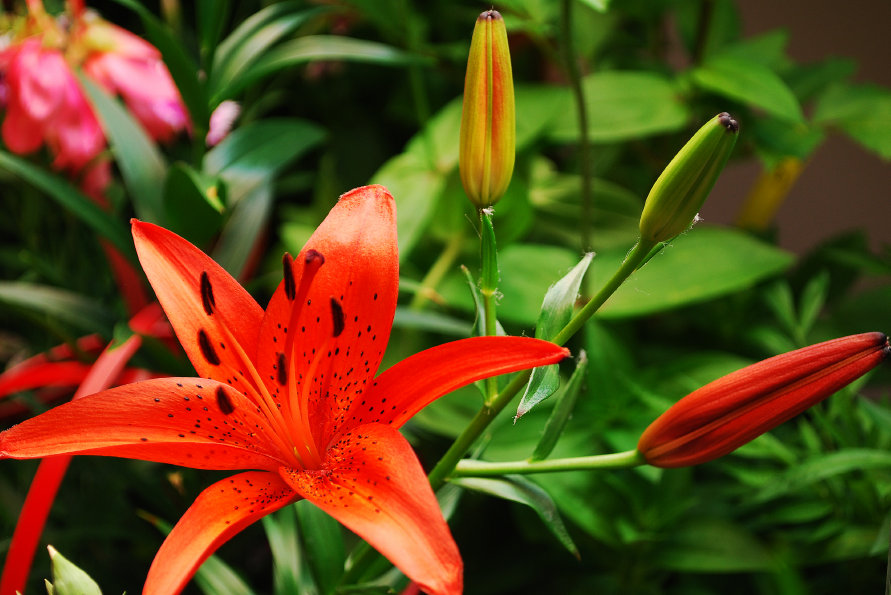
Our BloomInLight experience:
height 19 inches
flowered at 10 weeks

Our BloomInLight experience:
height 12 inches
flowered at 11 weeks
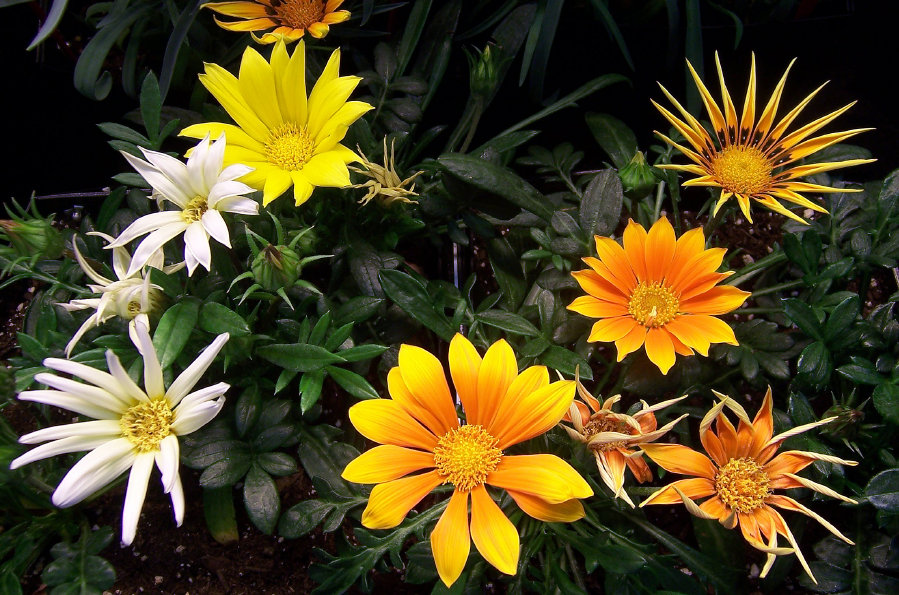
Our BloomInLight experience:
height 10 inches
flowered at 8 weeks
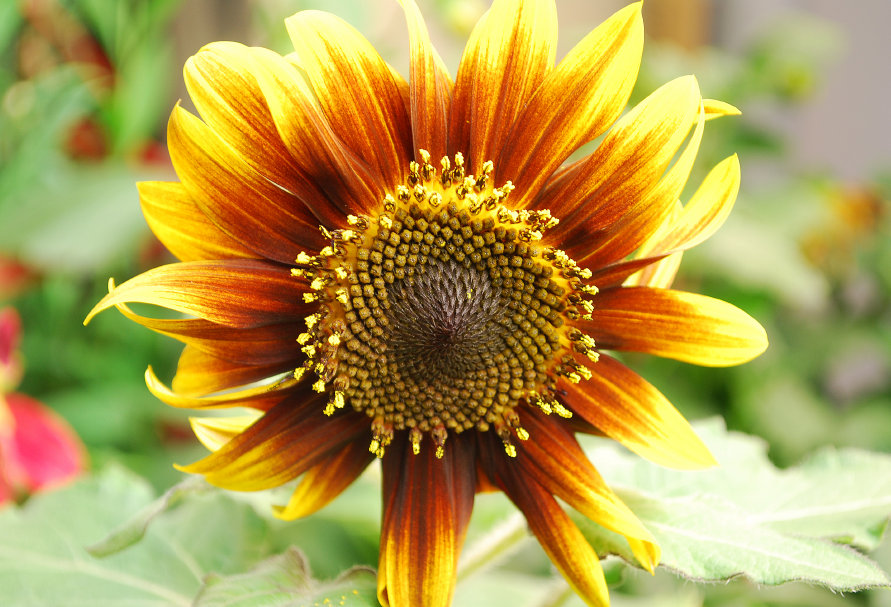
Our BloomInLight experience:
height 16 inches
flowered at 11 weeks
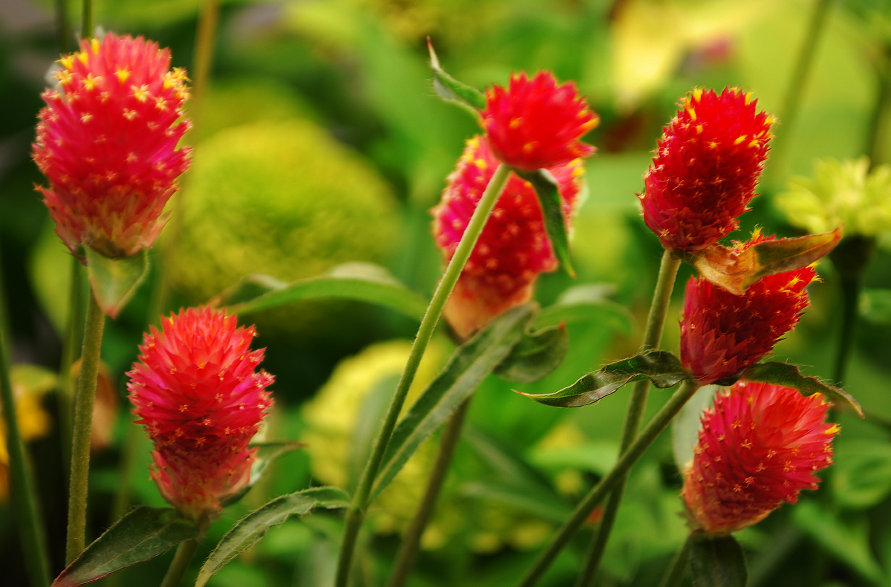
Our BloomInLight experience:
height 30 inches
flowered at 9 weeks
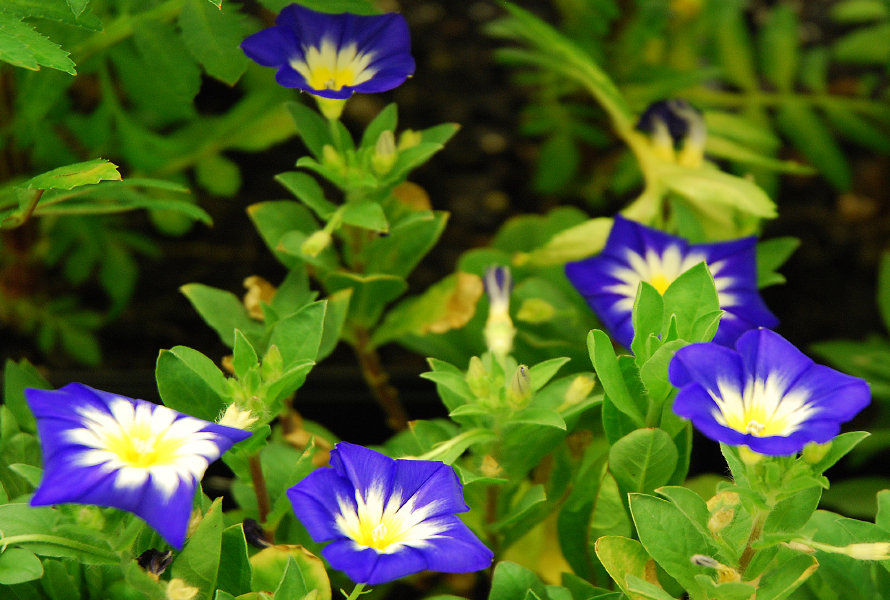
Our BloomInLight experience:
height 11 inches
flowered at 10 weeks
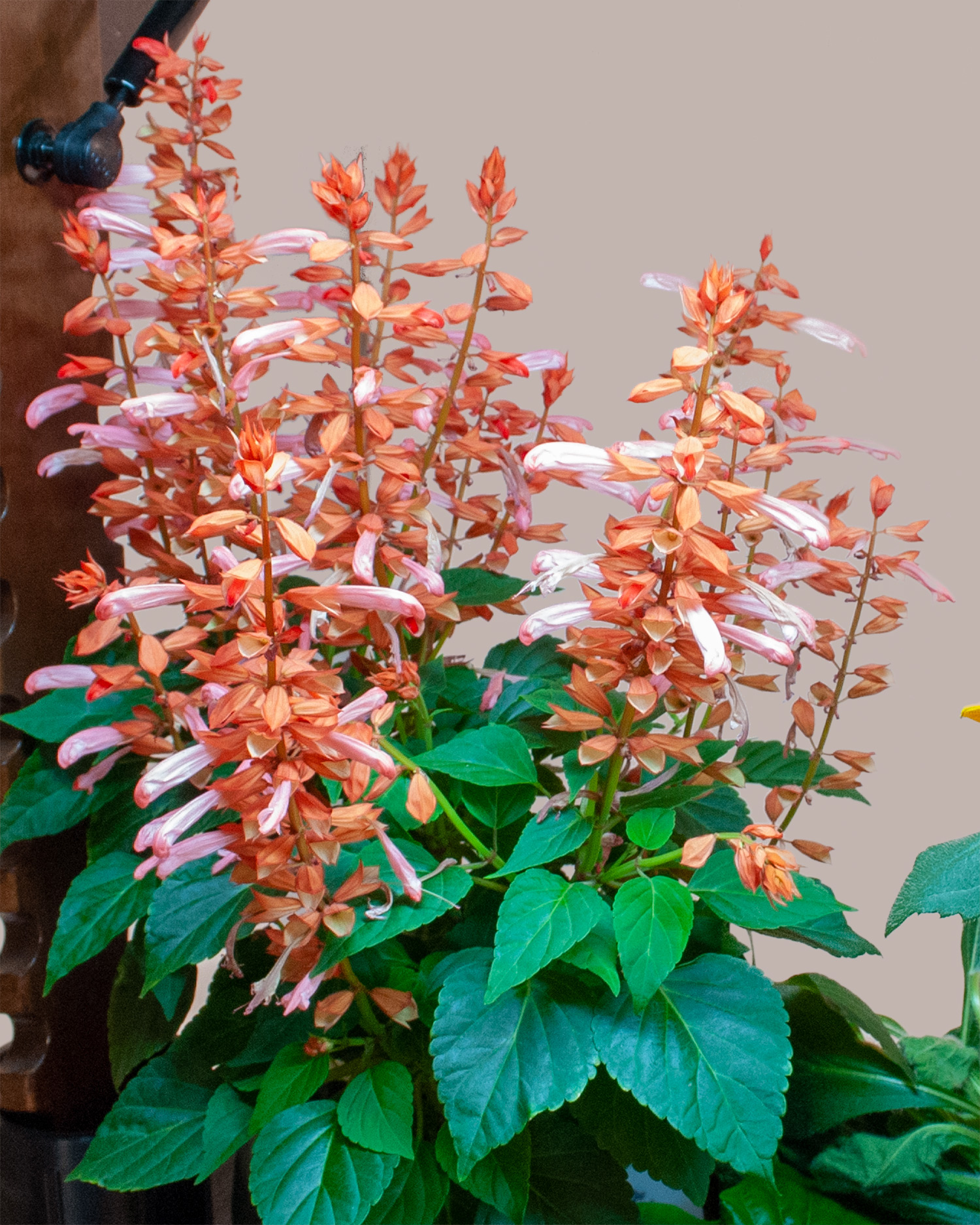
Our BloomInLight experience:
rebloomed for the second time
after cutting back
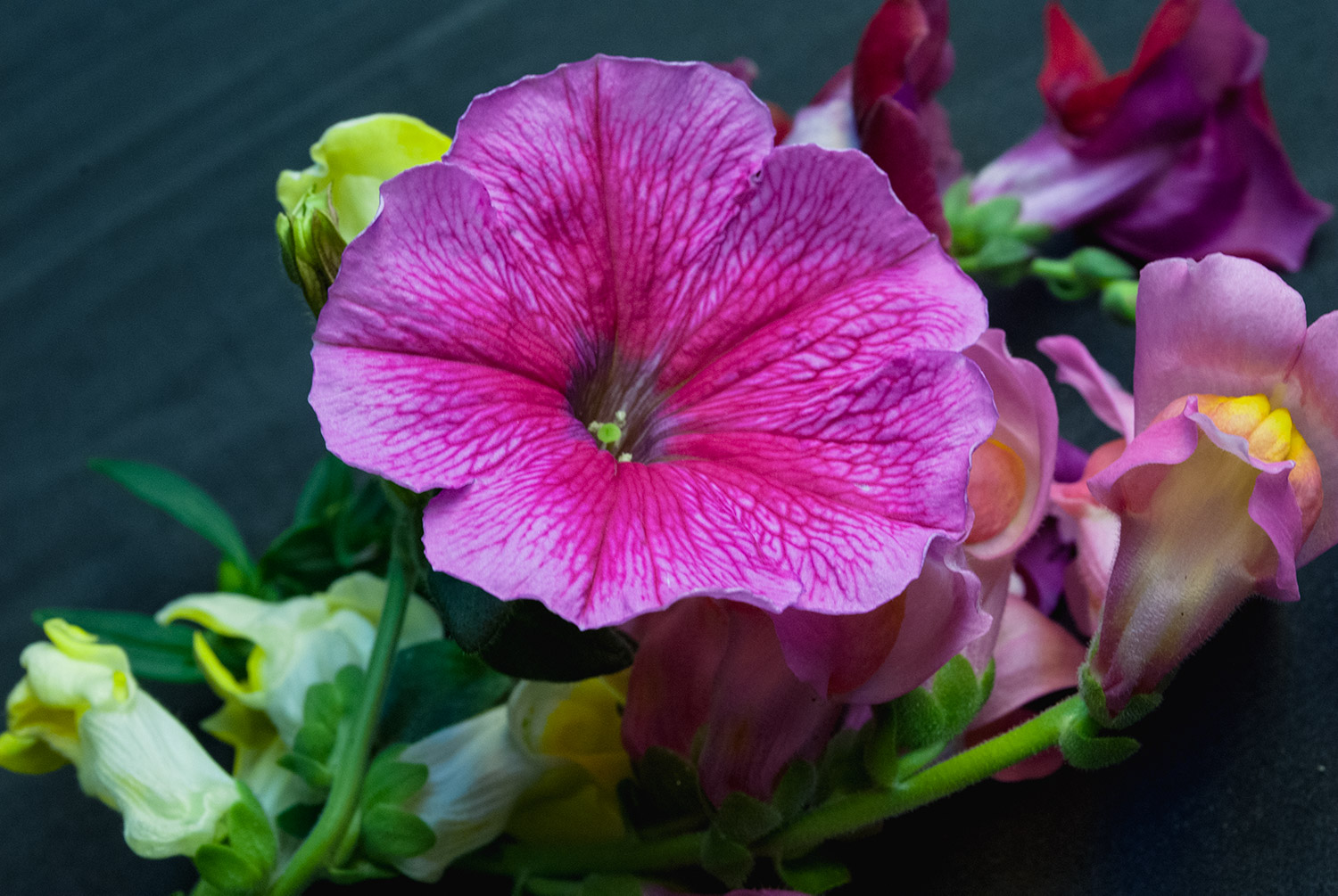
Our BloomInLight experience:
height 12 inches
still flowering 29 weeks after planting seeds

Our BloomInLight experience:
height 15 inches
flowered at 9 weeks
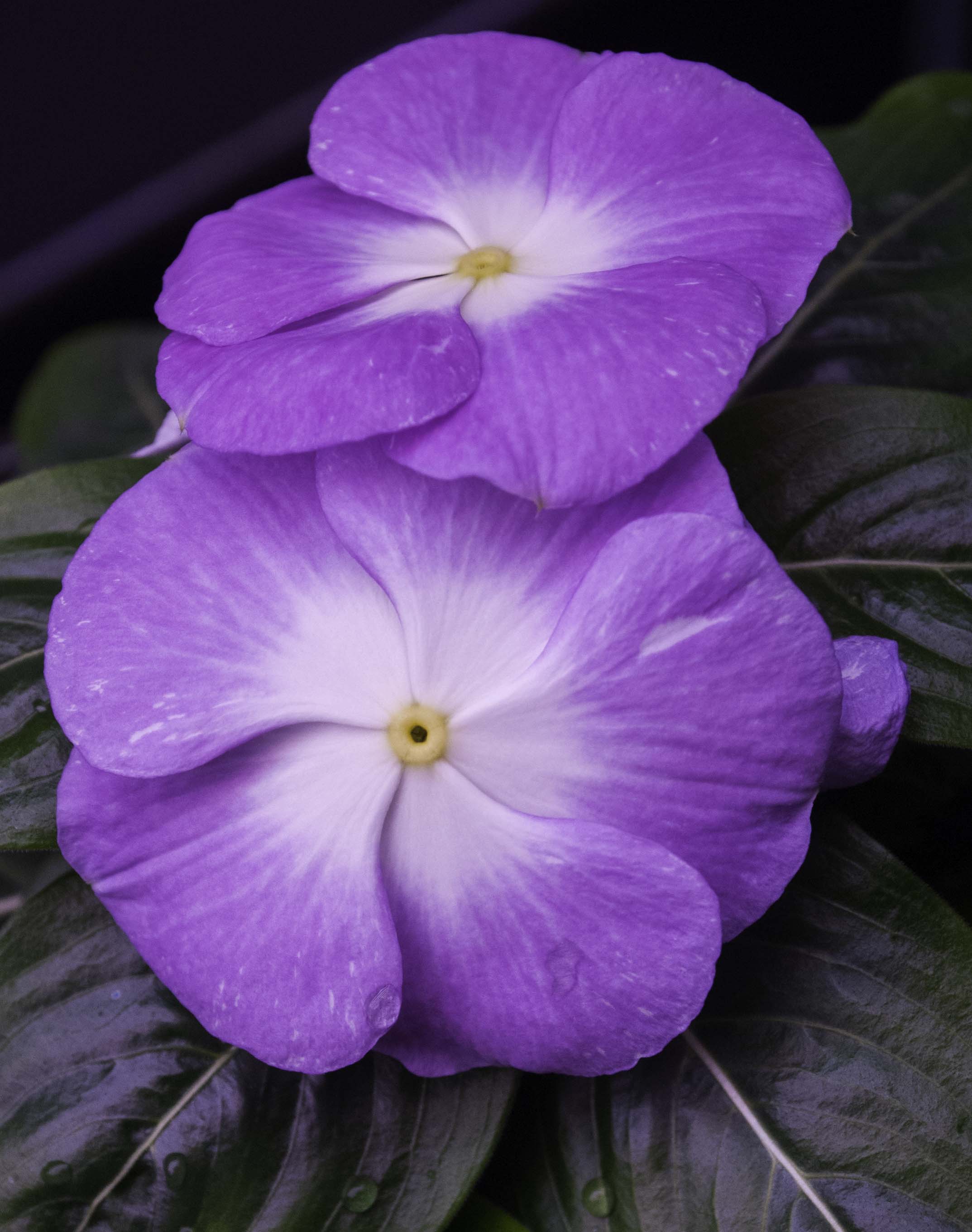
Our BloomInLight experience:
height 5 inches
flowered at 9 weeks
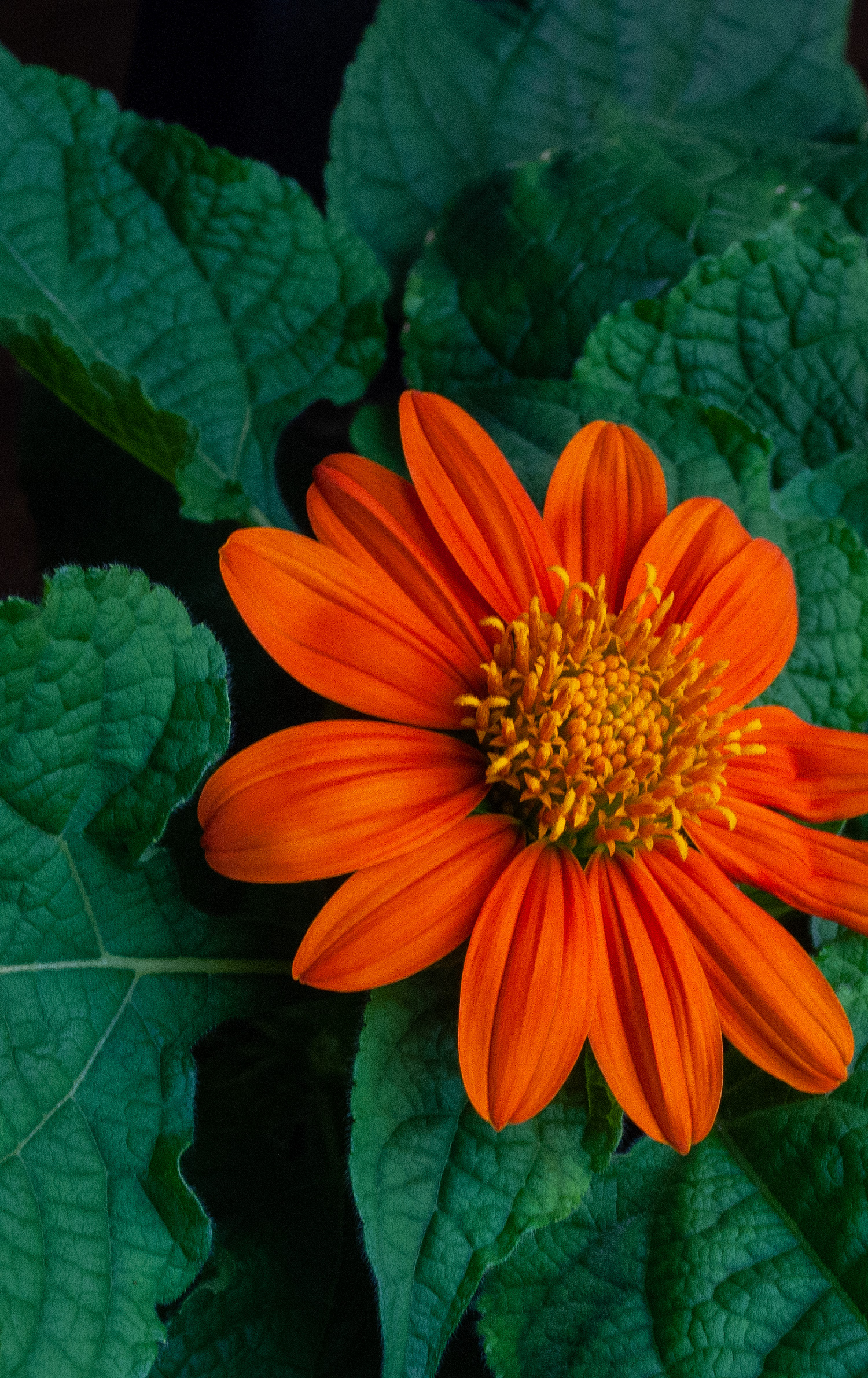
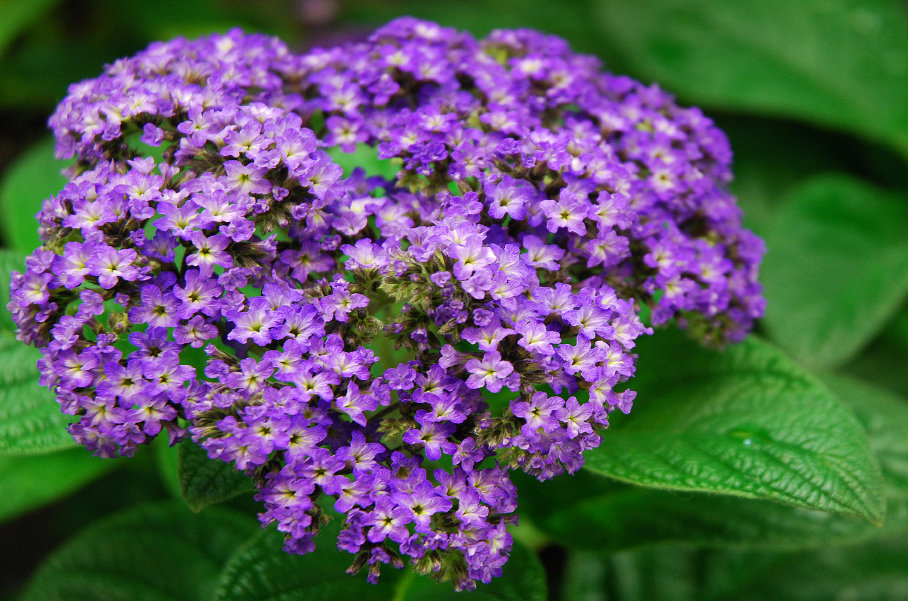
Our BloomInLight experience:
height 8 inches
flowered at 14 weeks
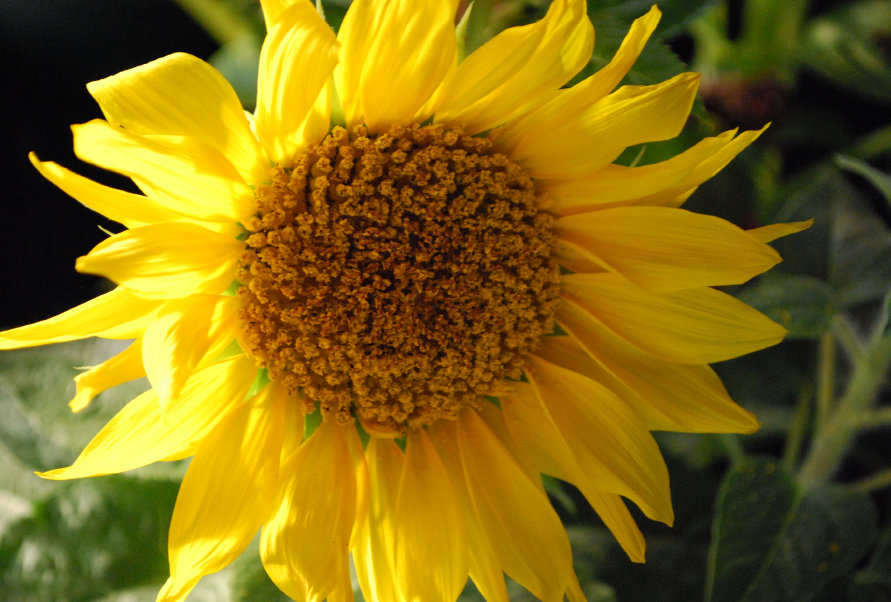
Our BloomInLight experience:
height 14 inches
flowered at 10 weeks
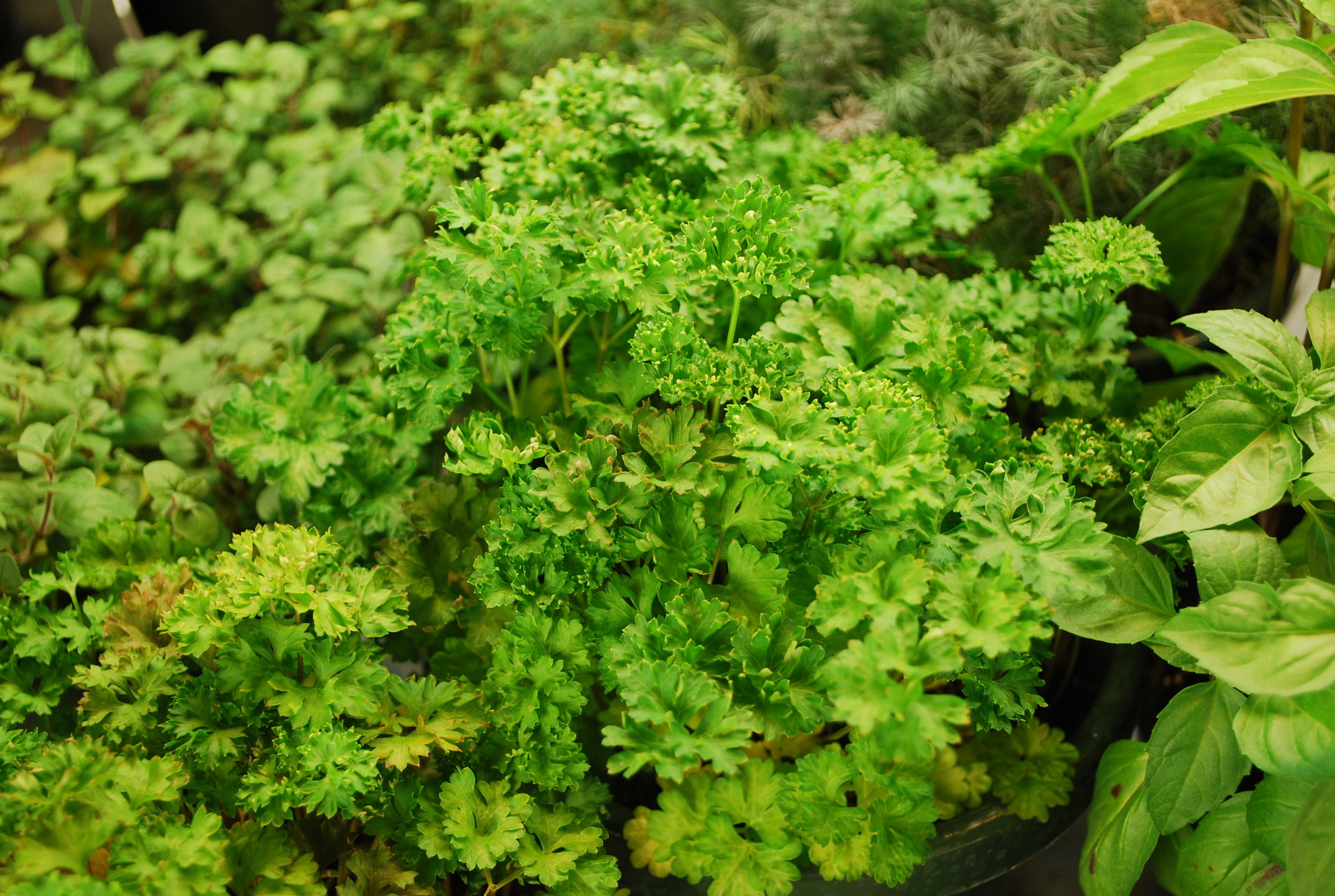

Our BloomInLight experience:
height 20 inches
flowered at 10 weeks
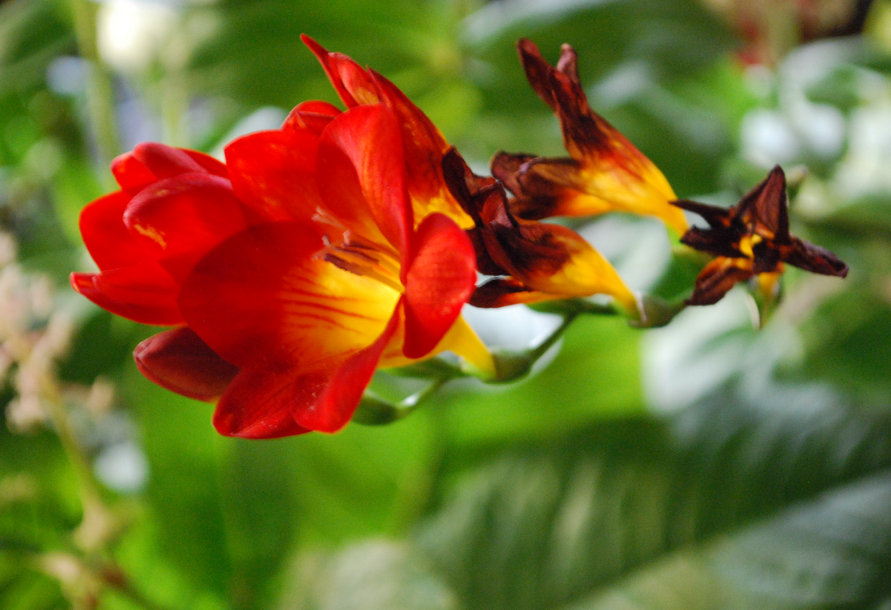
Our BloomInLight experience:
height 15 inches
flowered at 9 weeks
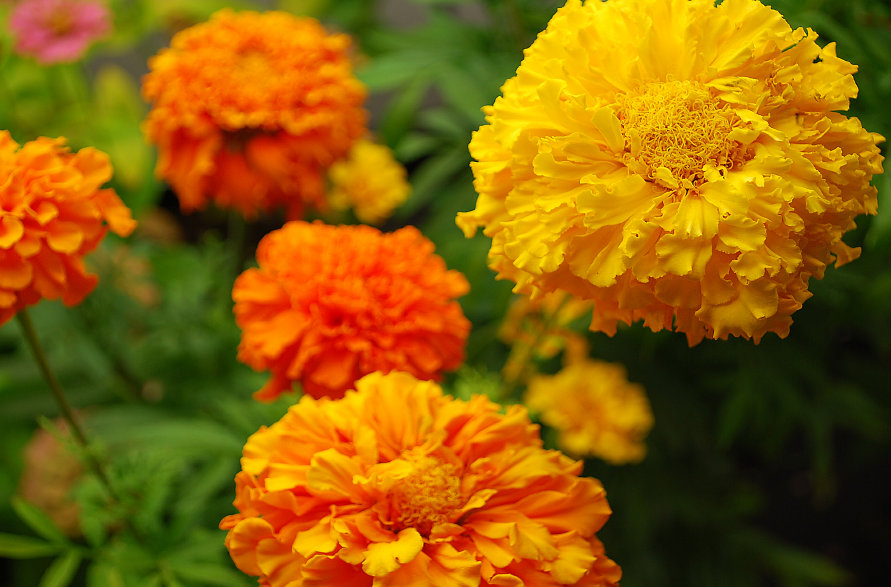
Our BloomInLight experience:
height 17 inches
flowered at 7 weeks
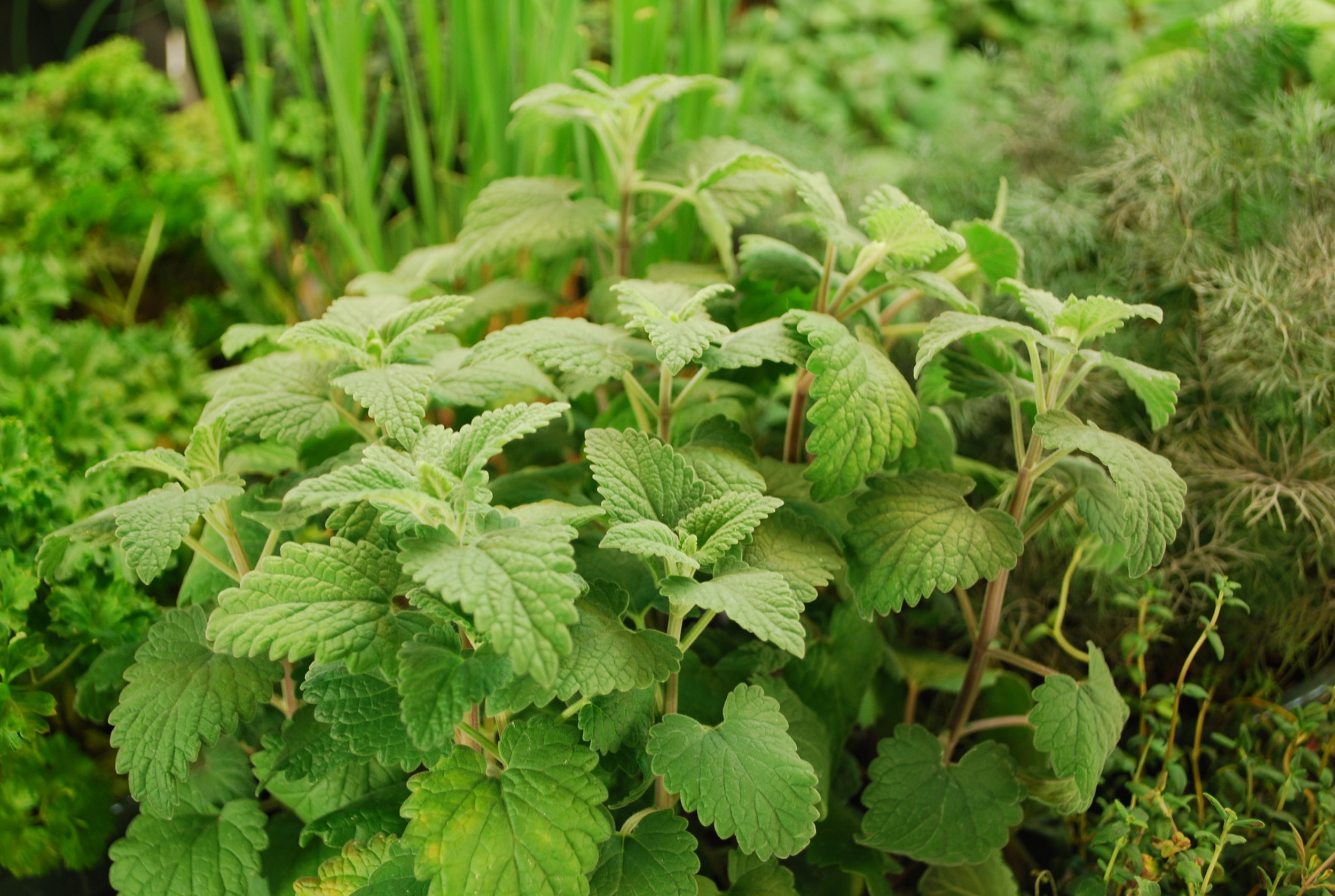
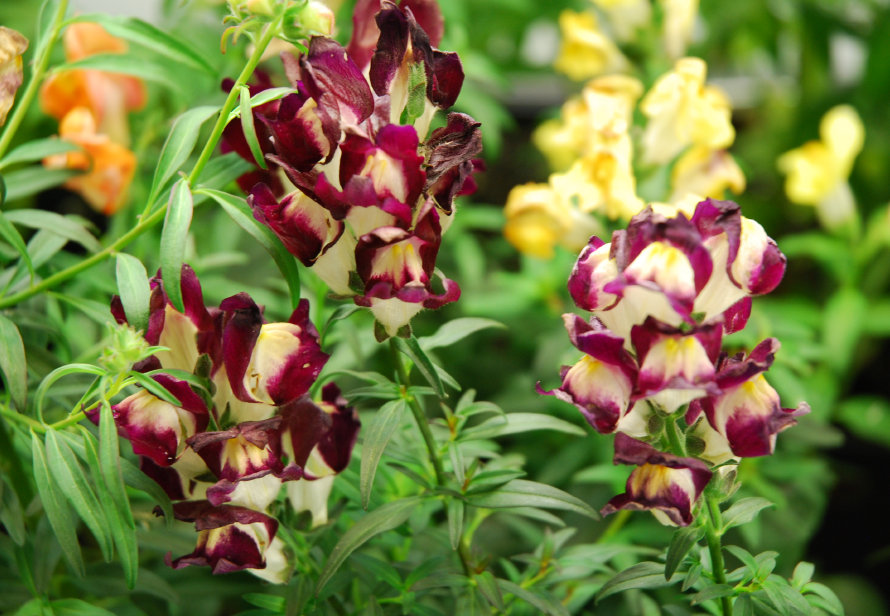
Our BloomInLight experience:
height 16 inches
flowered at 9 weeks
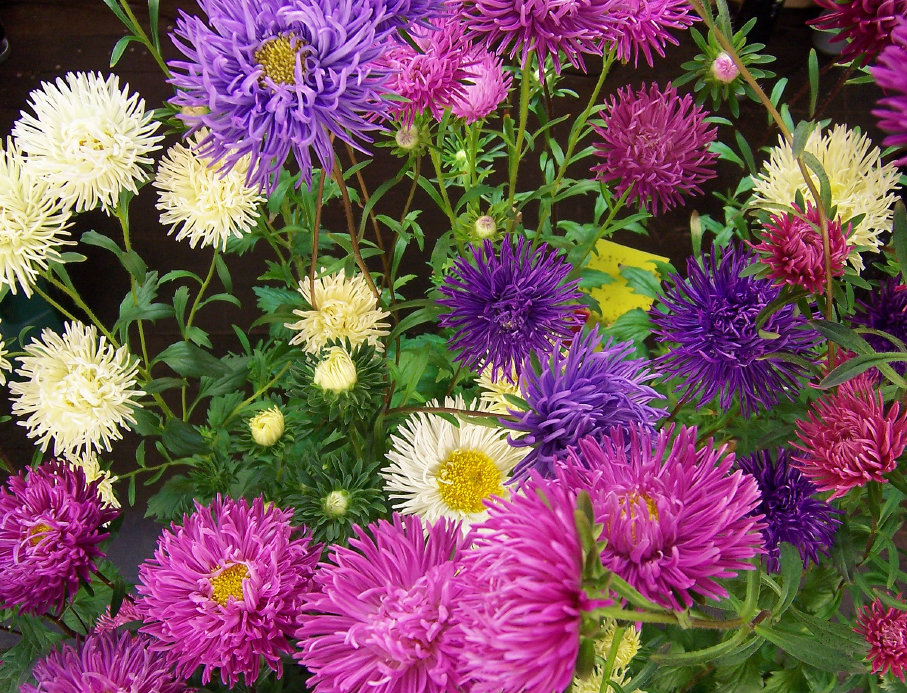
Our BloomInLight experience:
height 16 inches
flowered at 12 weeks
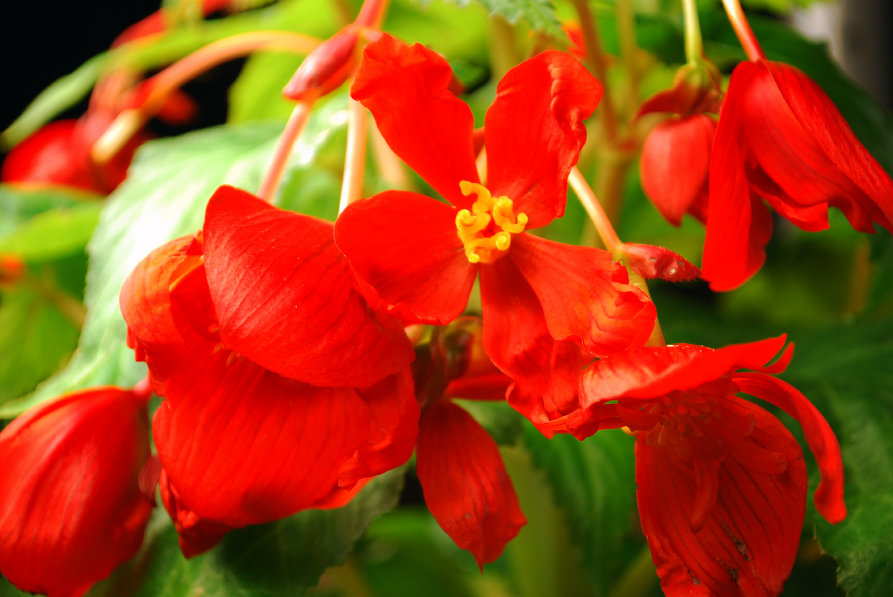
Our BloomInLight experience:
height 15 inches
flowered at 13 weeks
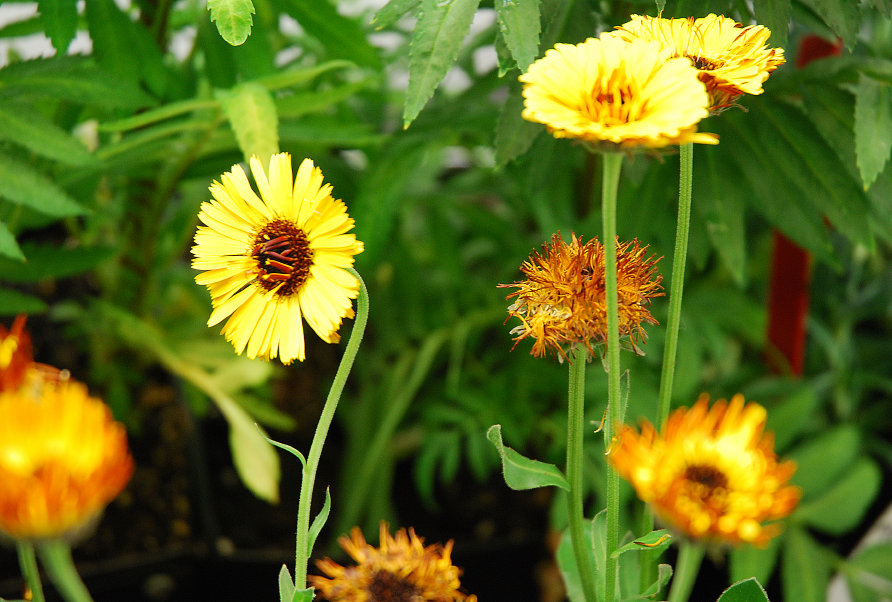
Our BloomInLight experience:
height 15 inches
flowered at 7 weeks
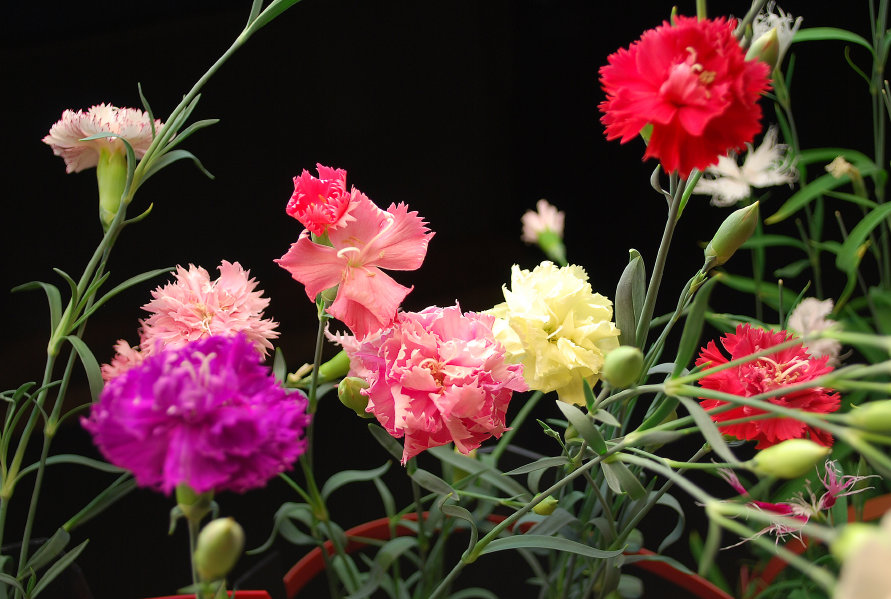
Our BloomInLight experience:
height 24 inches
flowered at 13 weeks
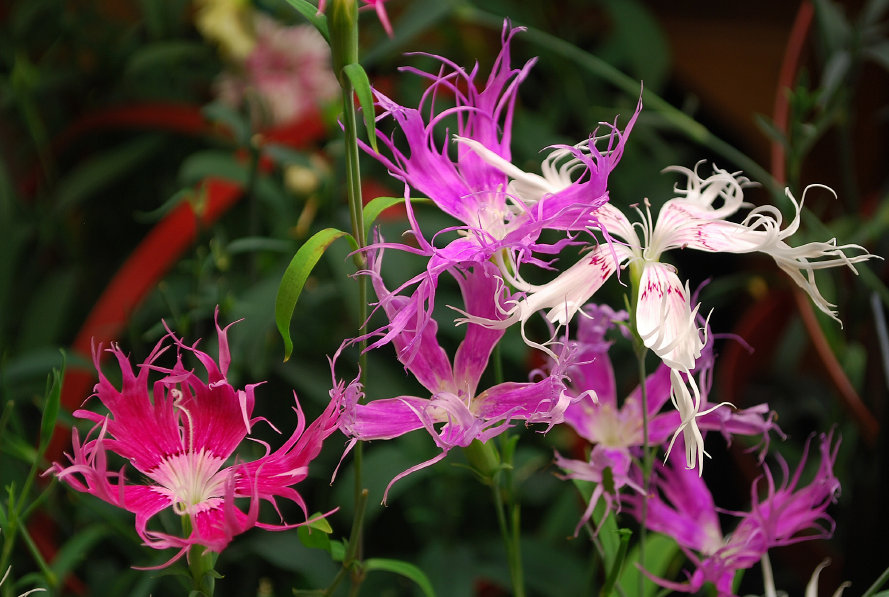
Our BloomInLight experience:
height 21 inches
flowered at 10 weeks
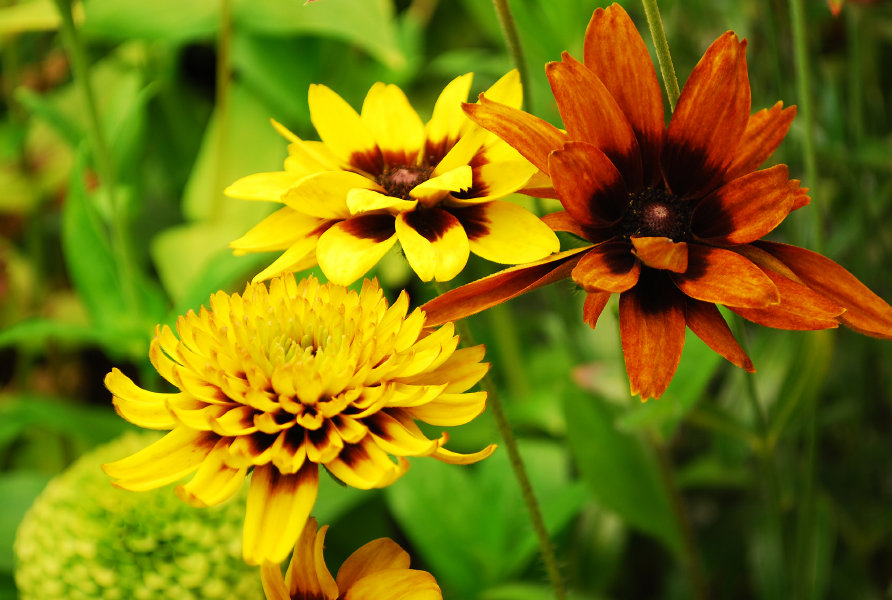
Our BloomInLight experience:
height 29 inches
flowered at 9 weeks
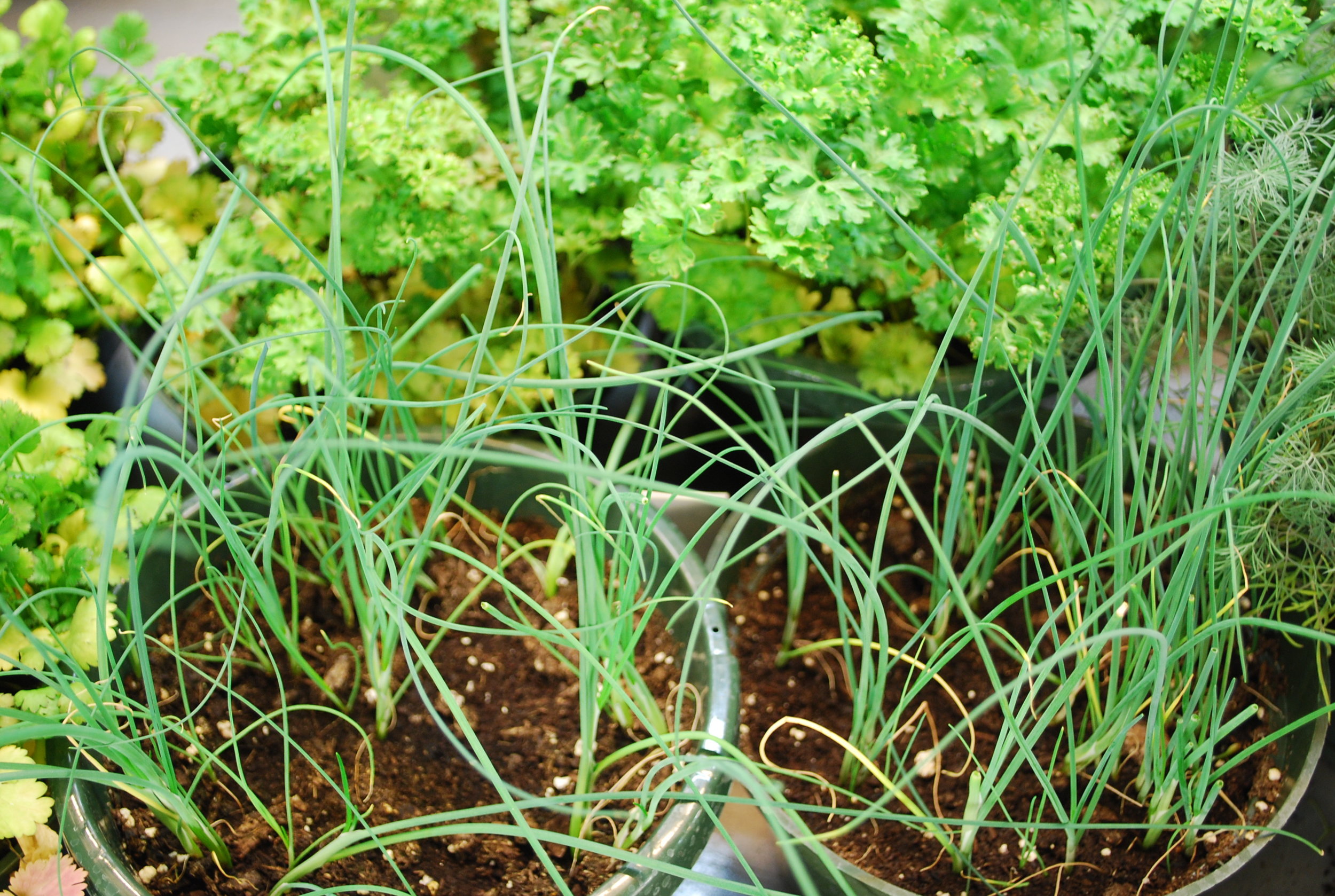
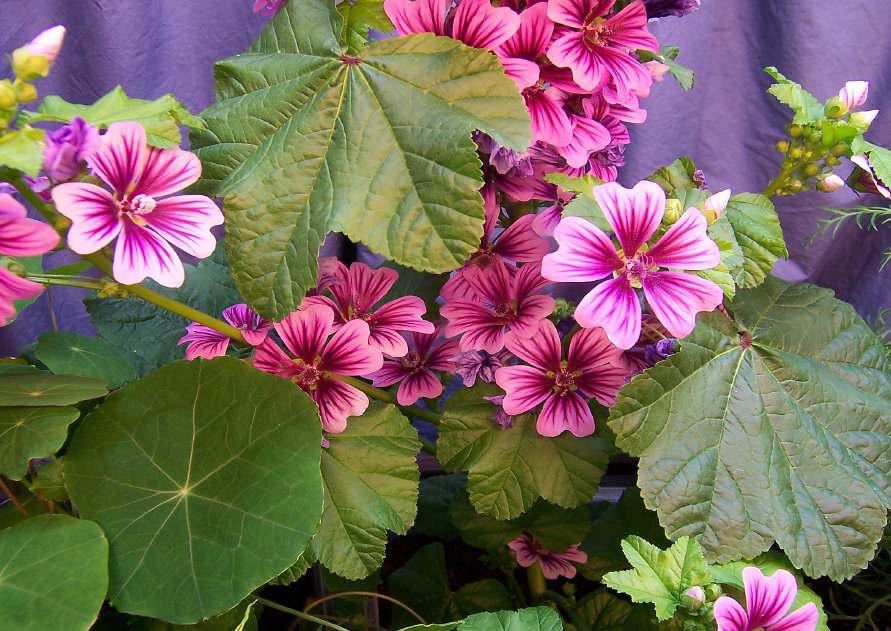
Our BloomInLight experience:
height 26 inches
flowered at 8 weeks
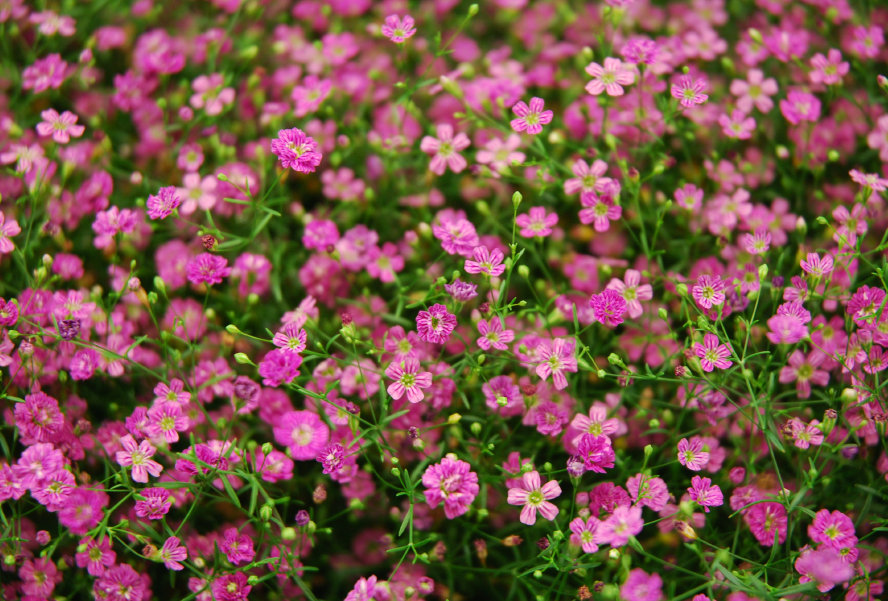
Our BloomInLight Experience:
Height 8"
Flowered at 7 weeks
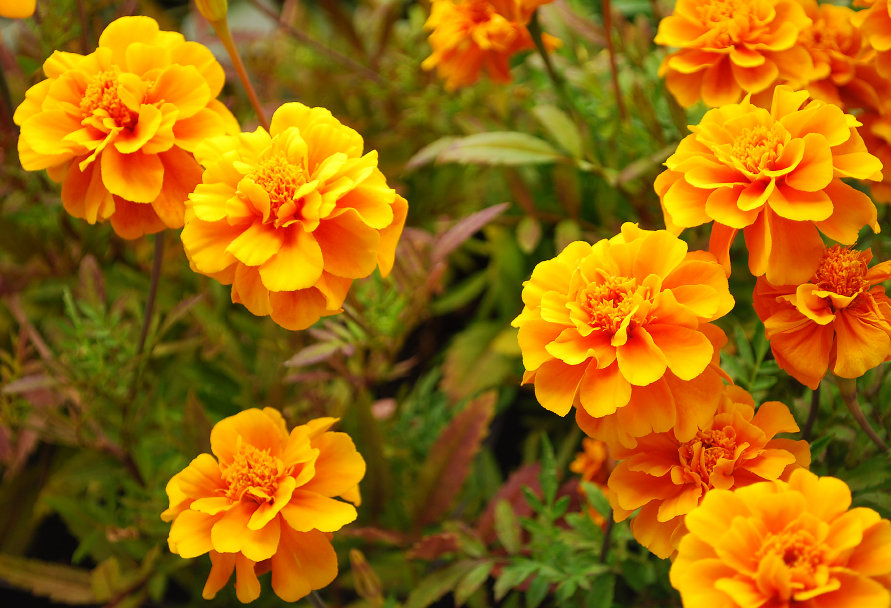
Our BloomInLight experience:
height 9 inches
flowered at 7 weeks
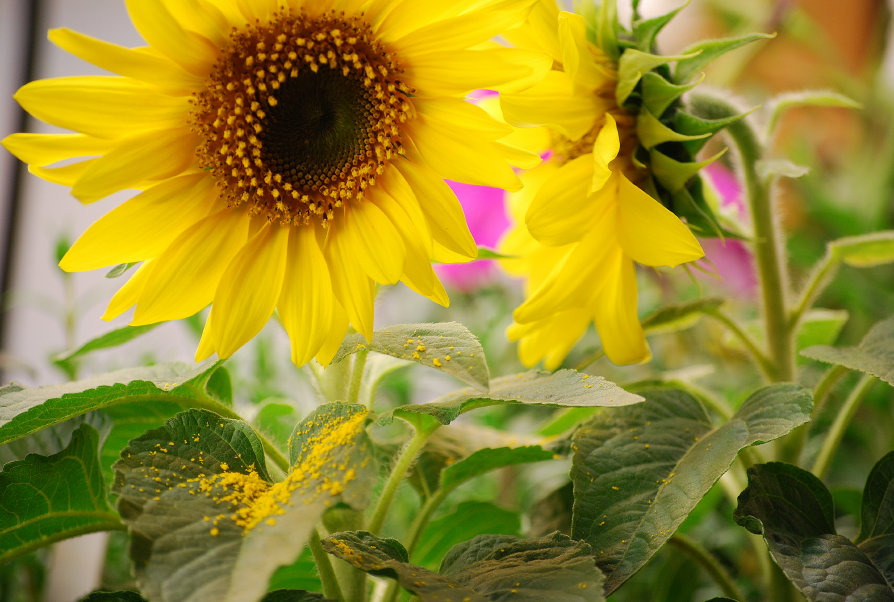
Our BloomInLight experience:
height 11 inches
flowered at 10 weeks
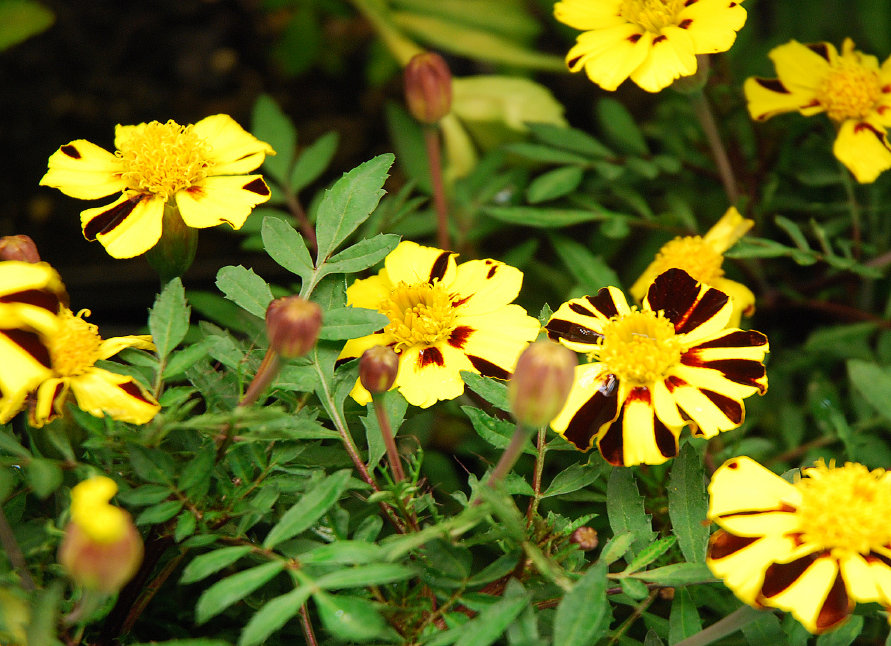
Our BloomInLight experience:
height 9 inches
flowered at 7 weeks
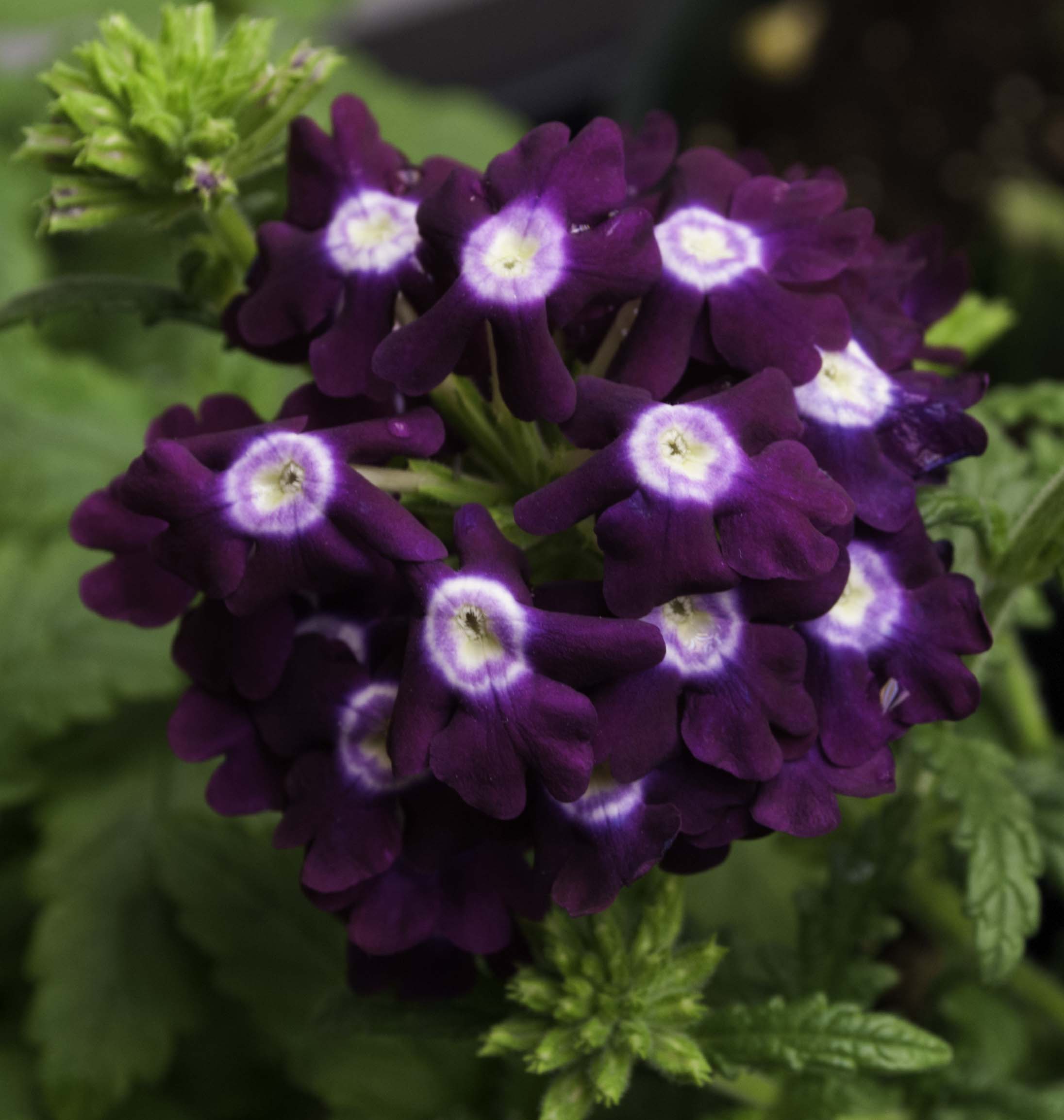
Our BloomInLight experience:
height 8 inches
ten weeks after planting seeds

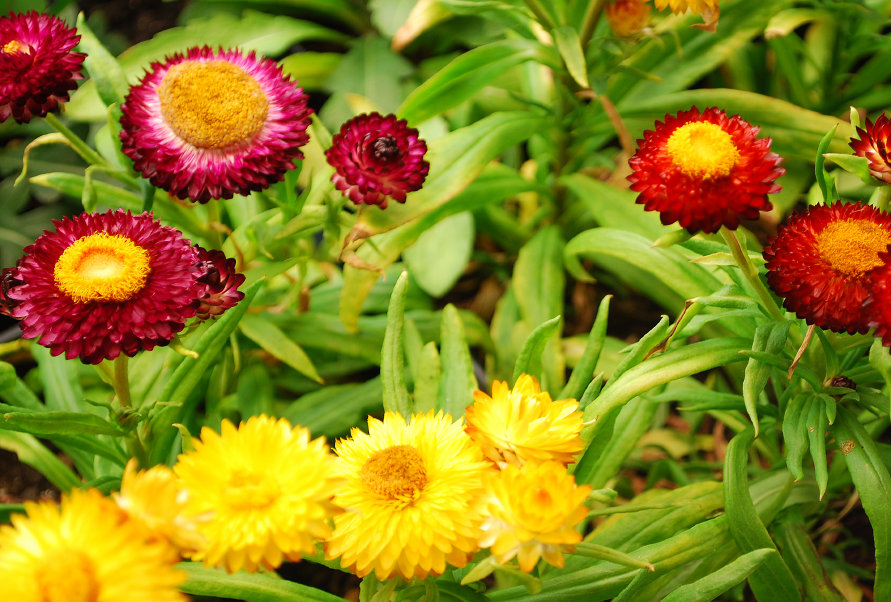
Our BloomInLight experience:
height 7 inches
flowered at 12 weeks
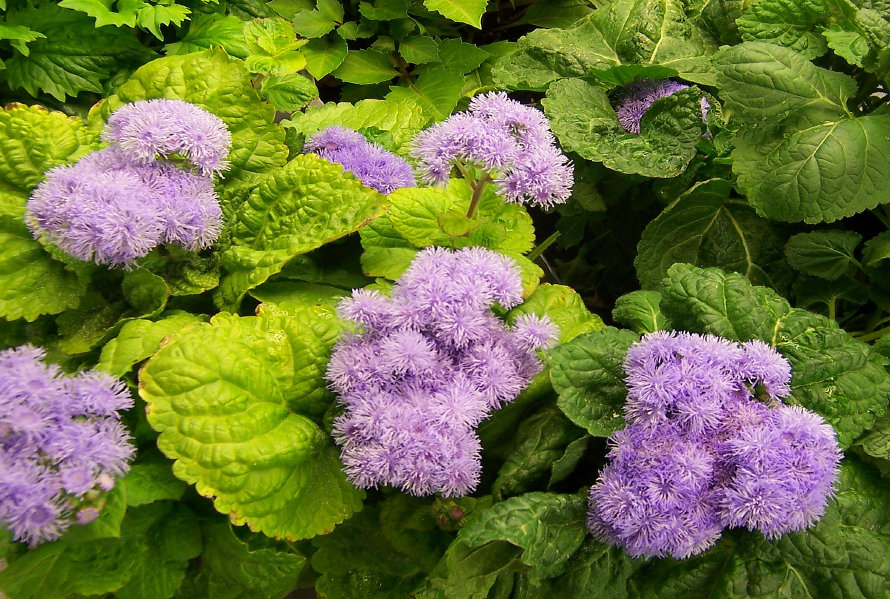
Our BloomInLight experience:
height 6 inches
flowered at 12 weeks
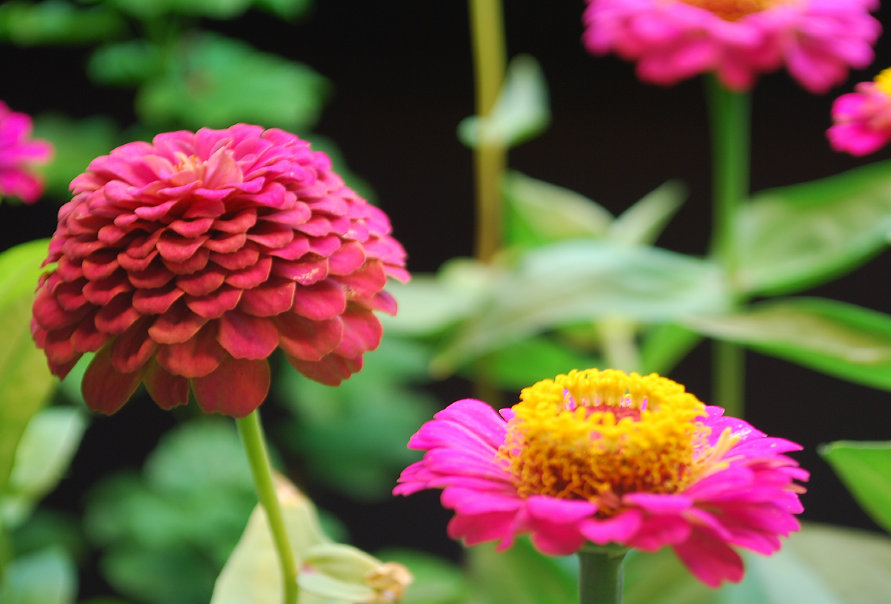
Our BloomInLight experience:
height 16 inches
flowered at 9 weeks
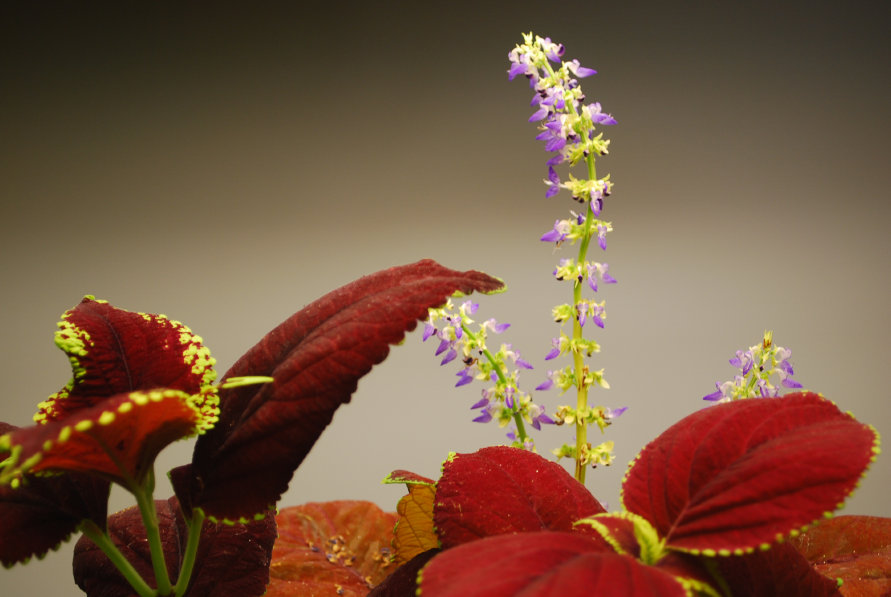
Our BloomInLight experience:
height 15 inches
flowered at 9 weeks
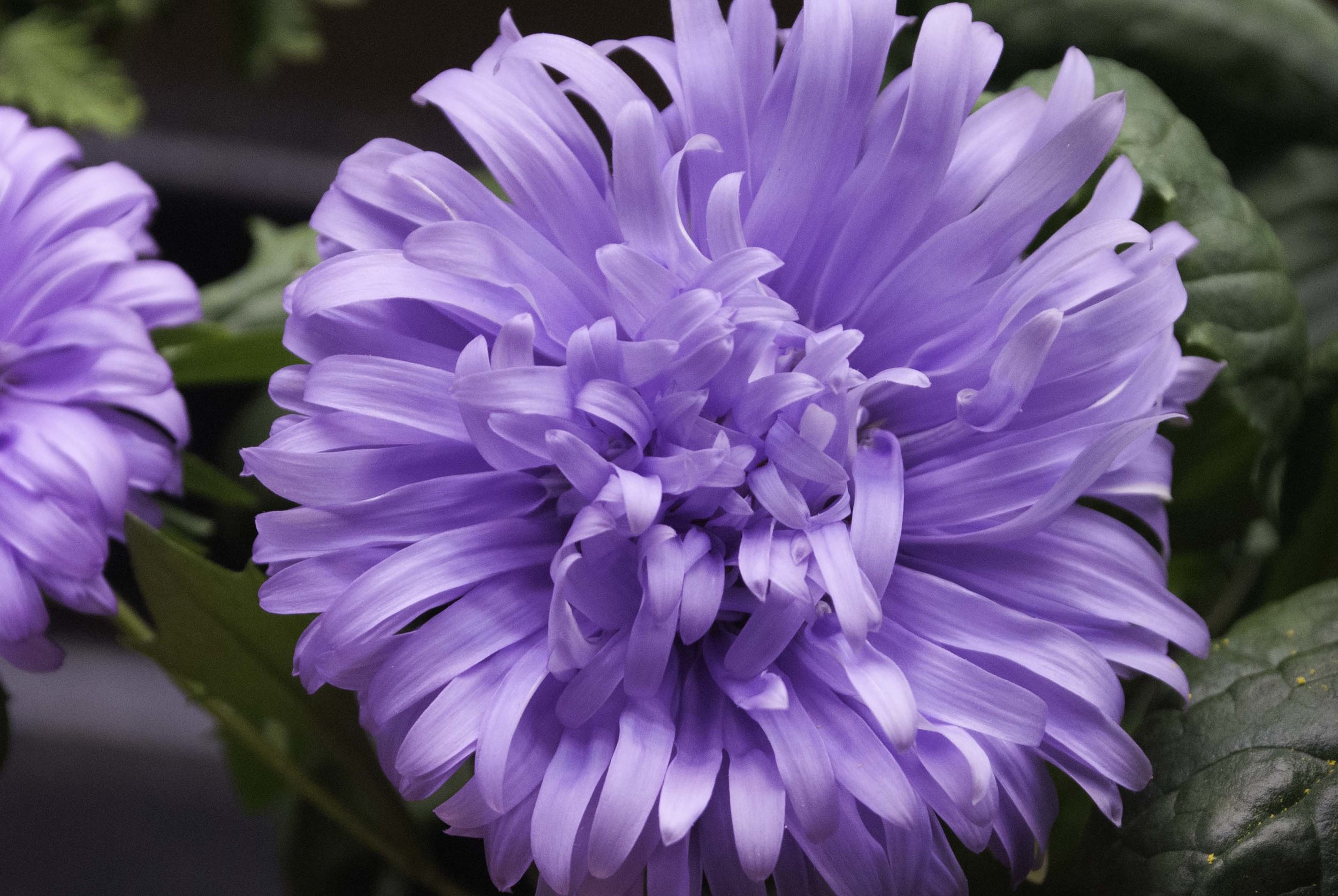
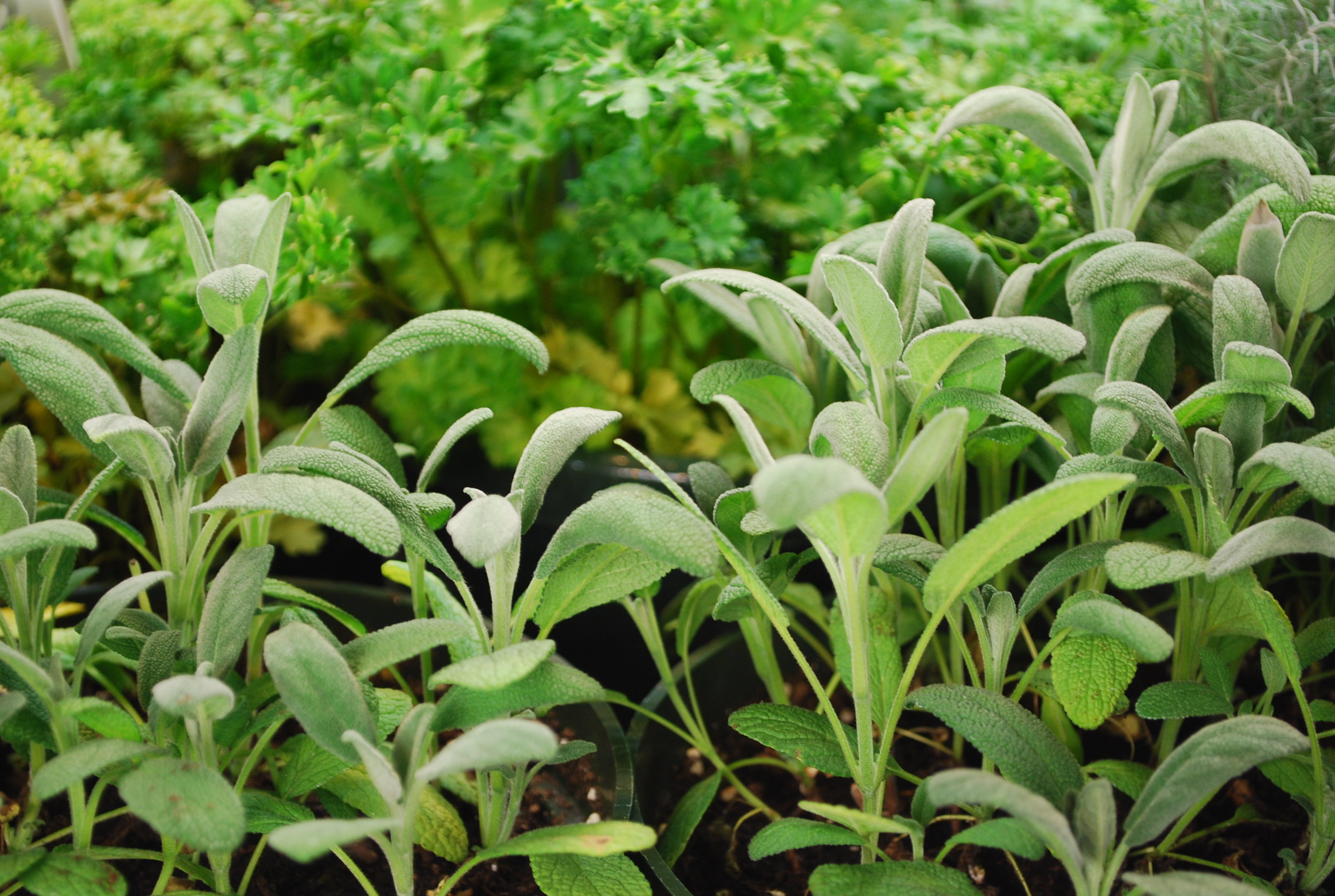
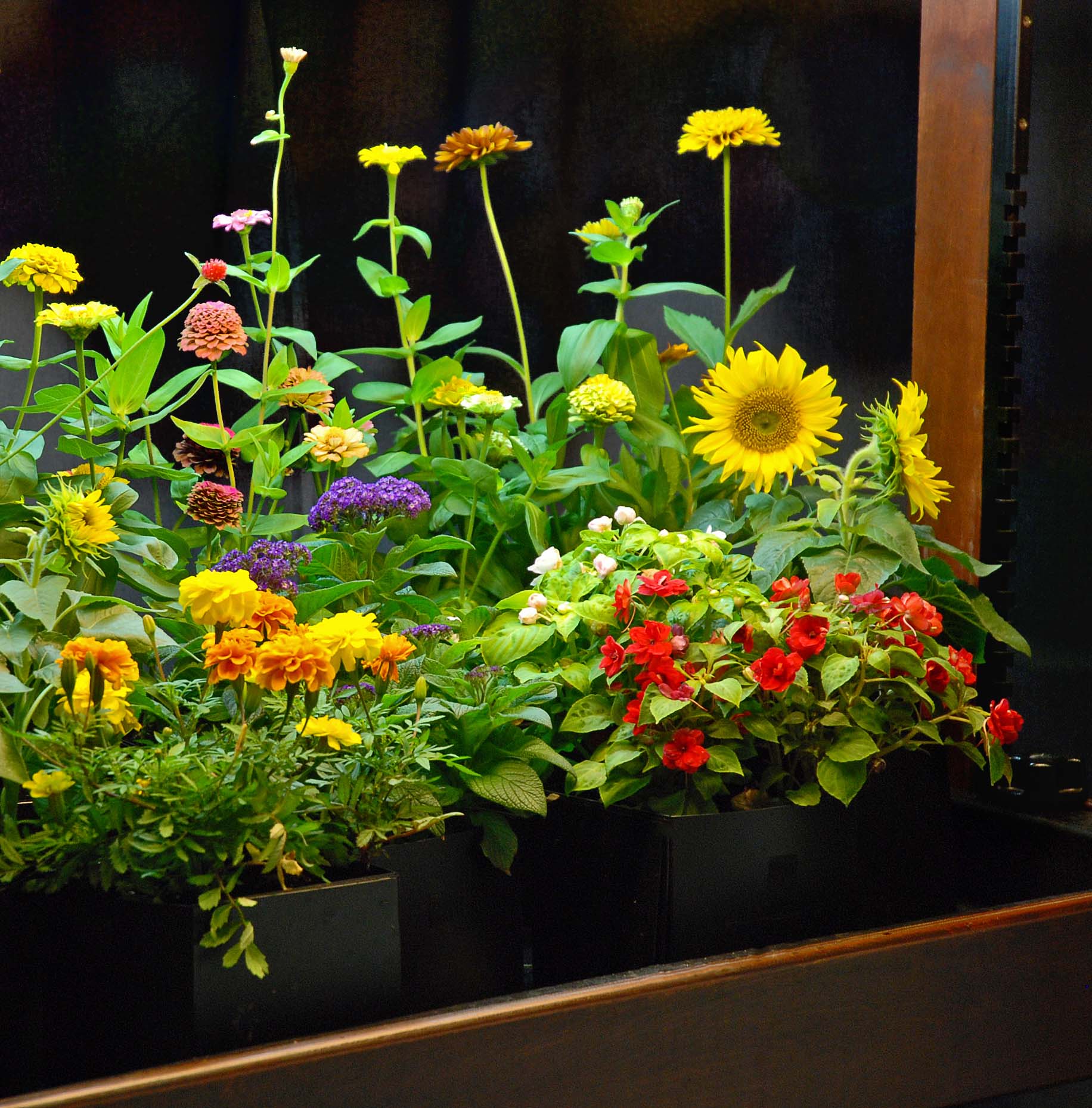
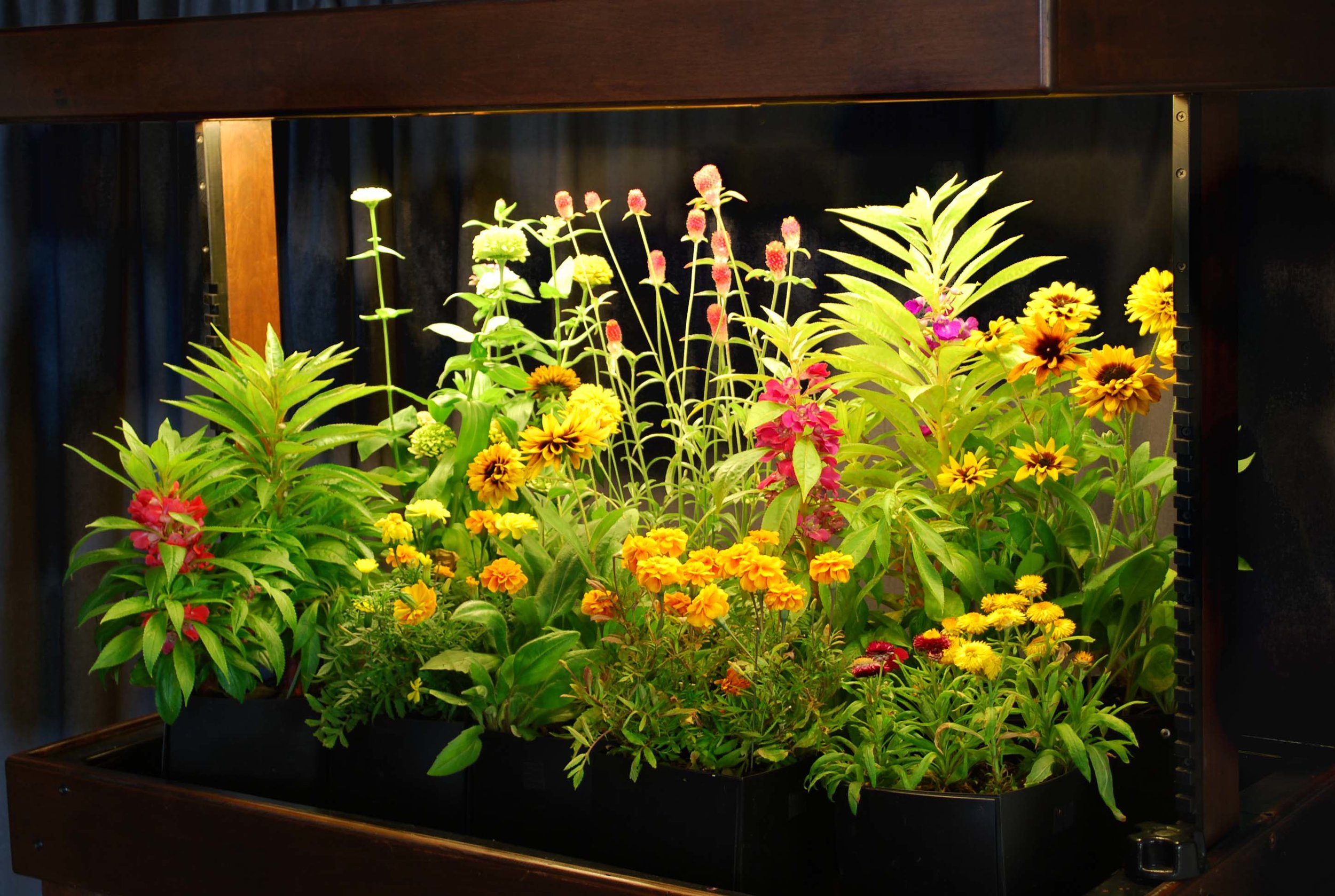
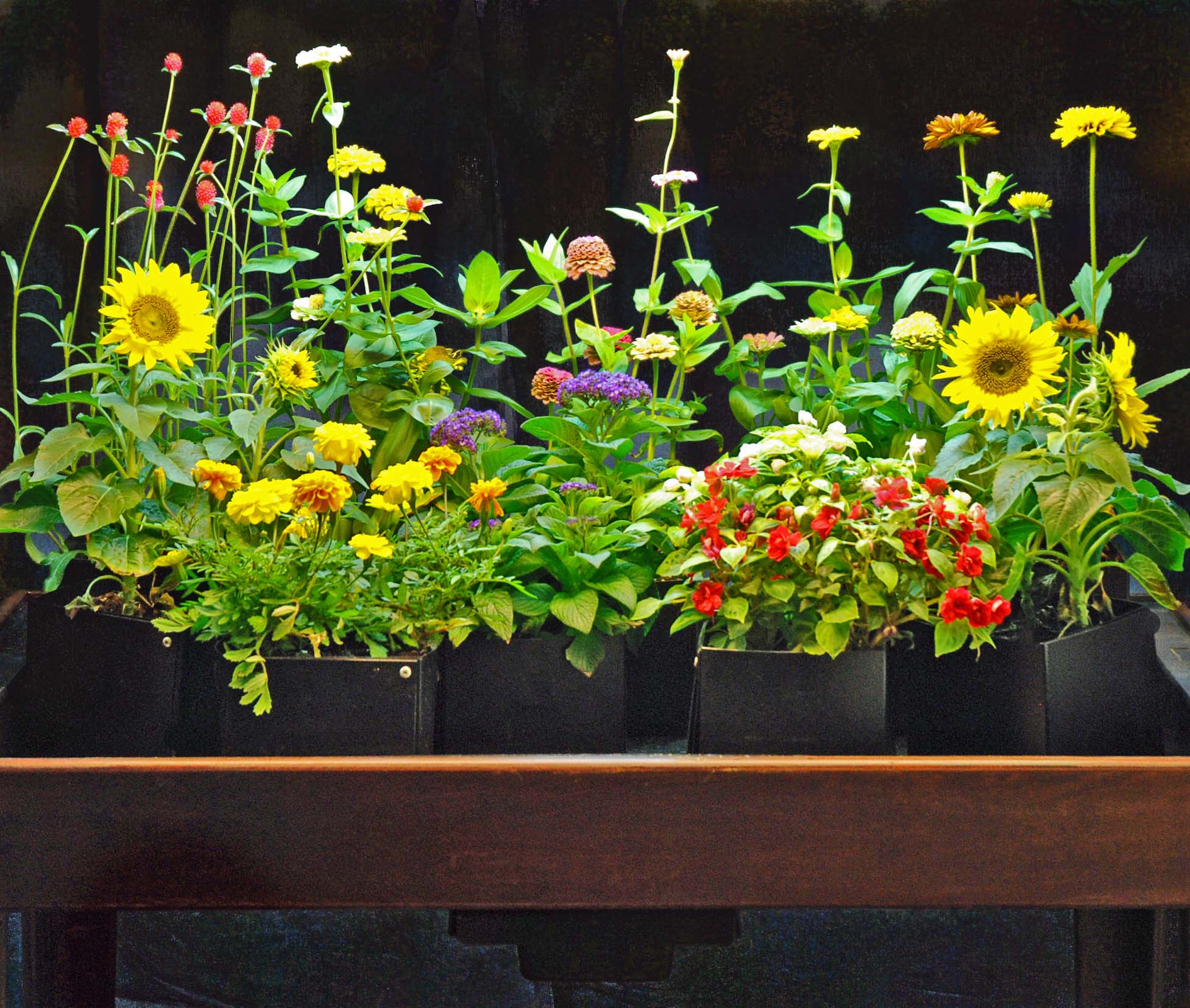

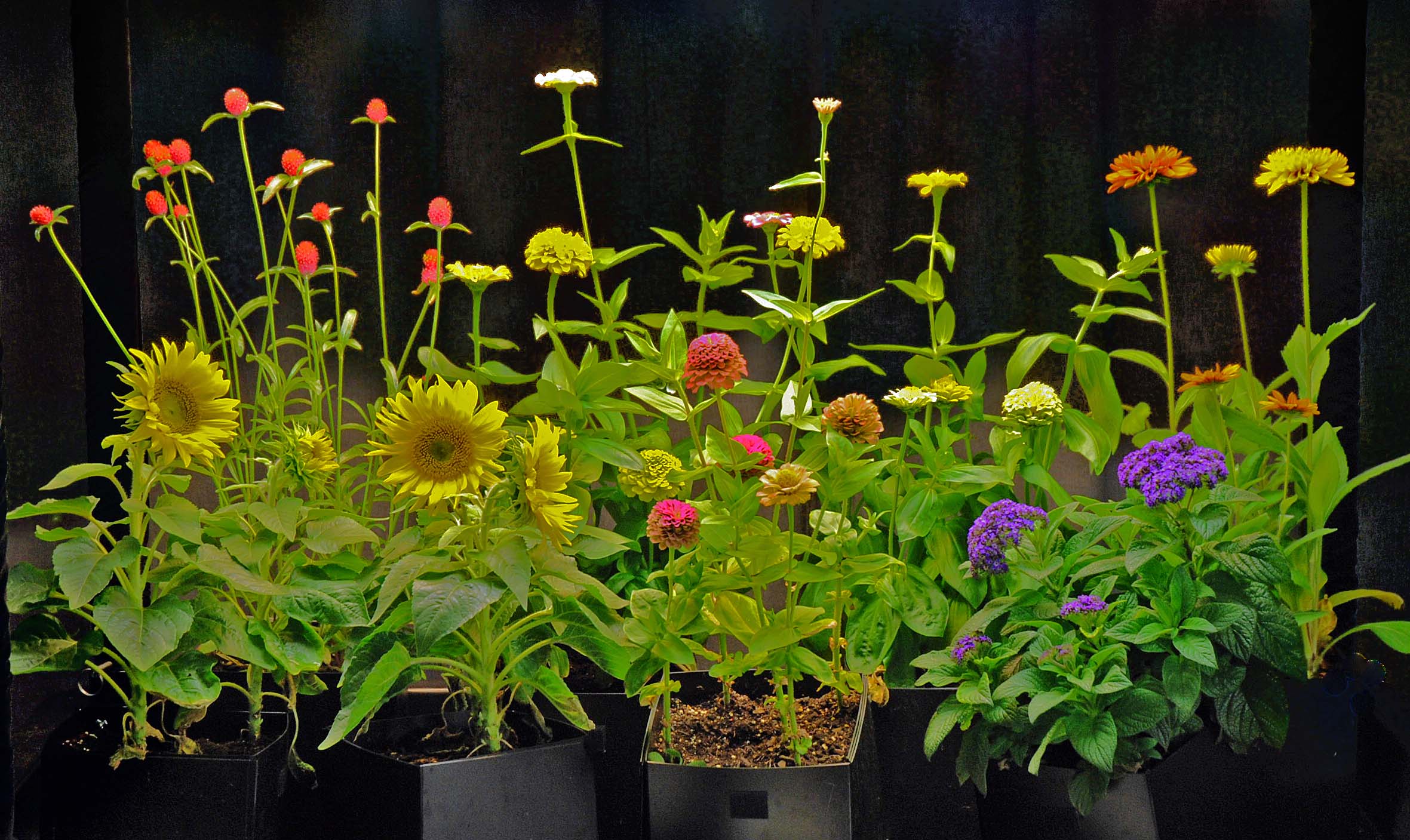

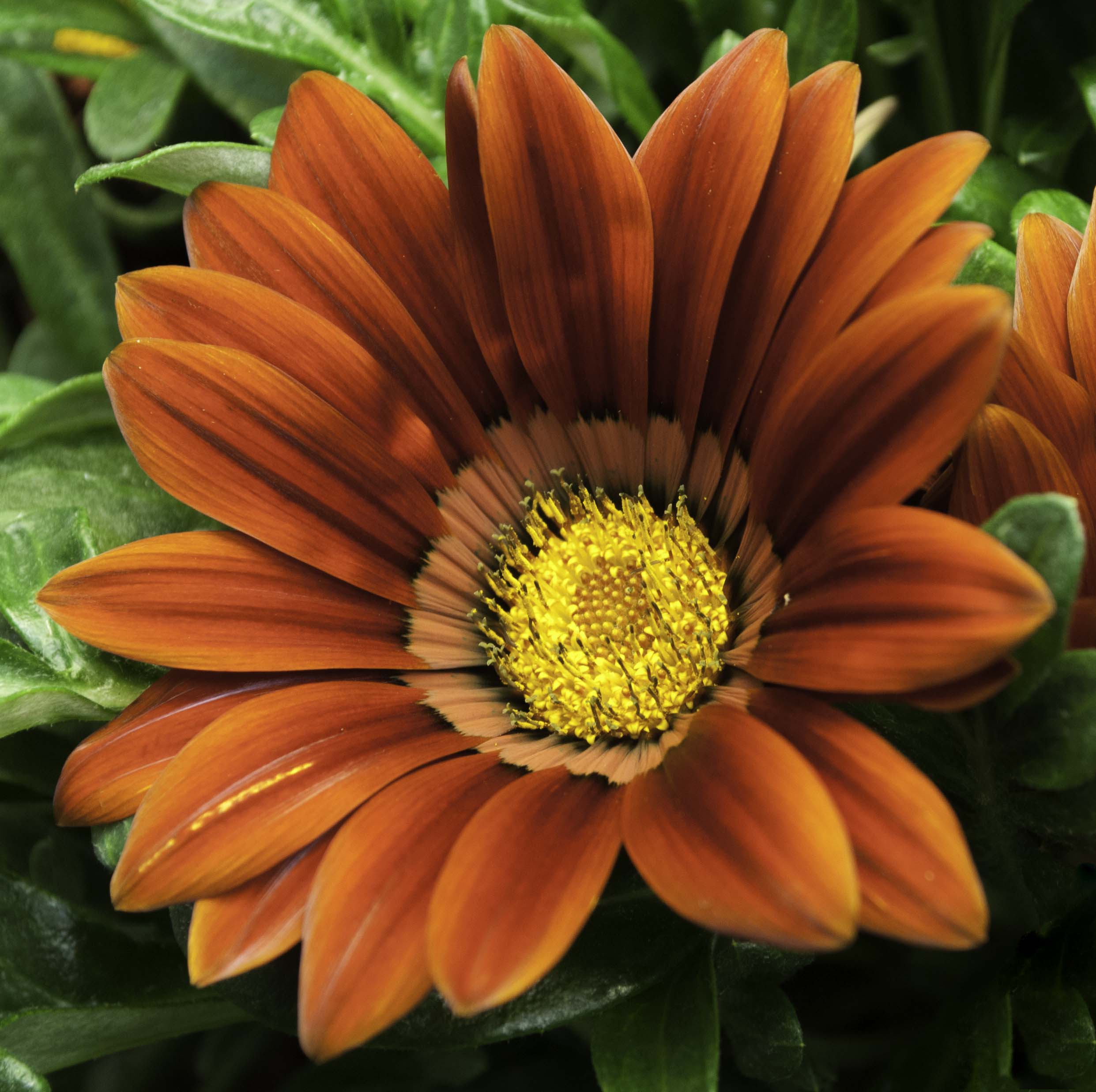
Our BloomInLight experience:
height 5 inches
5 weeks after planting seeds
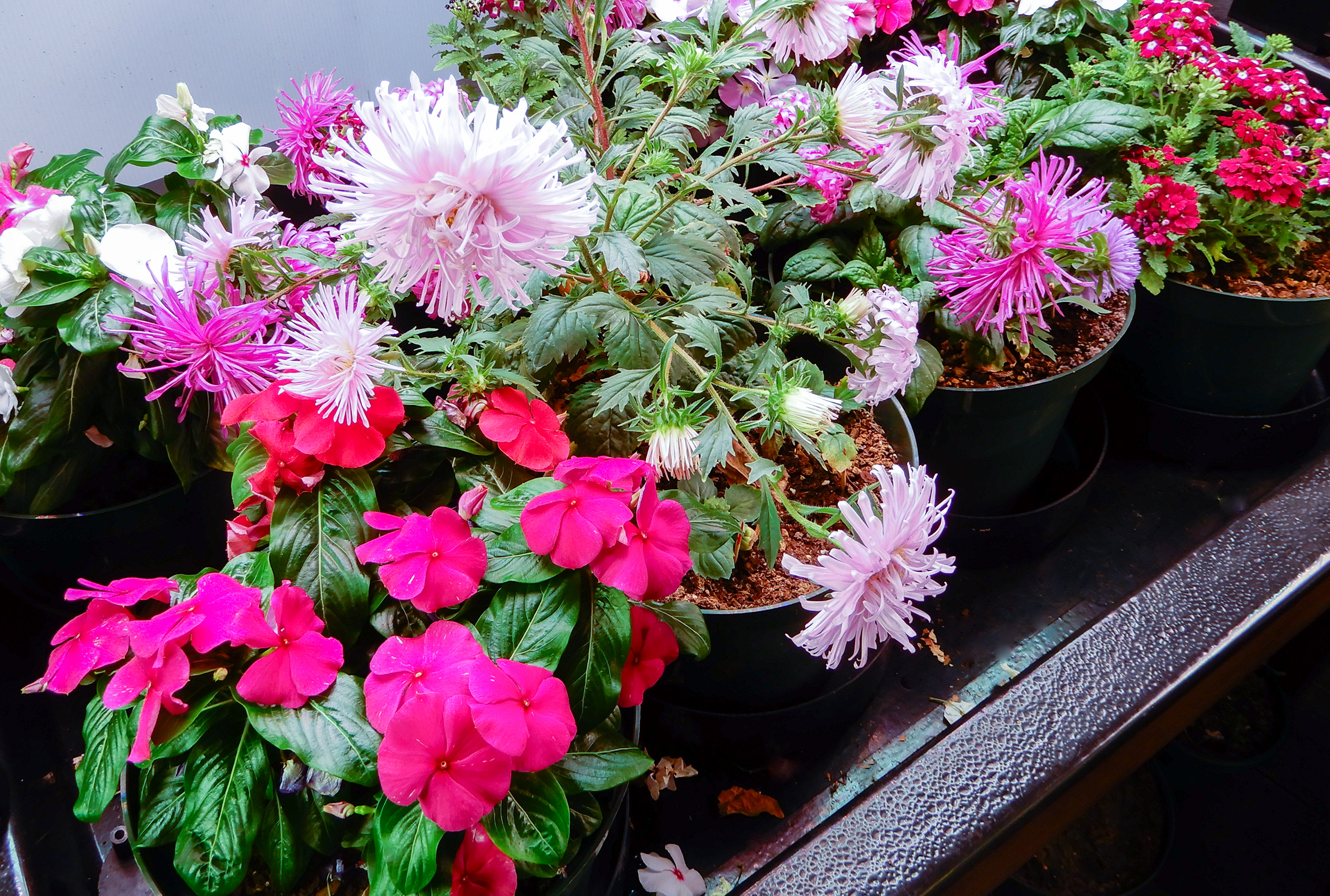
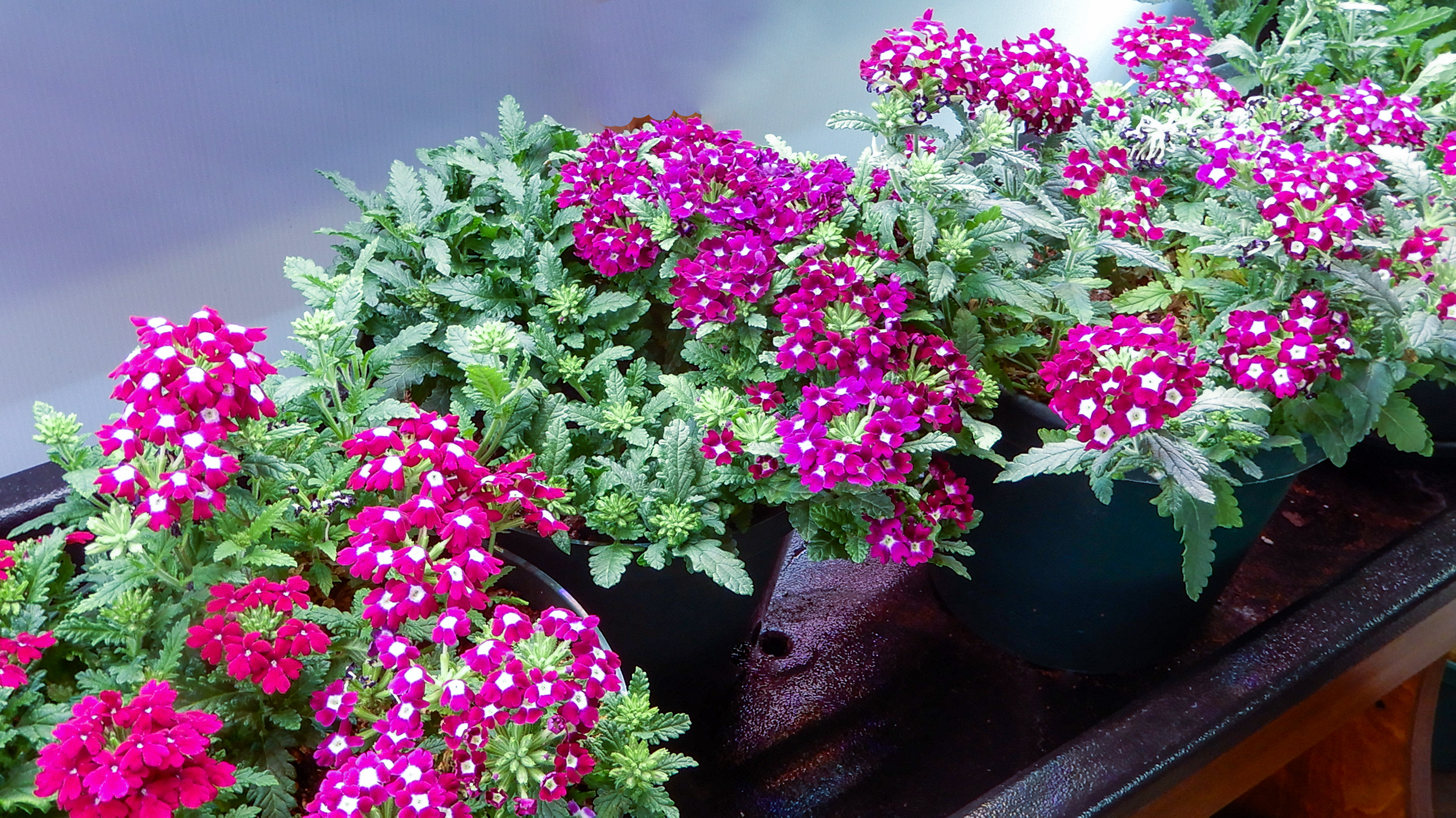
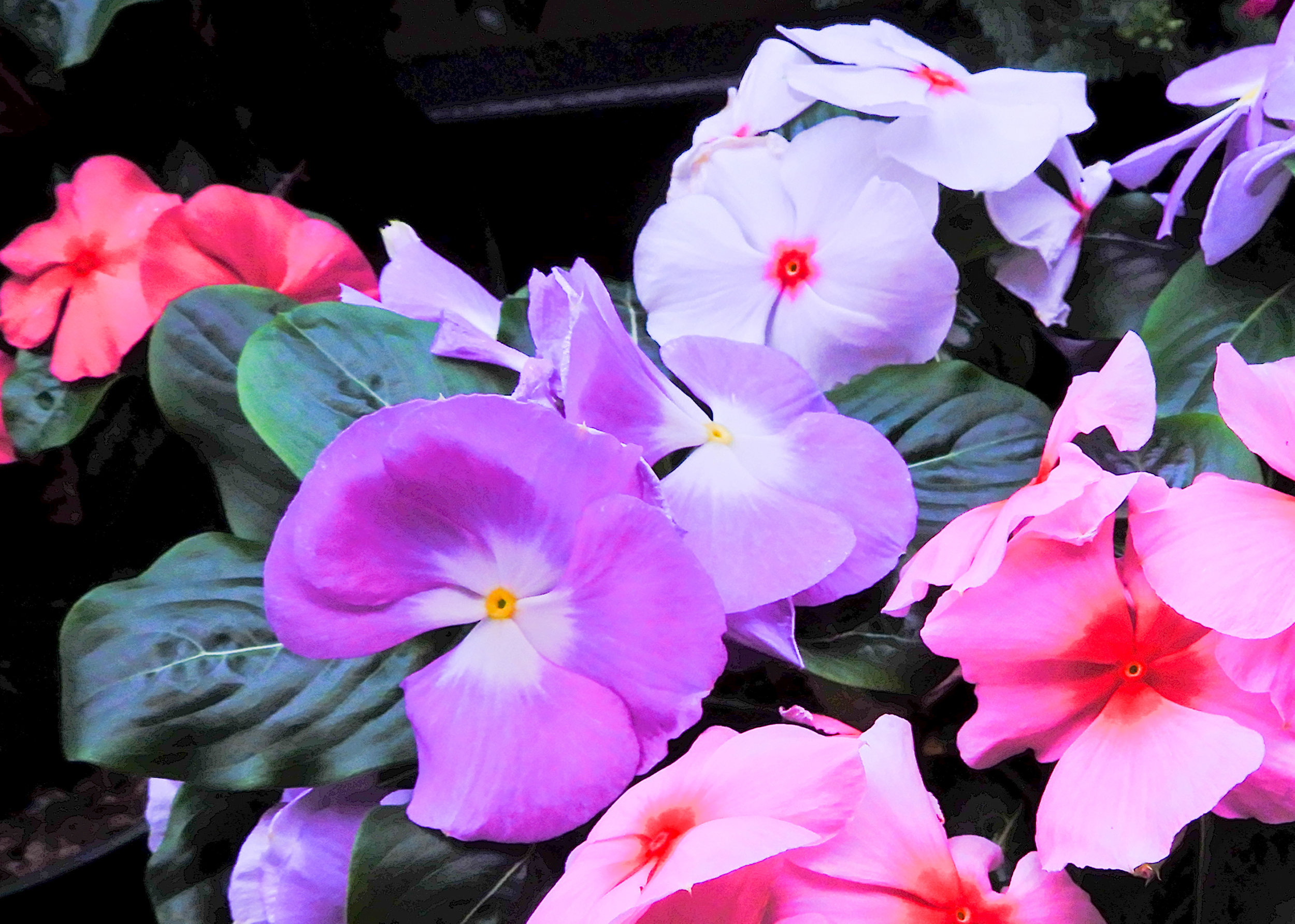
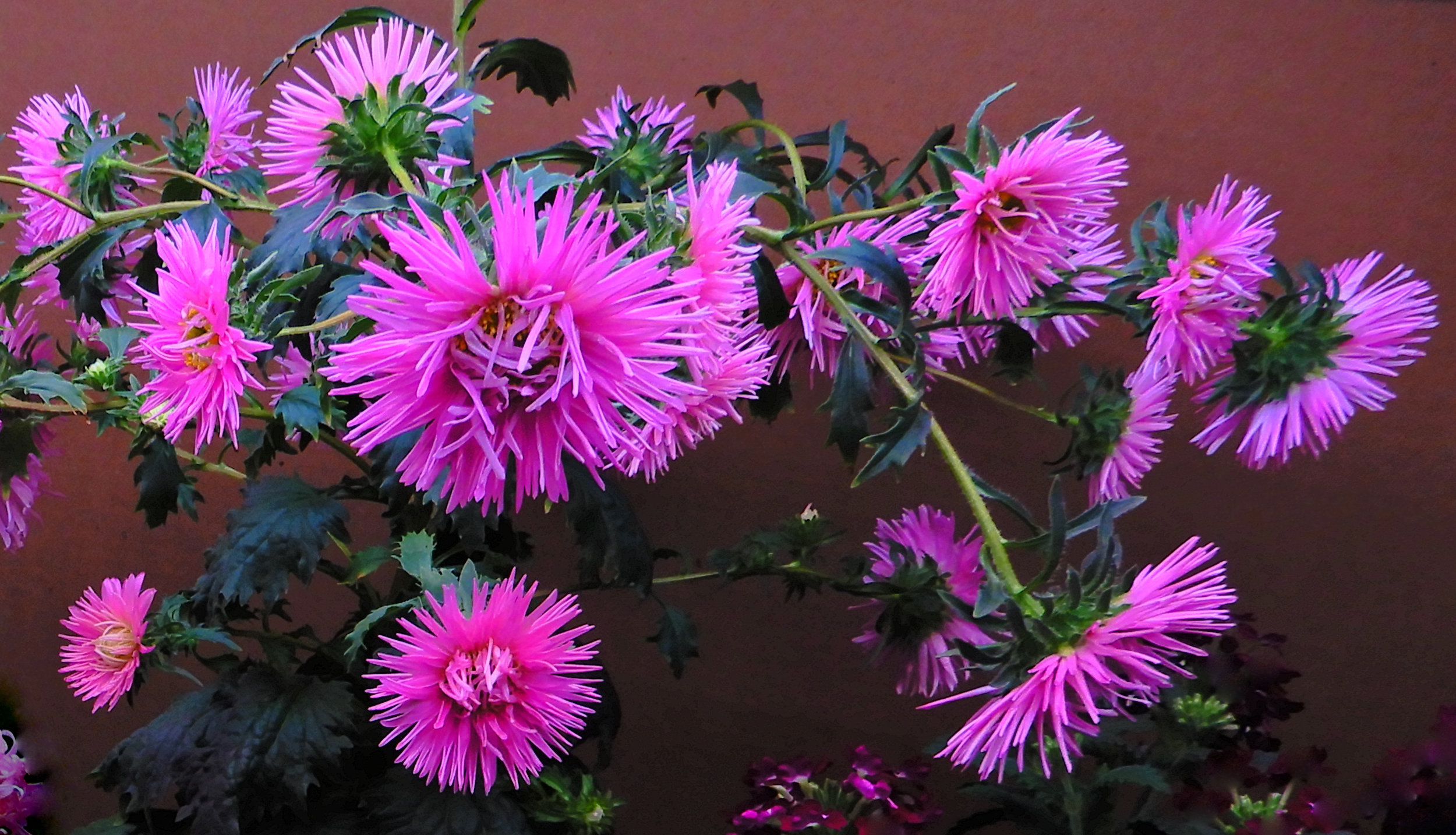
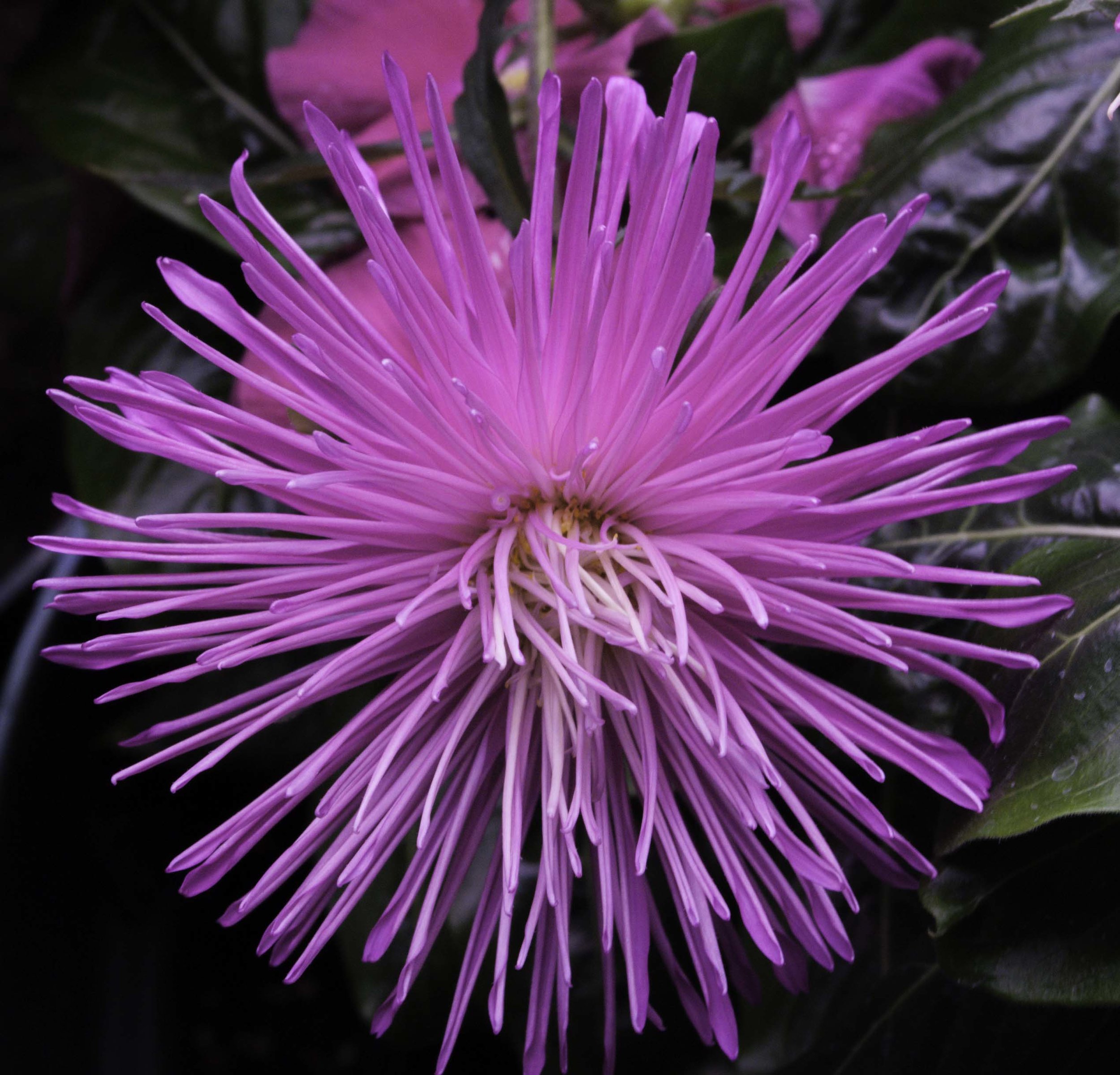
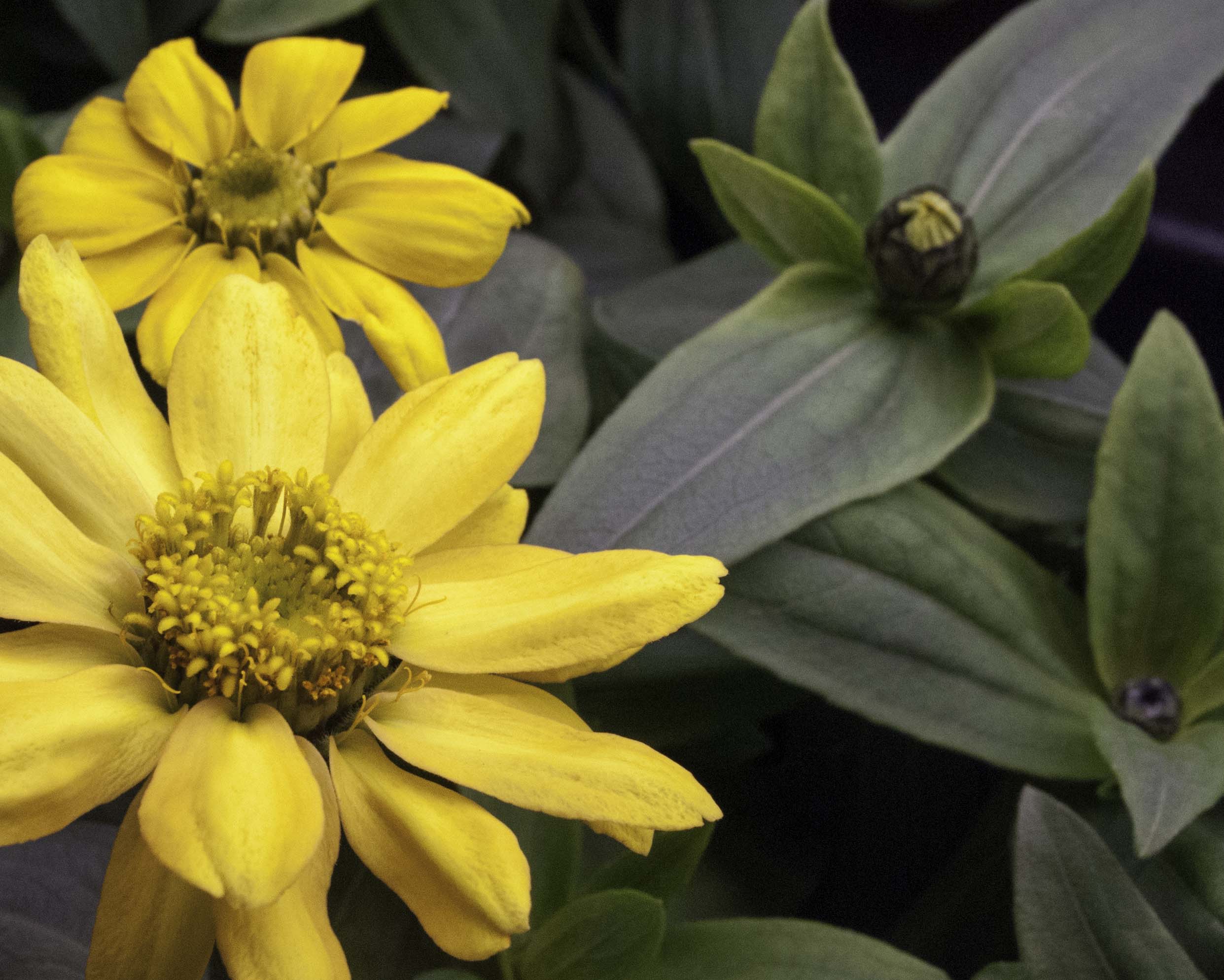
Our BloomInLight Experience:
Height 9"
Flowered at 6 weeks
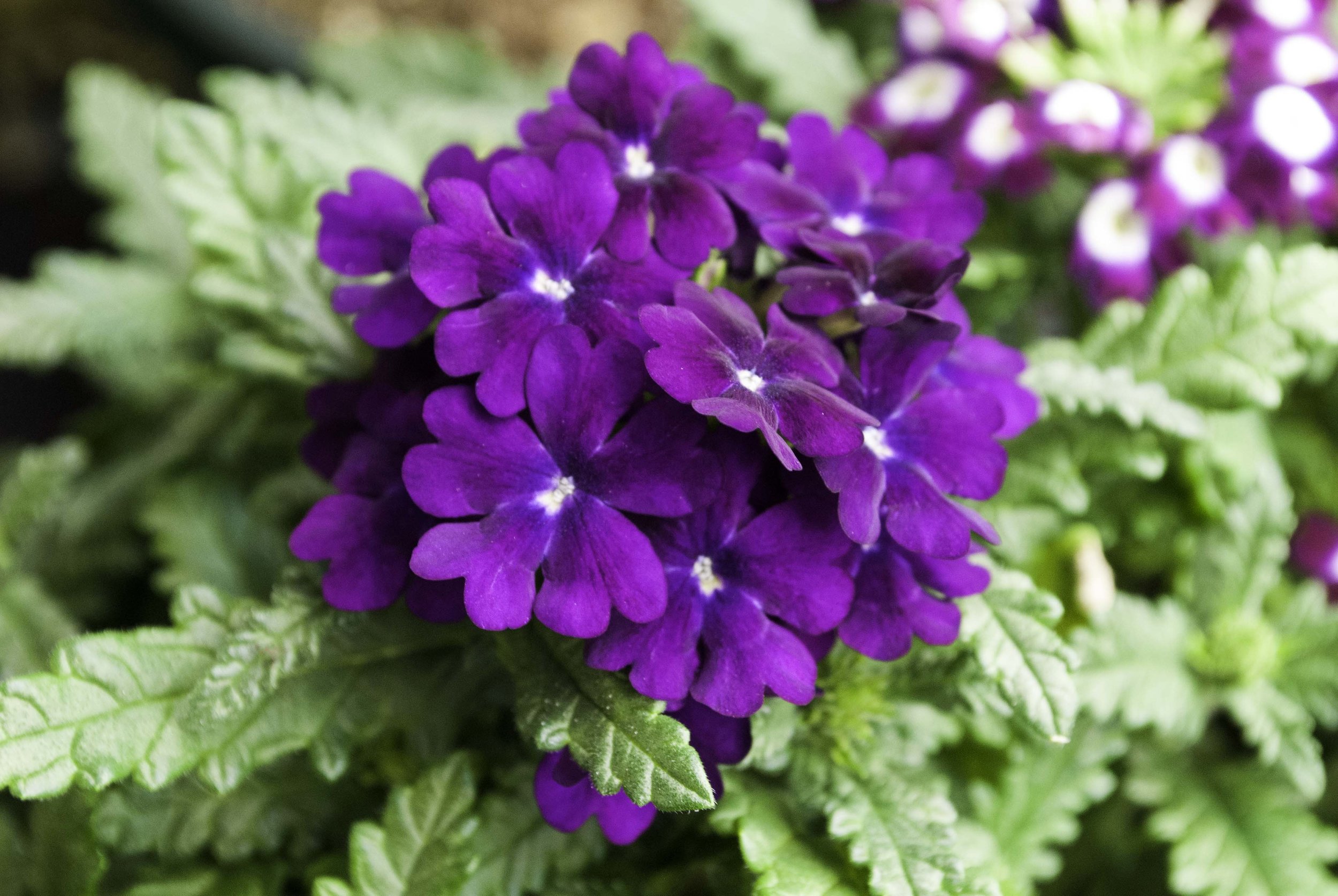
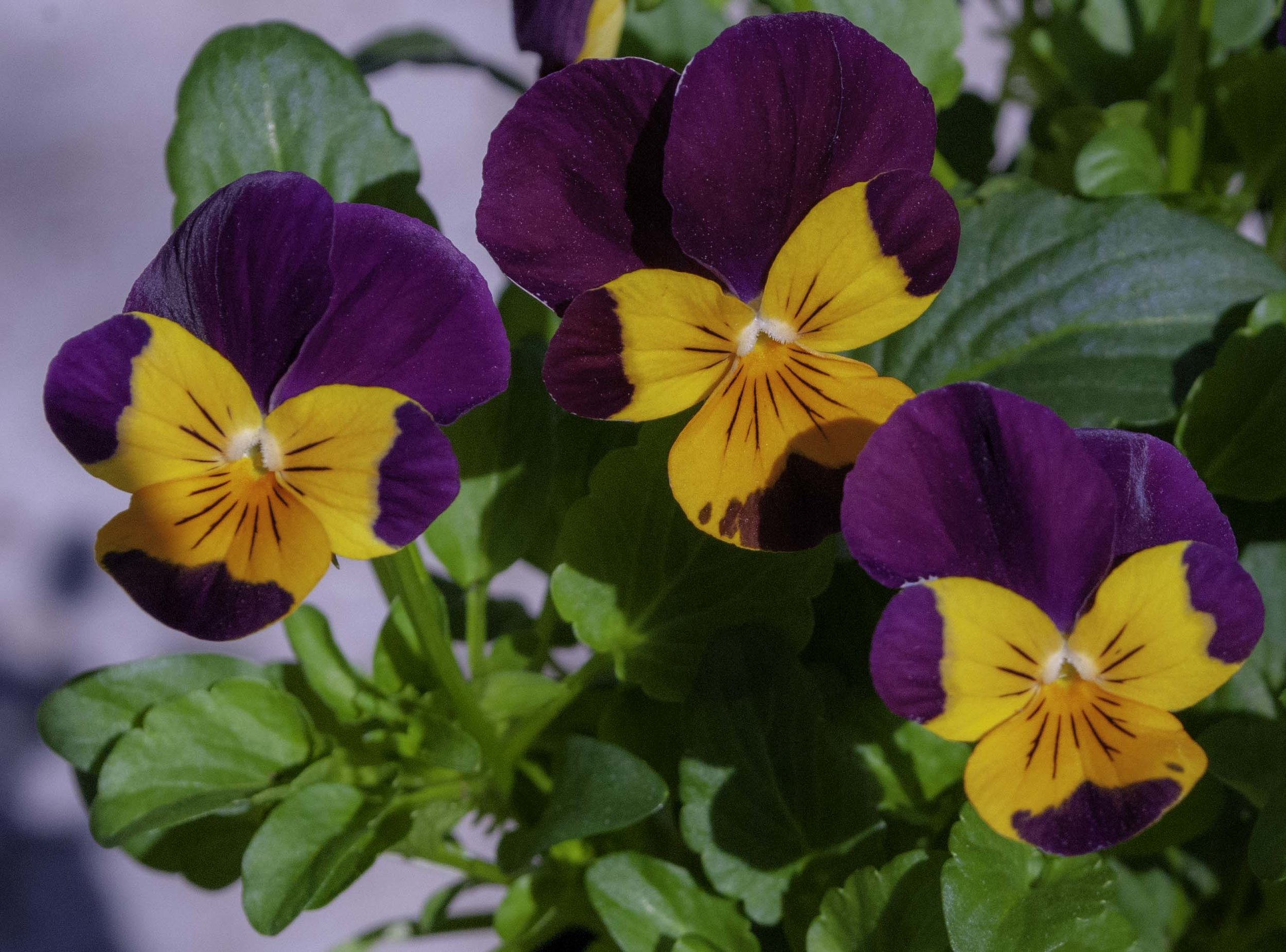
Our BloomInLight Experience:
Height 5”
Flowered at 6 weeks
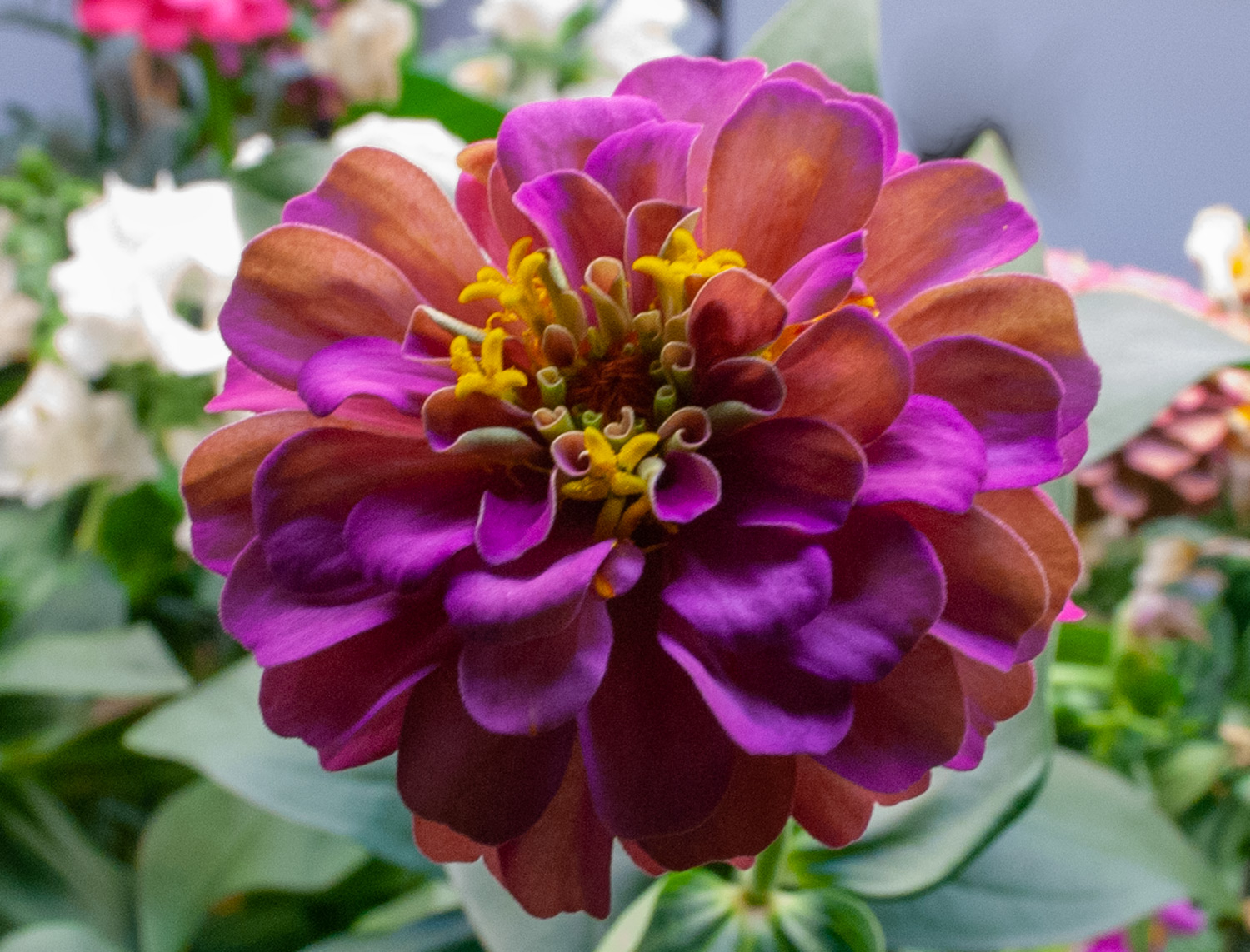
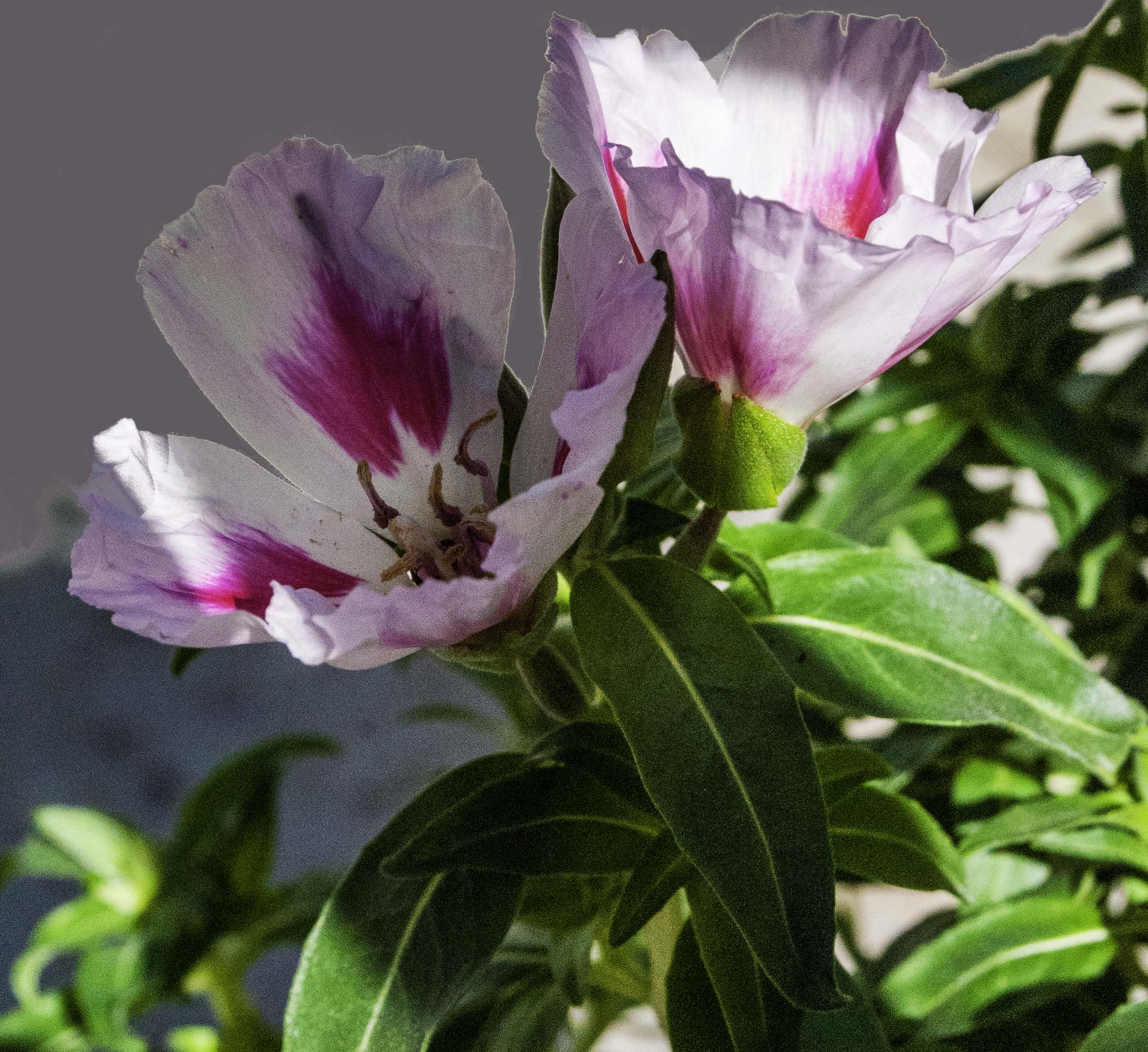
Our BloomInLight Experience:
Height 6"
Flowered at 8 weeks

Our BloomInLight experience:
height 8 inches
flowered at 6 weeks

Our BloomInLight experience:
height 9 inches
flowered at 9 weeks
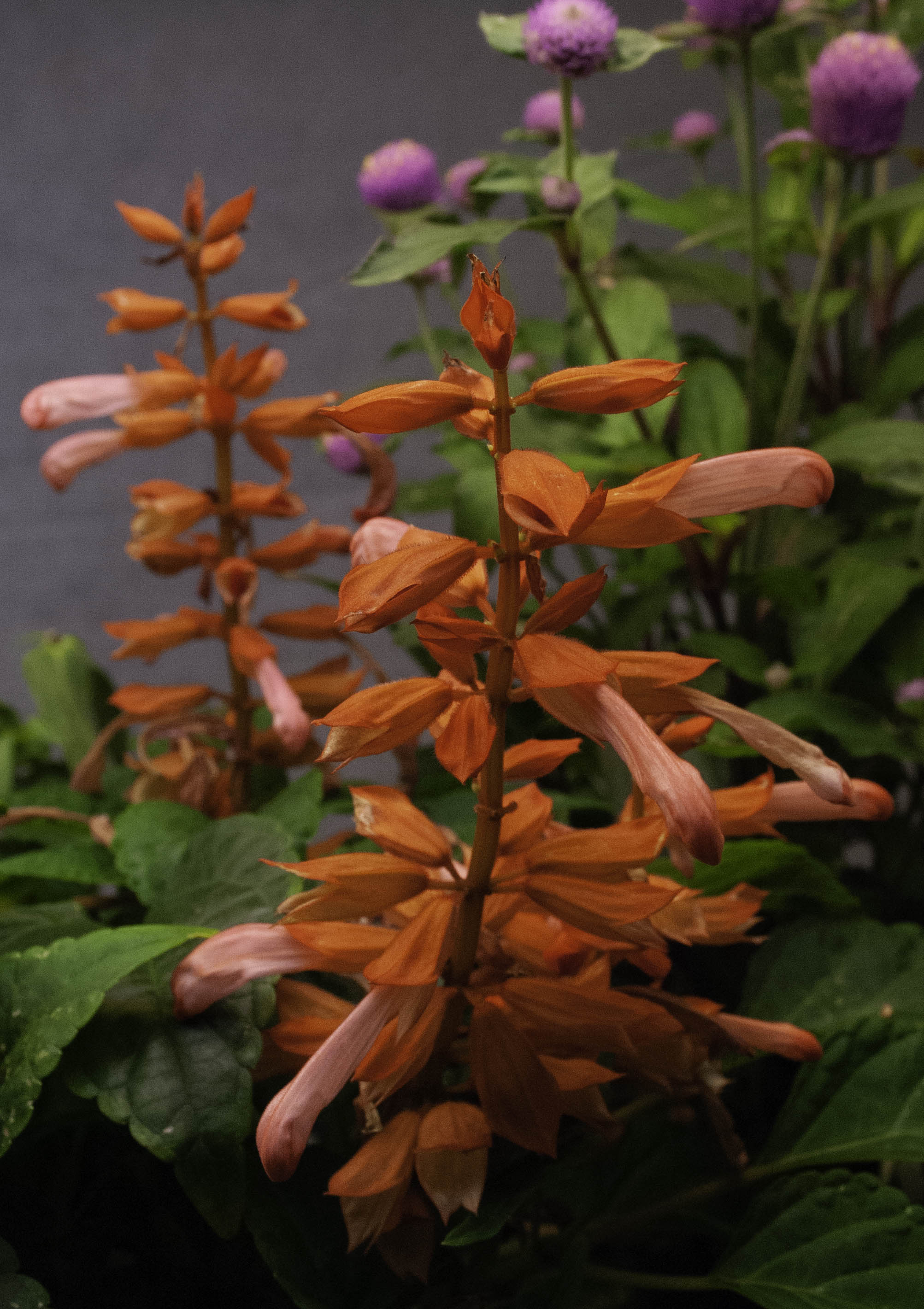
Our BloomInLight experience:
height 8 inches
flowered at 6 weeks

Our BloomInLight experience:
height 14 inches (vining)
flowered at 10 weeks
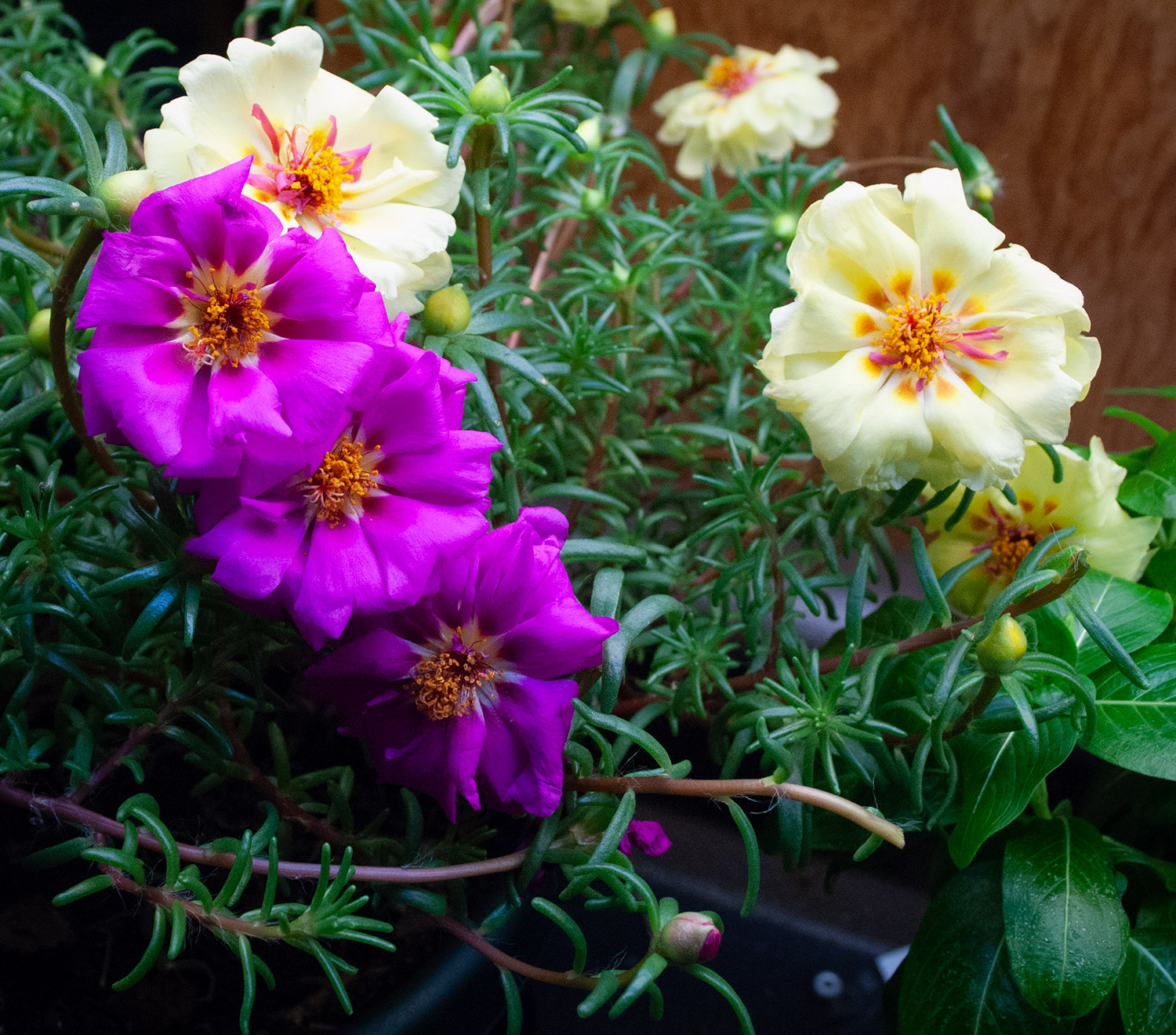
Our BloomInLight experience:
height 8 inches
flowered at 14 weeks

Our BloomInLight Experience:
Height 6"
Flowered at 6 weeks
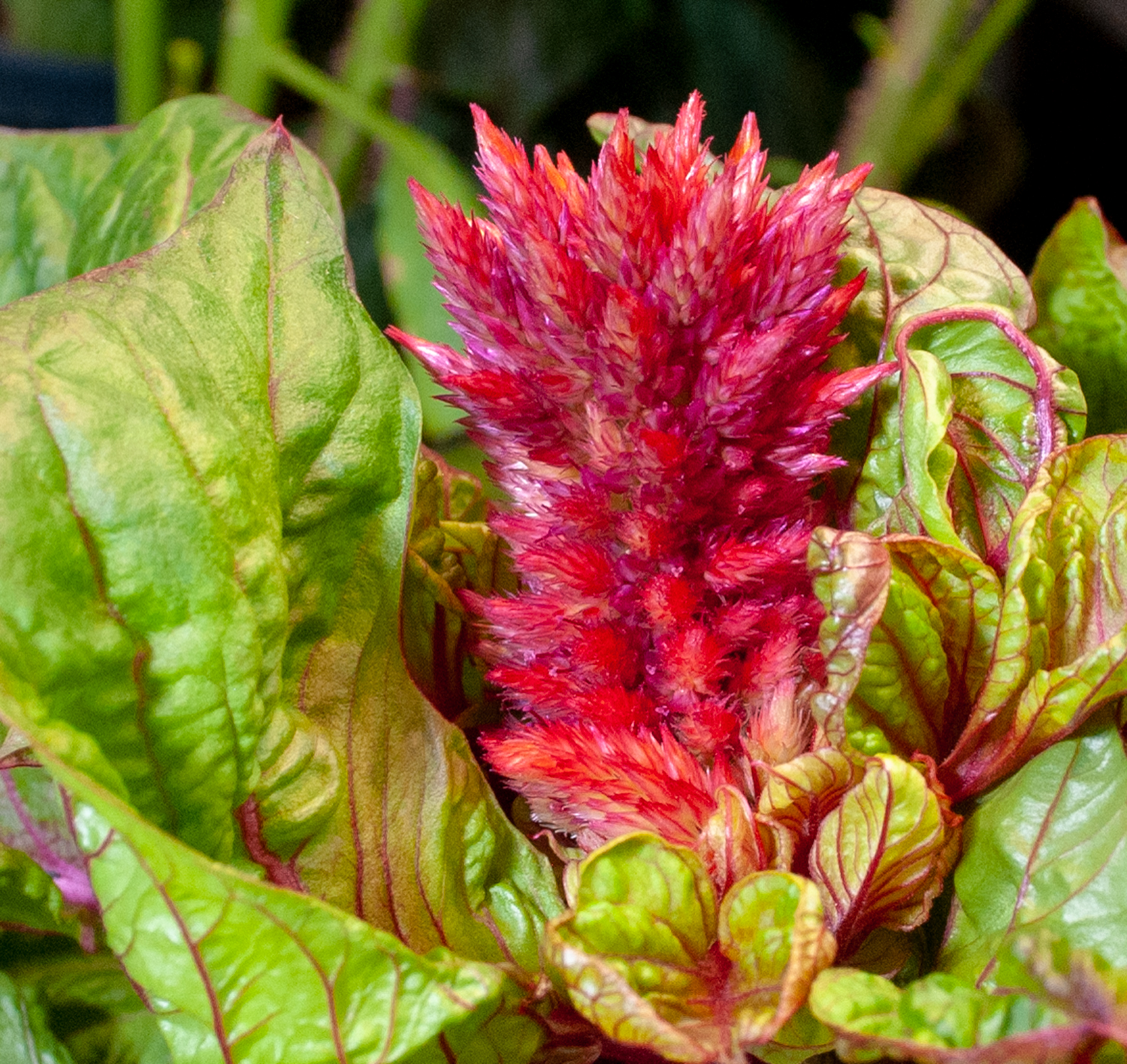
Our BloomInLight experience:
height 10 inches
flowered at 13 weeks
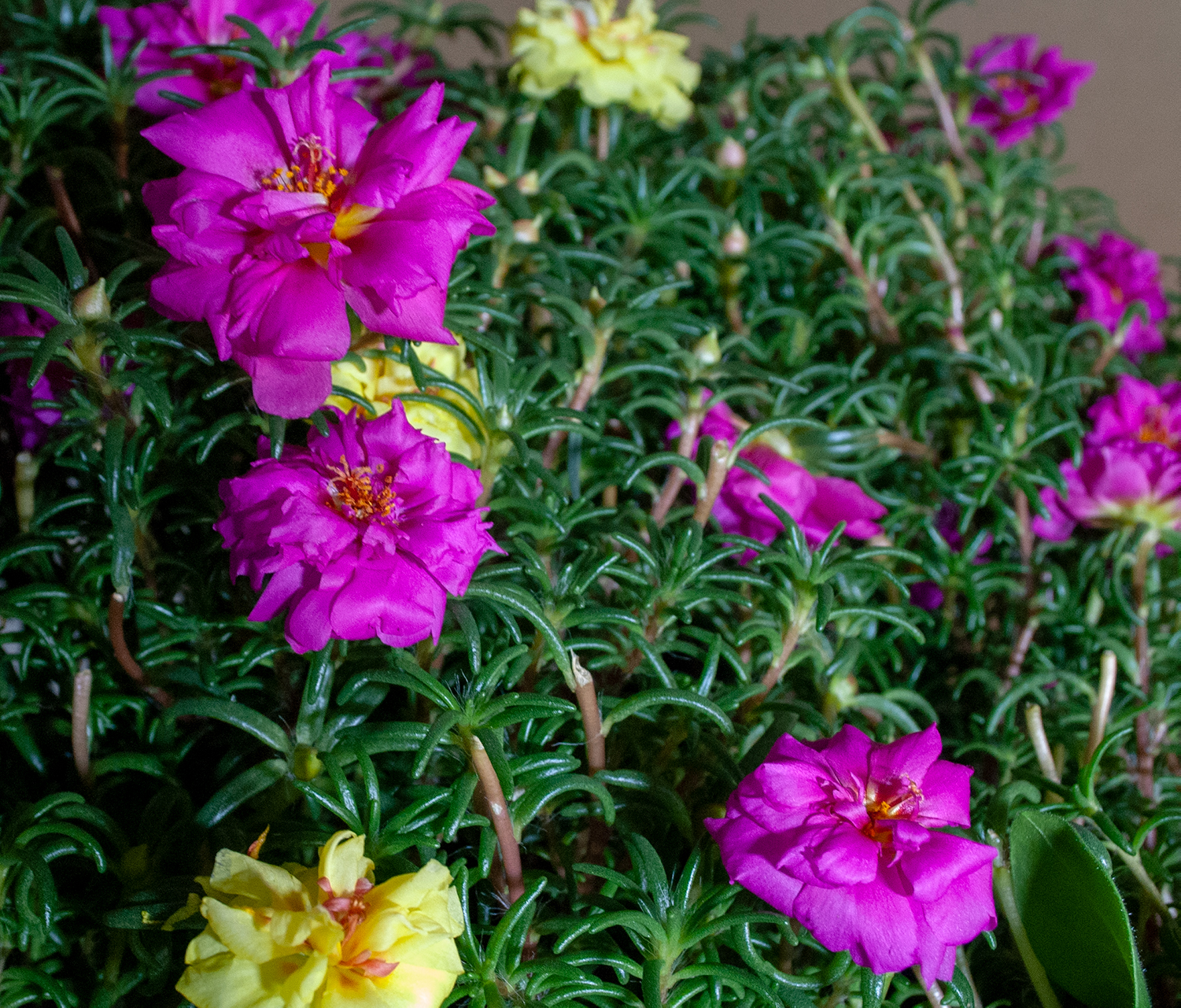
Our BloomInLight experience:
height 9 inches
photo taken 19 weeks after planting seeds
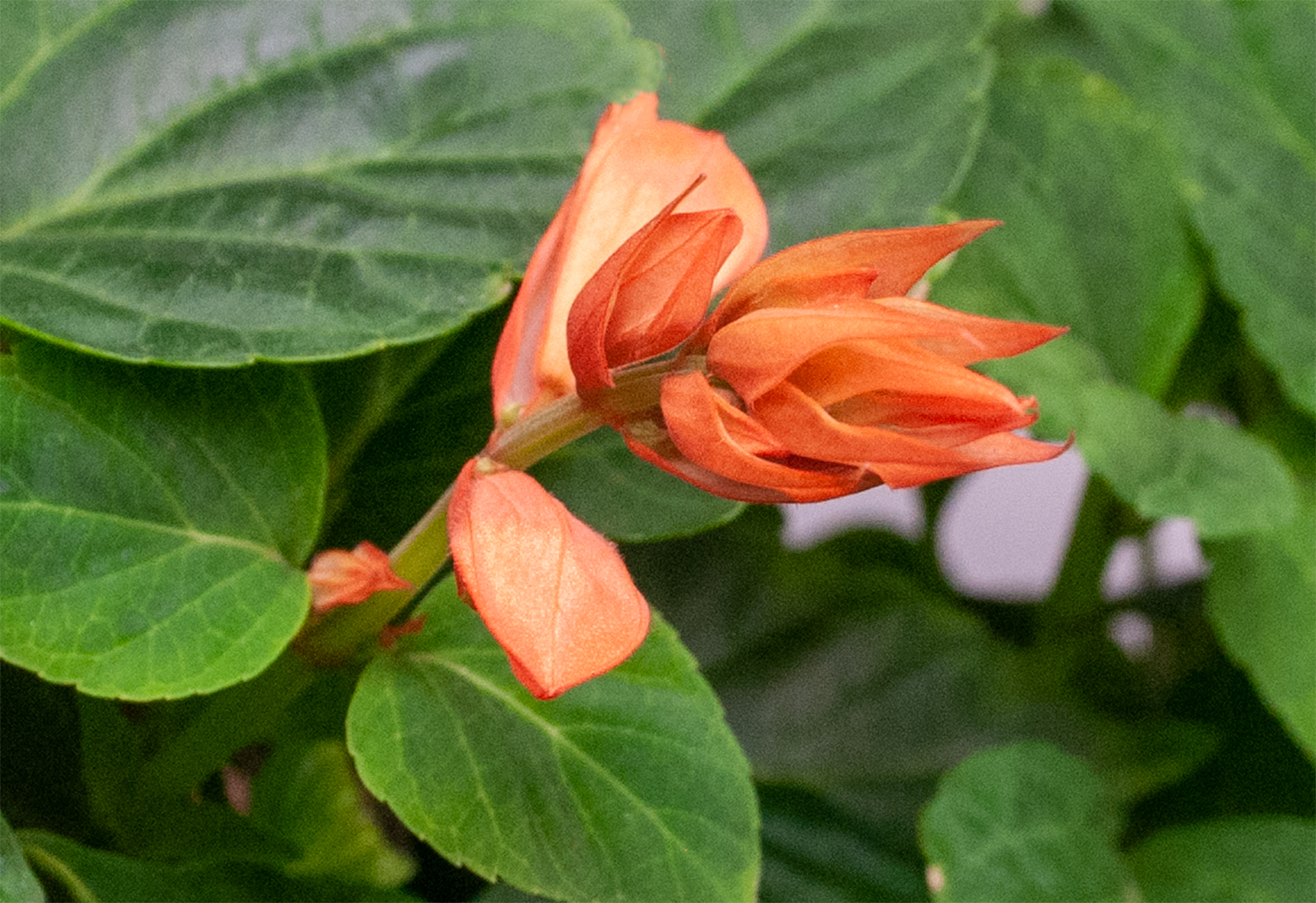
Our BloomInLight experience:
height 10 inches
photo taken 6 months after planting seeds
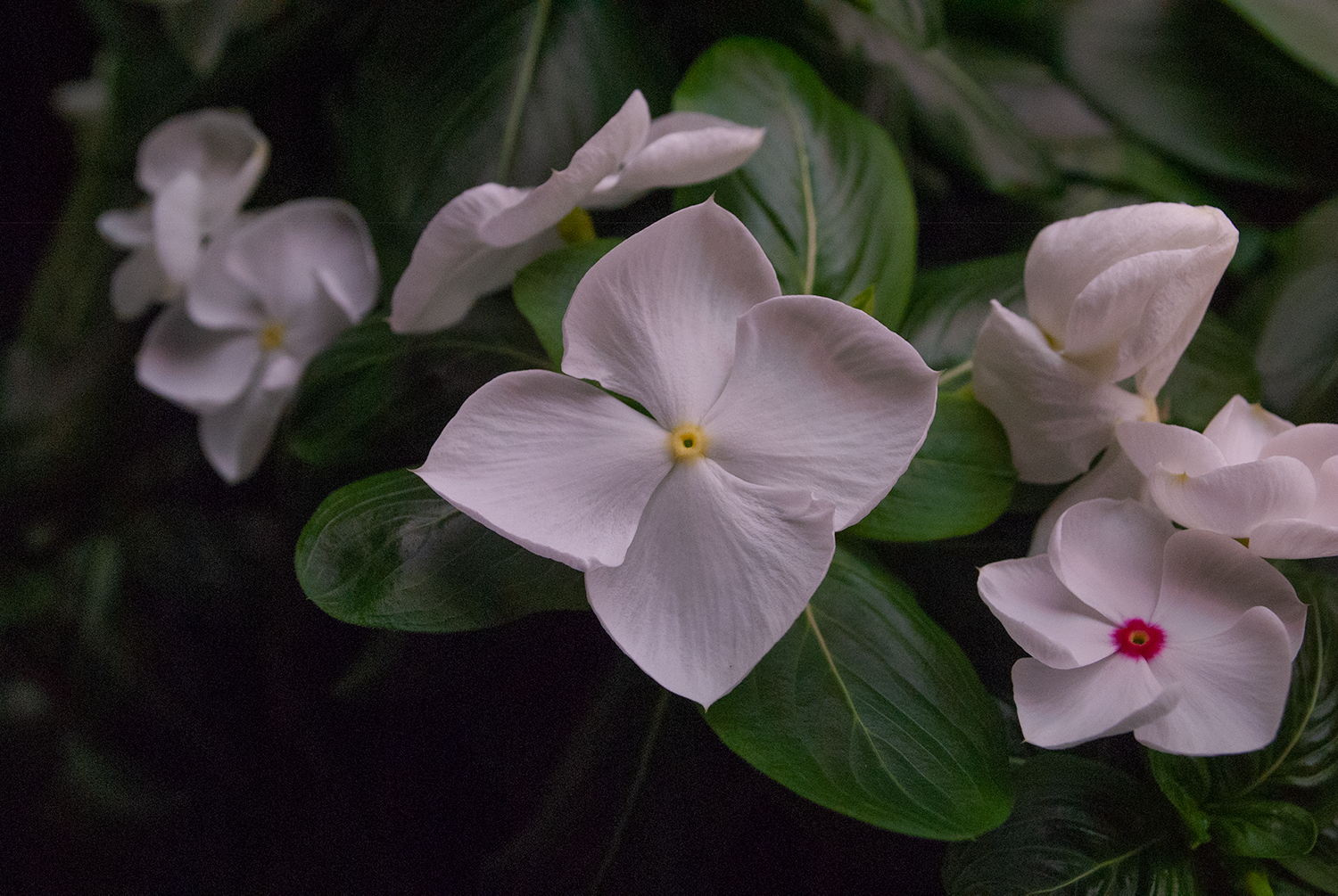
Our BloomInLight experience:
height 15 inches
photo taken 24 weeks after planting seeds
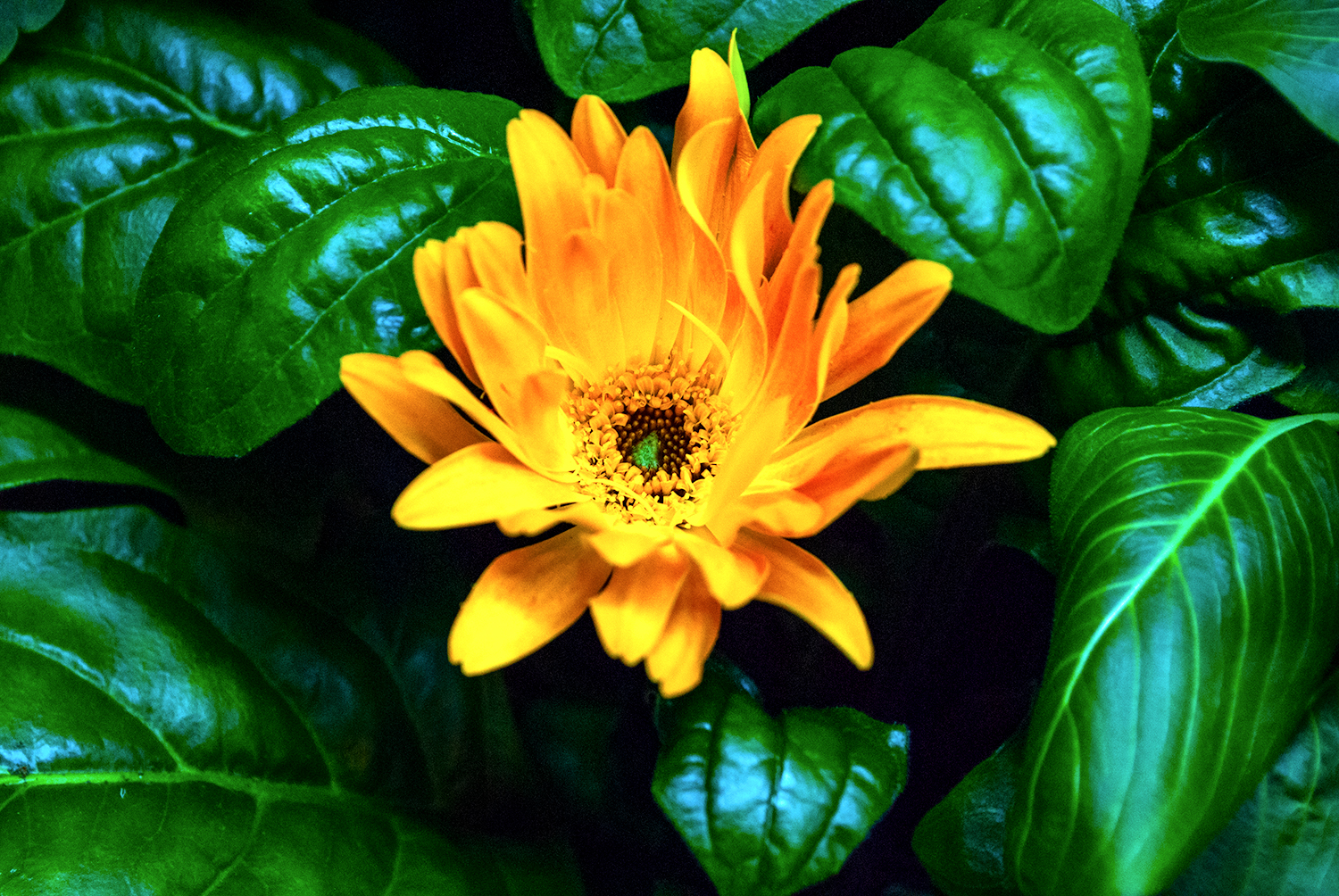
Our BloomInLight experience:
height 8 inches
flowered at 17 weeks
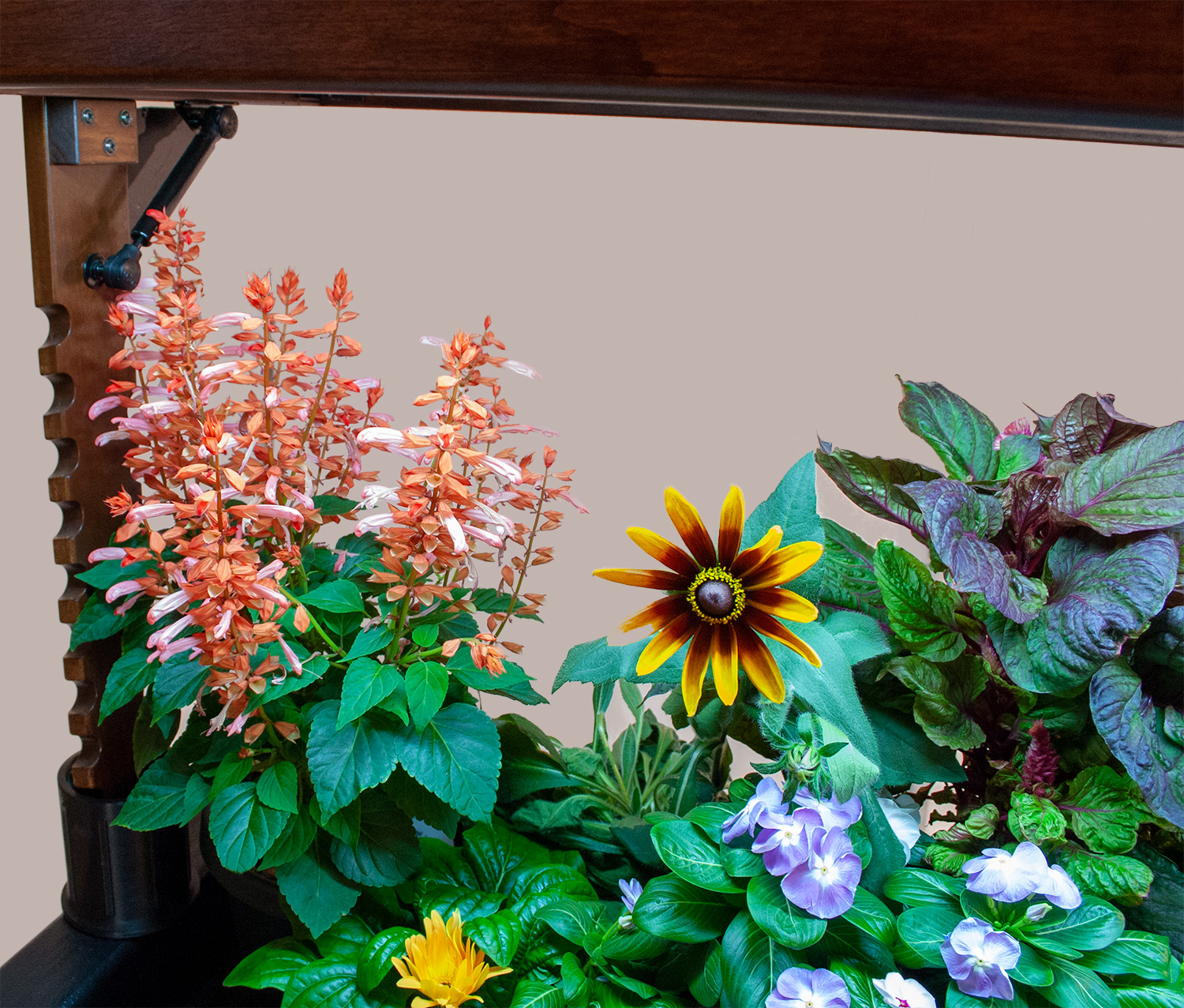
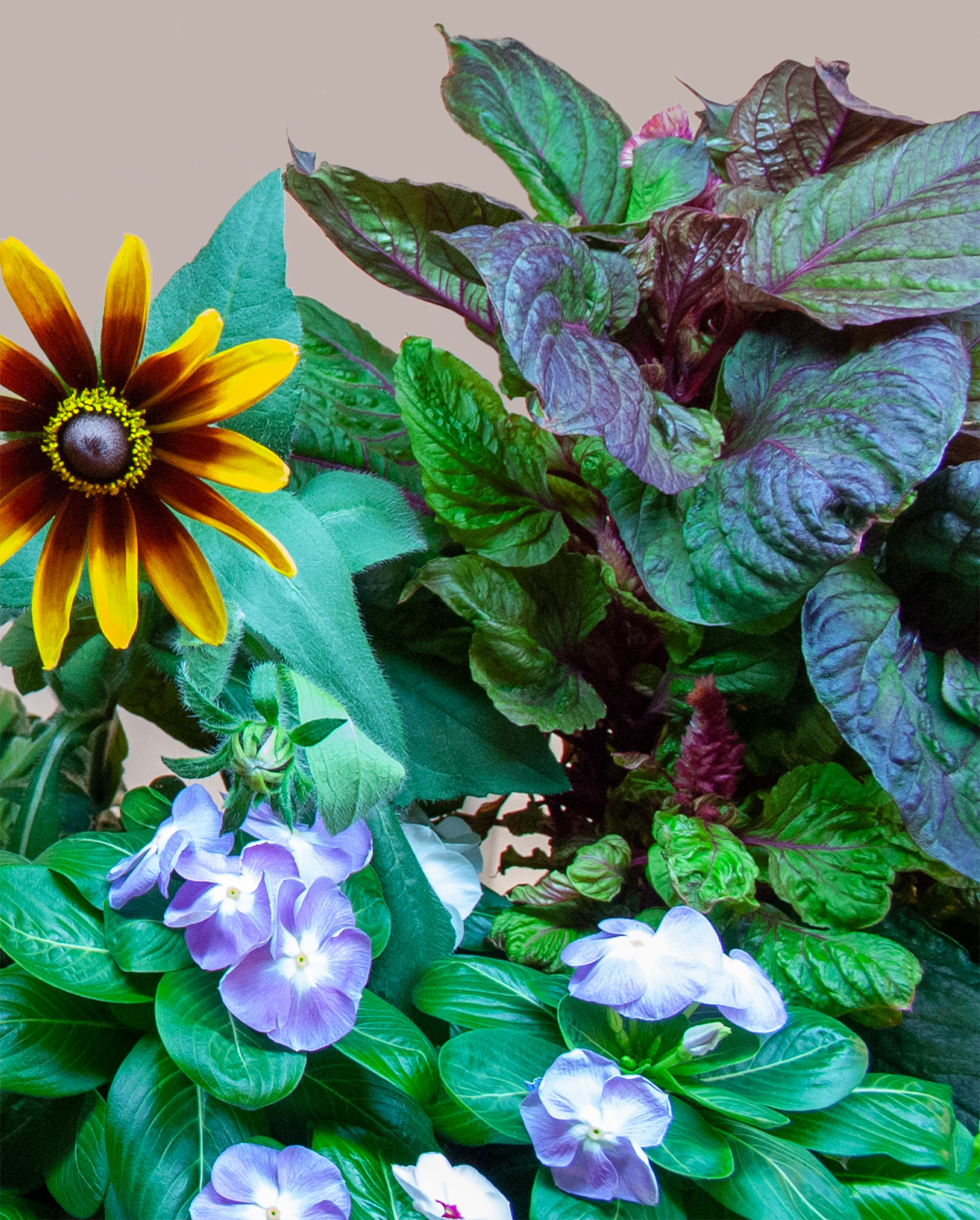
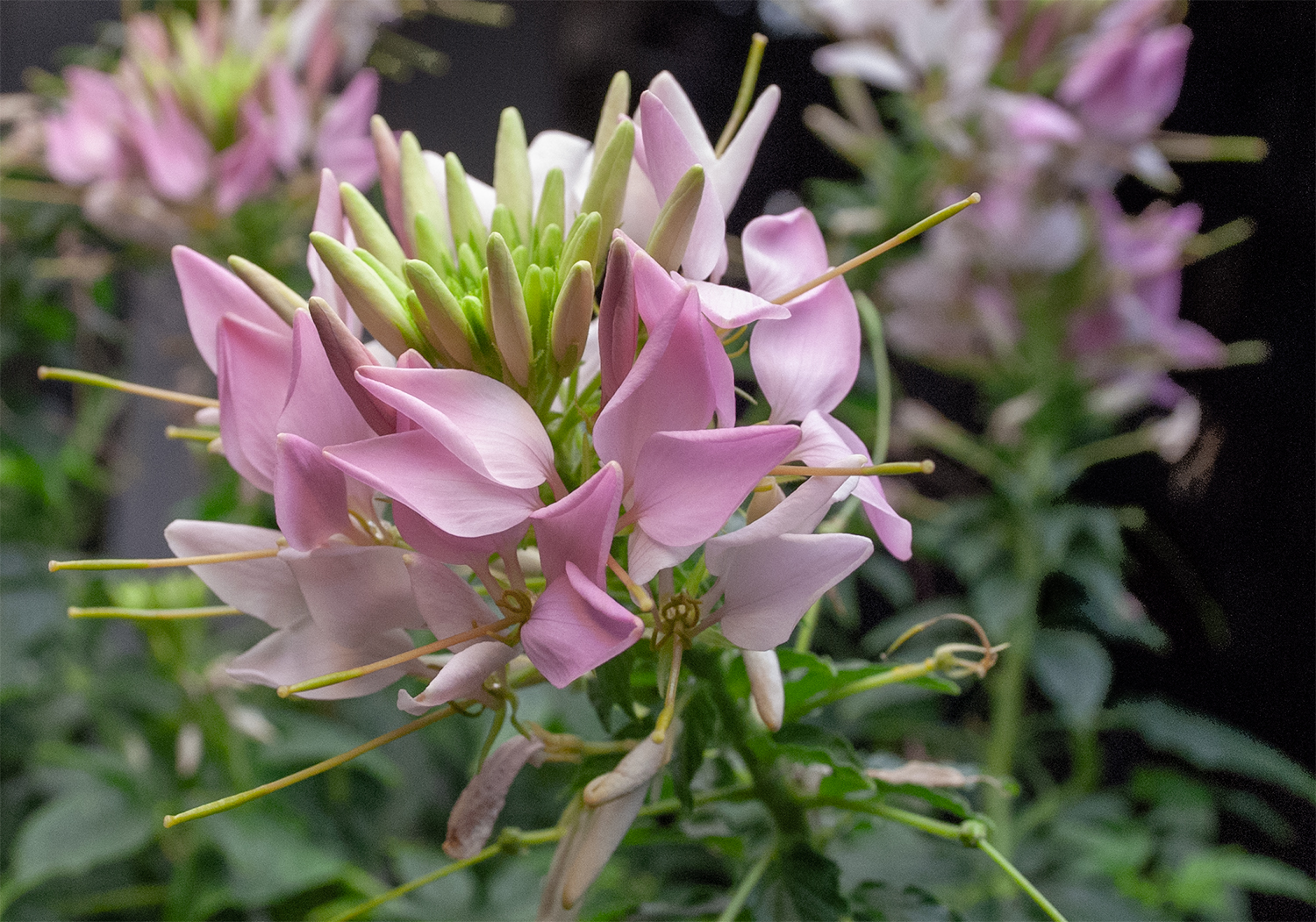
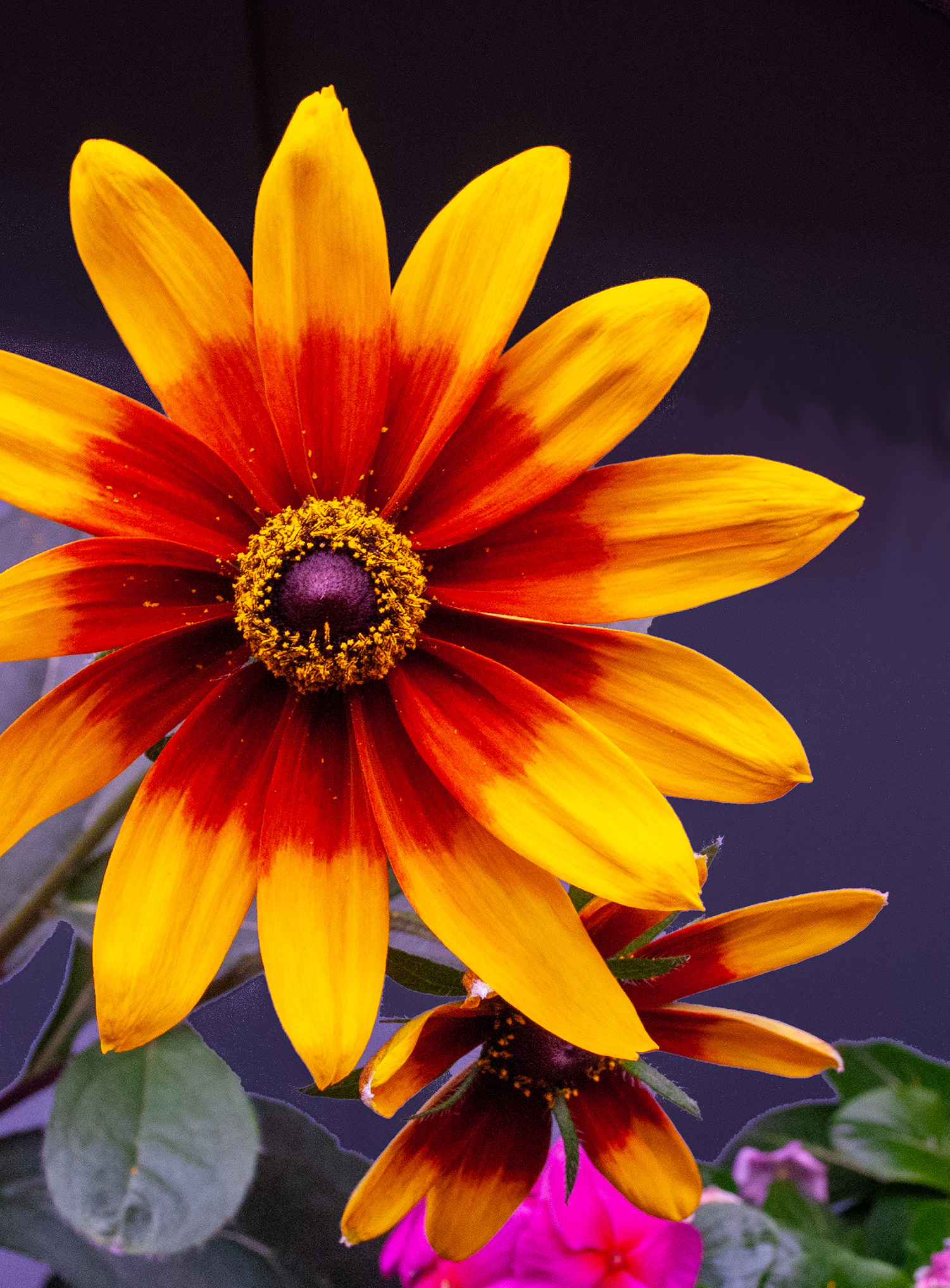
Our BloomInLight Experience:
height 24 inches
bloomed in 9 weeks
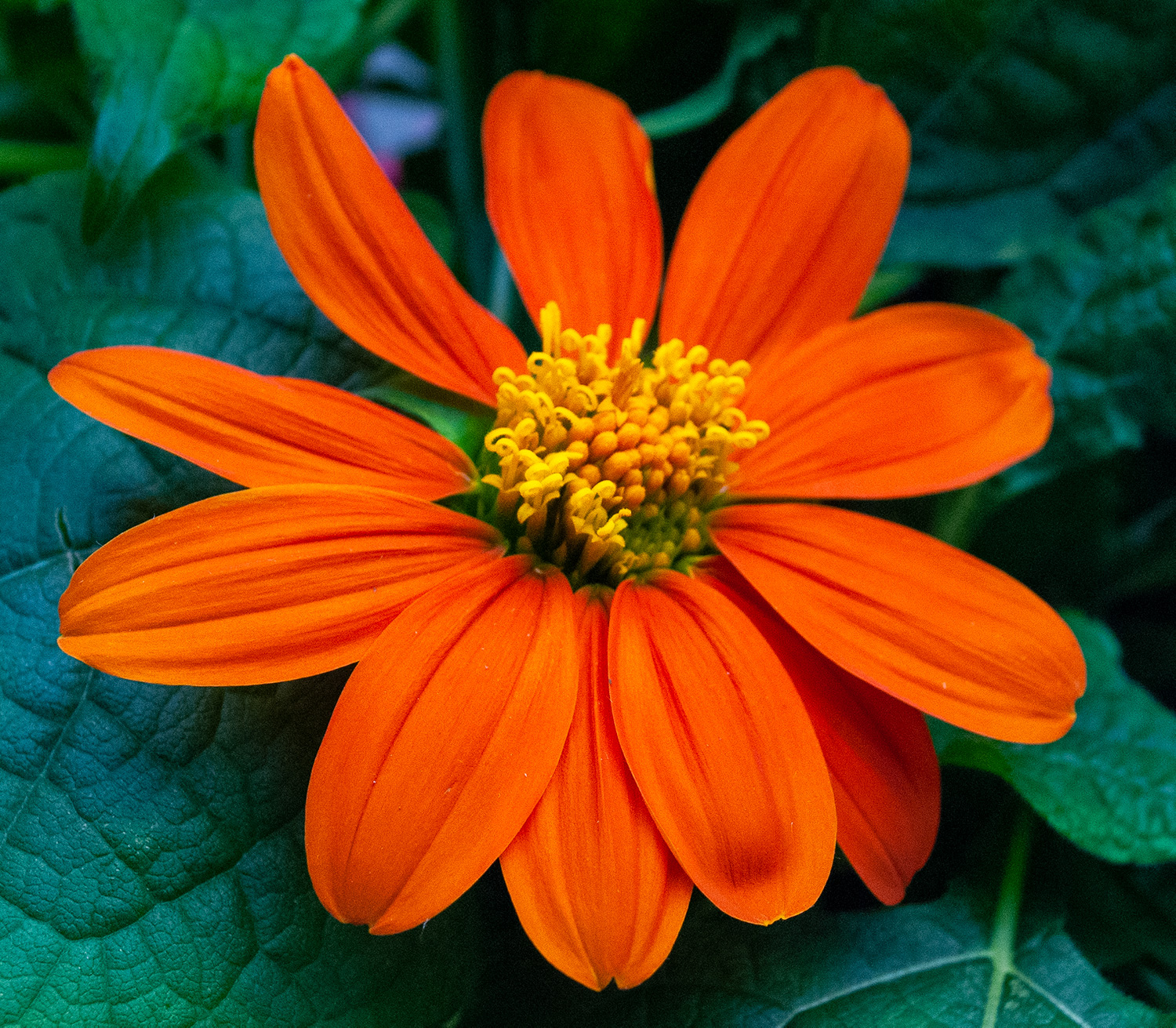
Our BloomInLight Experience:
bloomed in 10 weeks
height 14 inches
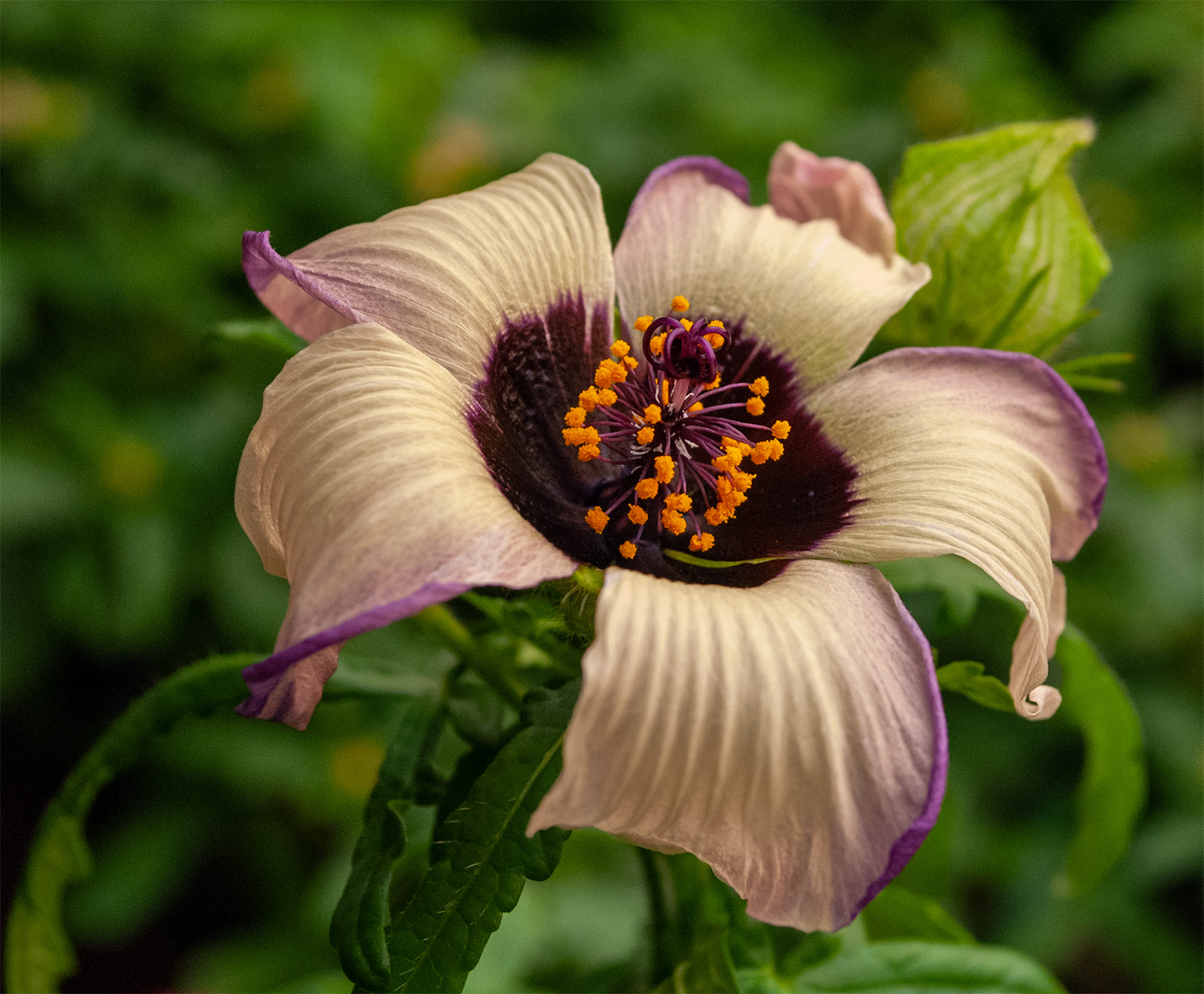
Our BloomInLight Experience:
height 12 inches
flowered at 18 weeks (flowers bloom less than 1 day leaving globe-shaped seed pod)
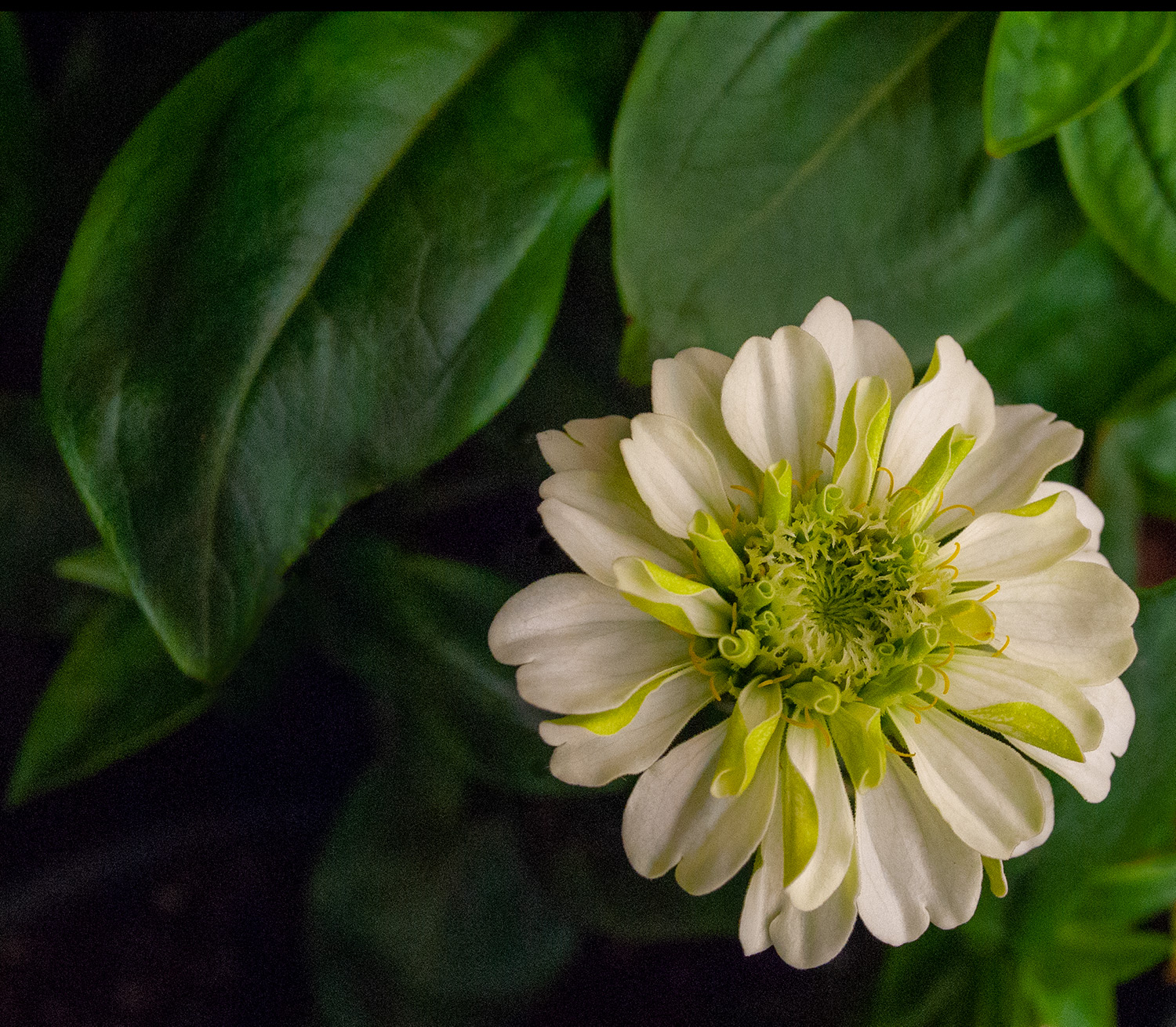
Our BloomInLight Experience:
height 10 inches at first flower
flowered at 7 weeks
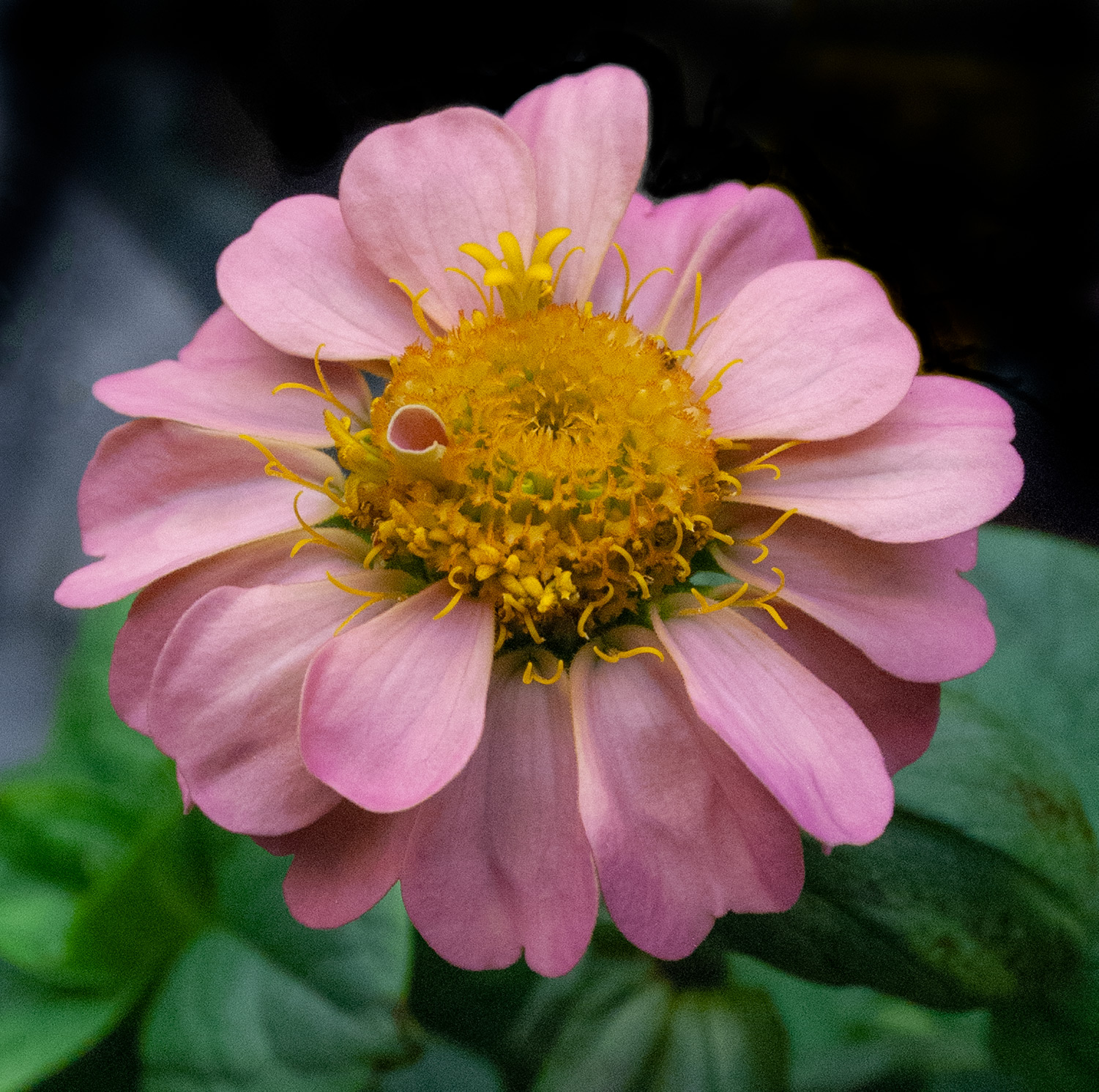
Our BloomInLight Experience:
height 9 inches at first flower
flowered at 7 weeks
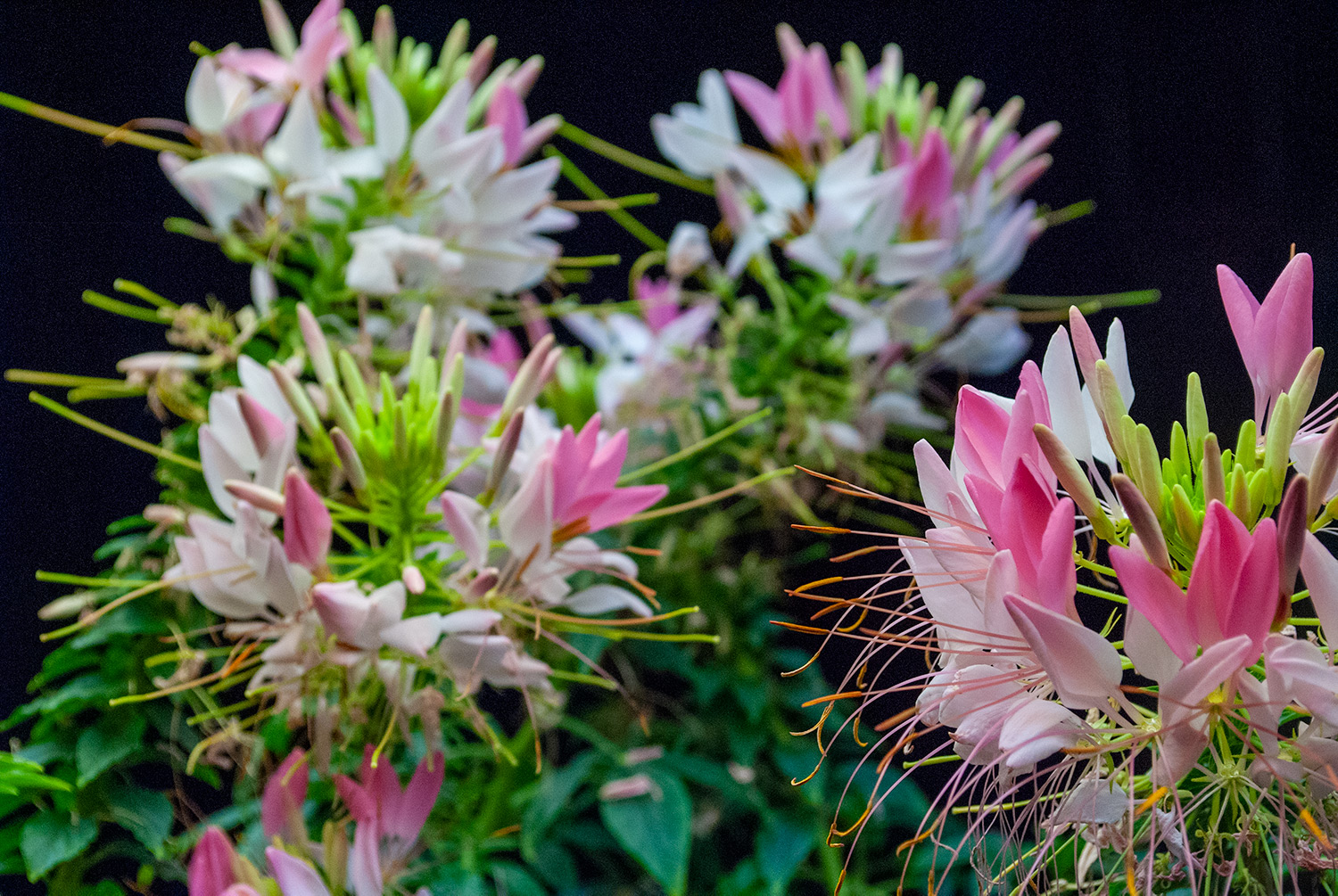
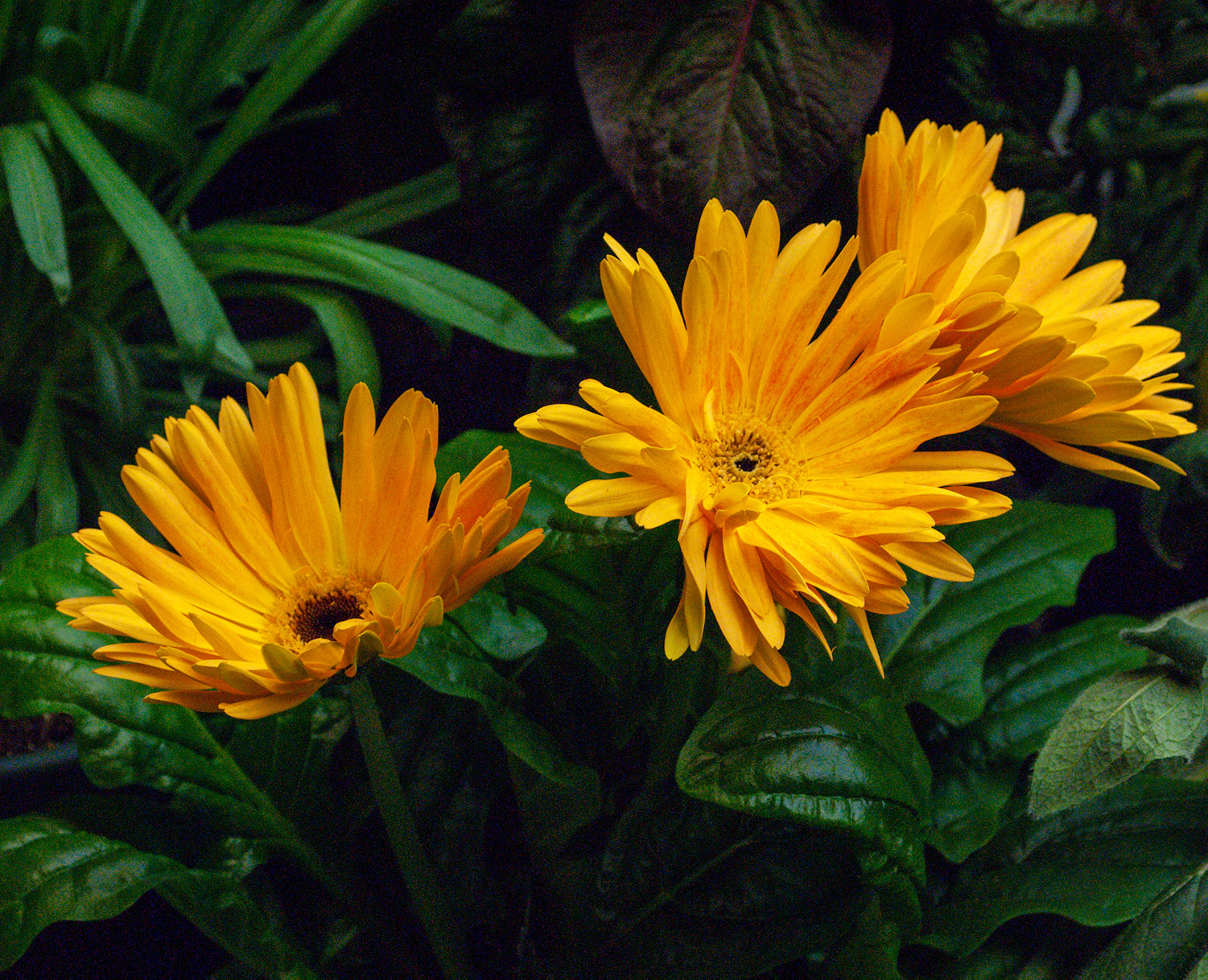
Our BloomInLIght Experience:
height 13 inches
photo taken 20 weeks after planting seed
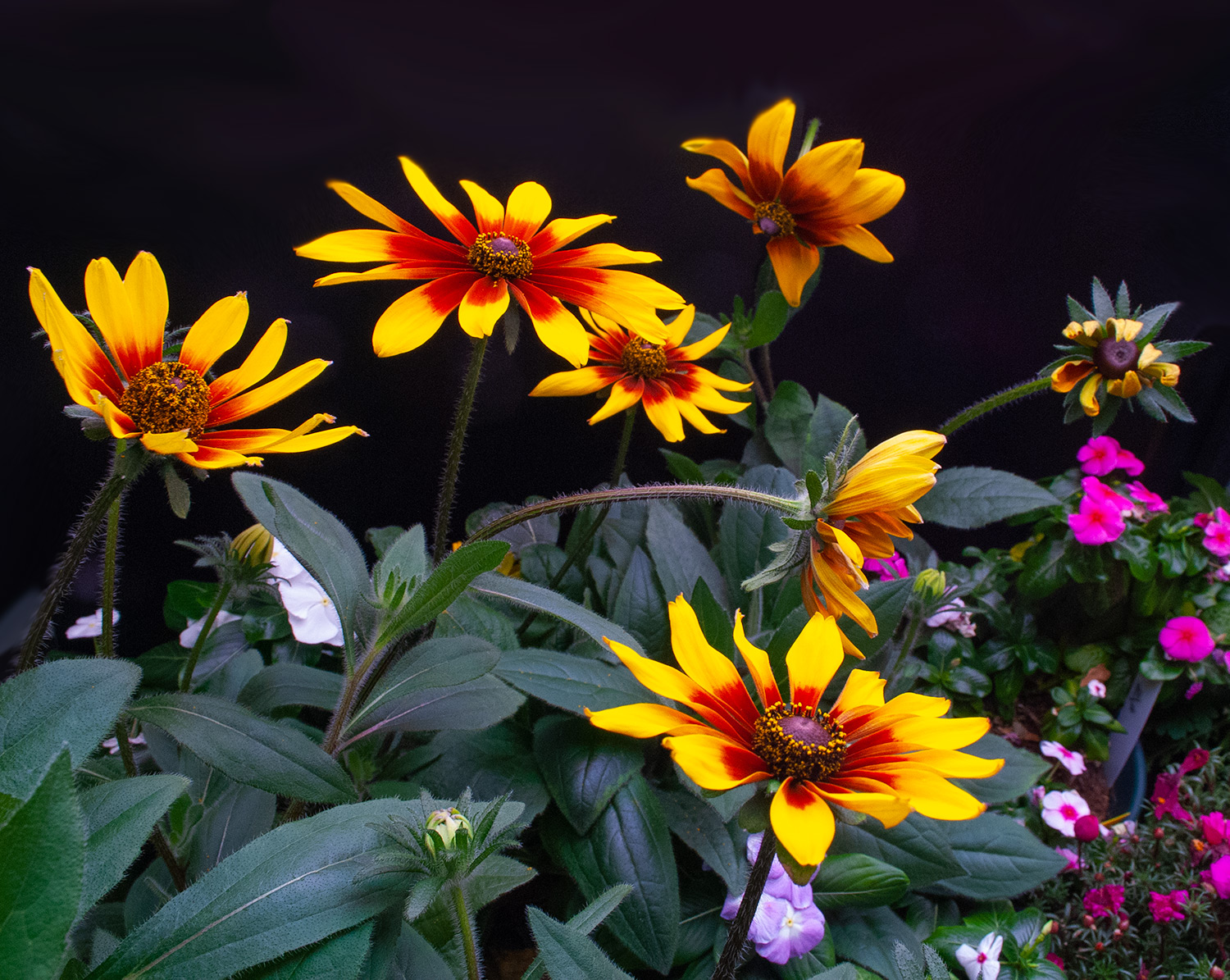
Our BloomInLight Experience:
still in bloom 5 months after planting seeds
height 26 inches
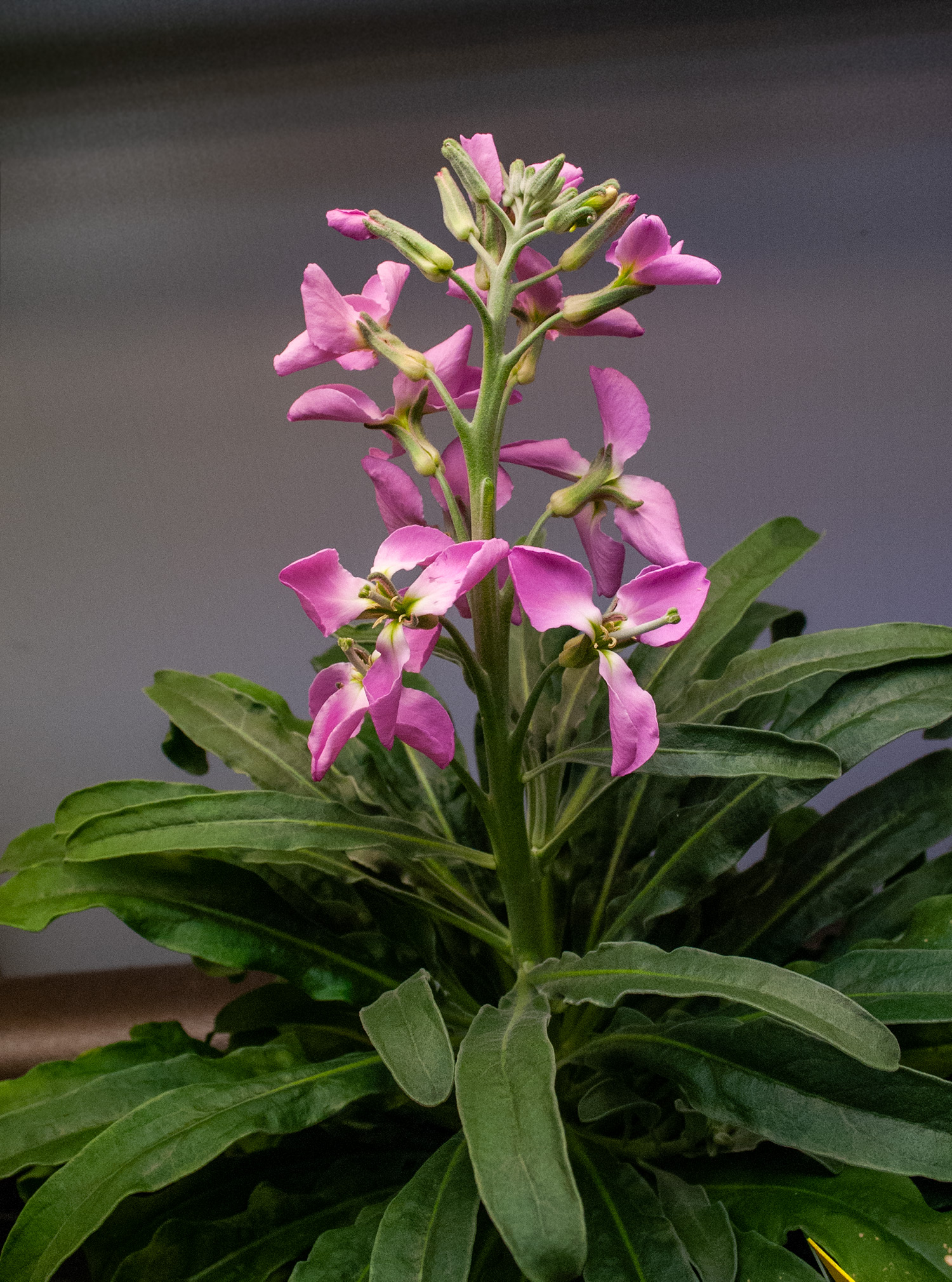
Our BloomInLight Experience:
height 13 inches
flowered at 25 weeks
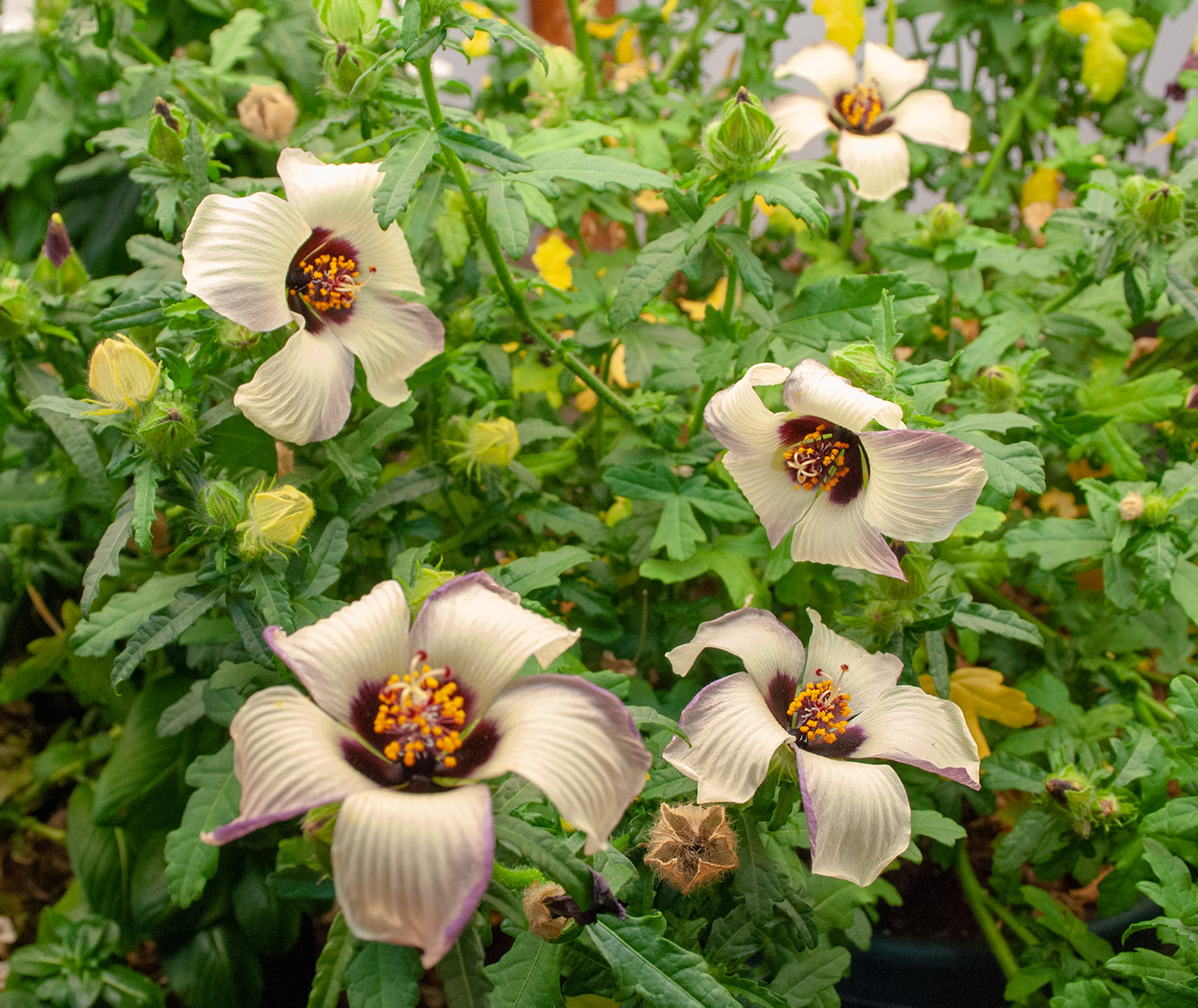
Our BloomInLight Experience:
flowering 25 weeks after planting seeds
flowers fade within a few hours,
leaving globe-shaped seed pods
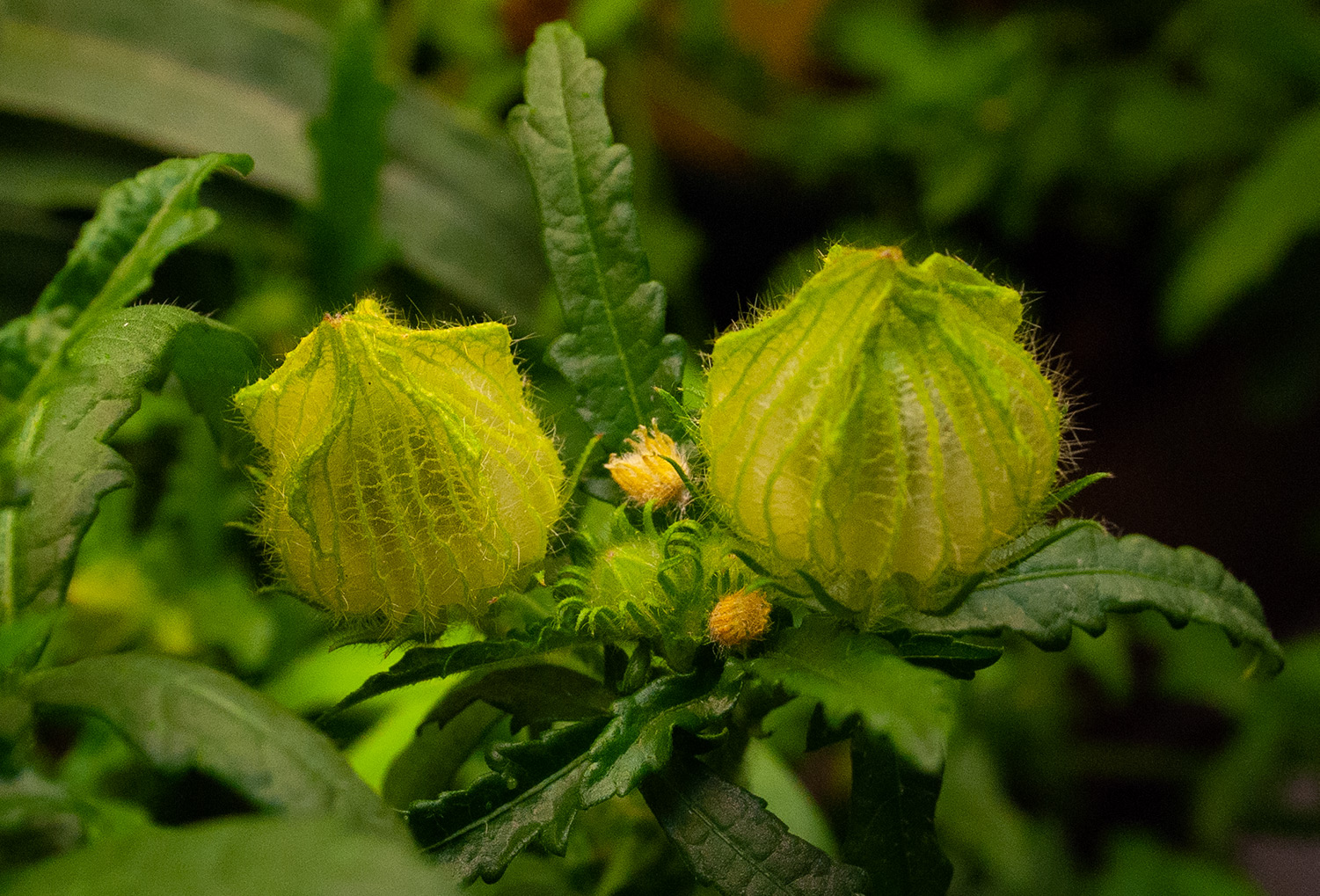
Our BloomInLight Experience:
many seed pods remain after brief bloom
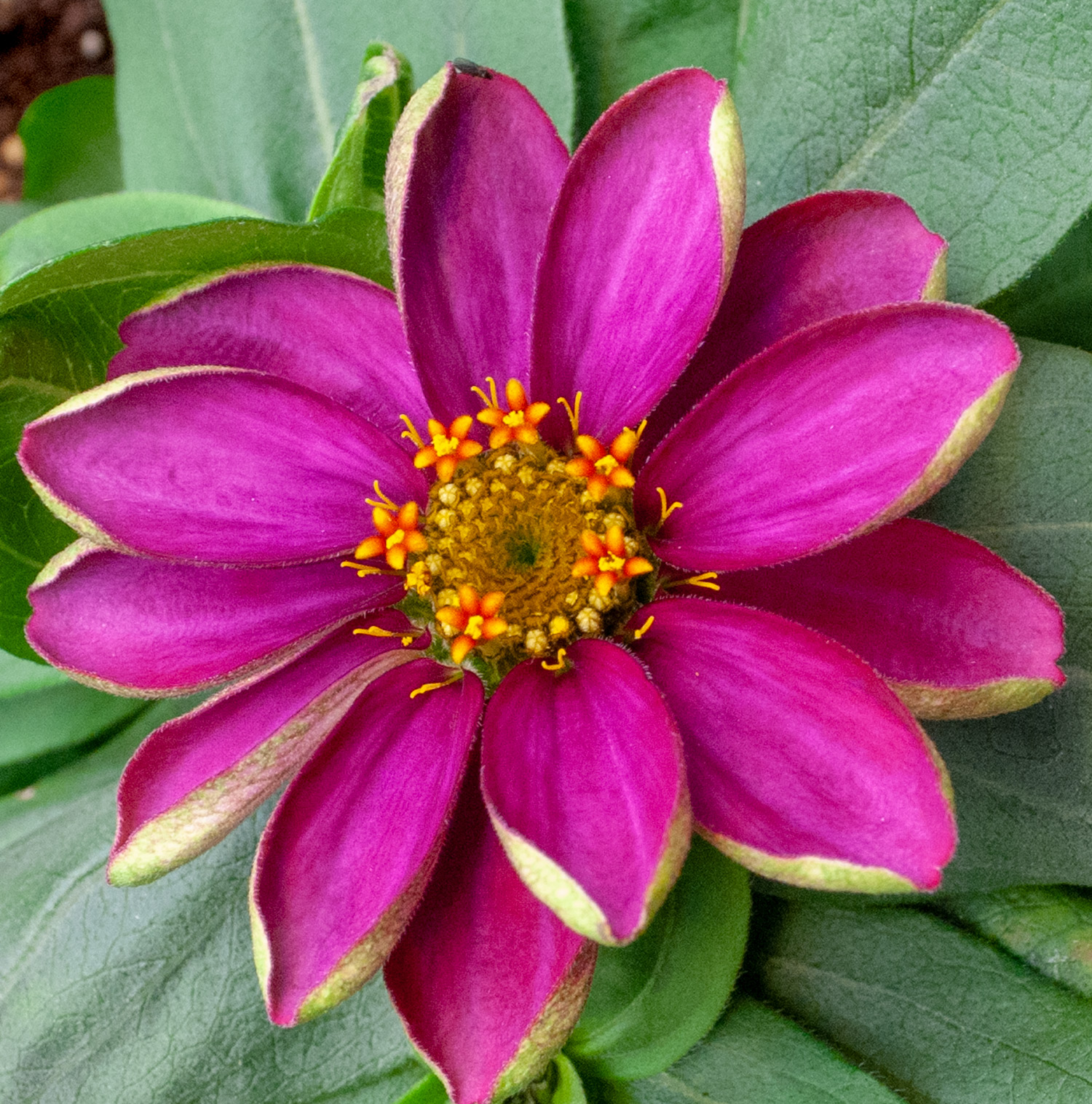
Our BloomInLight Experience:
height 4 inches
flowered at 8 weeks
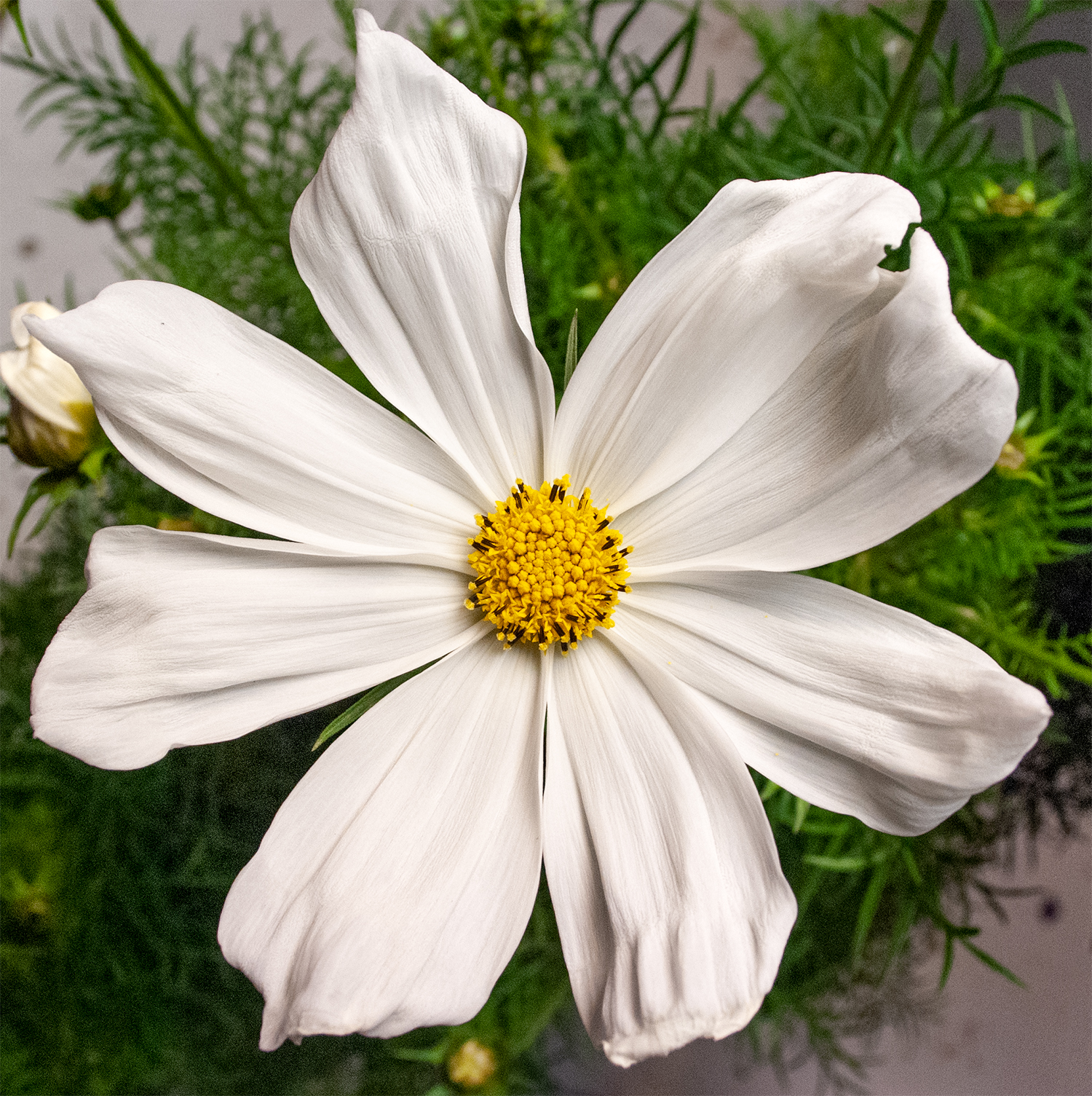
Our BloomInLight experience:
height 25 inches
flowered at 25 weeks, needed 2 weeks of short day lighting to bloom
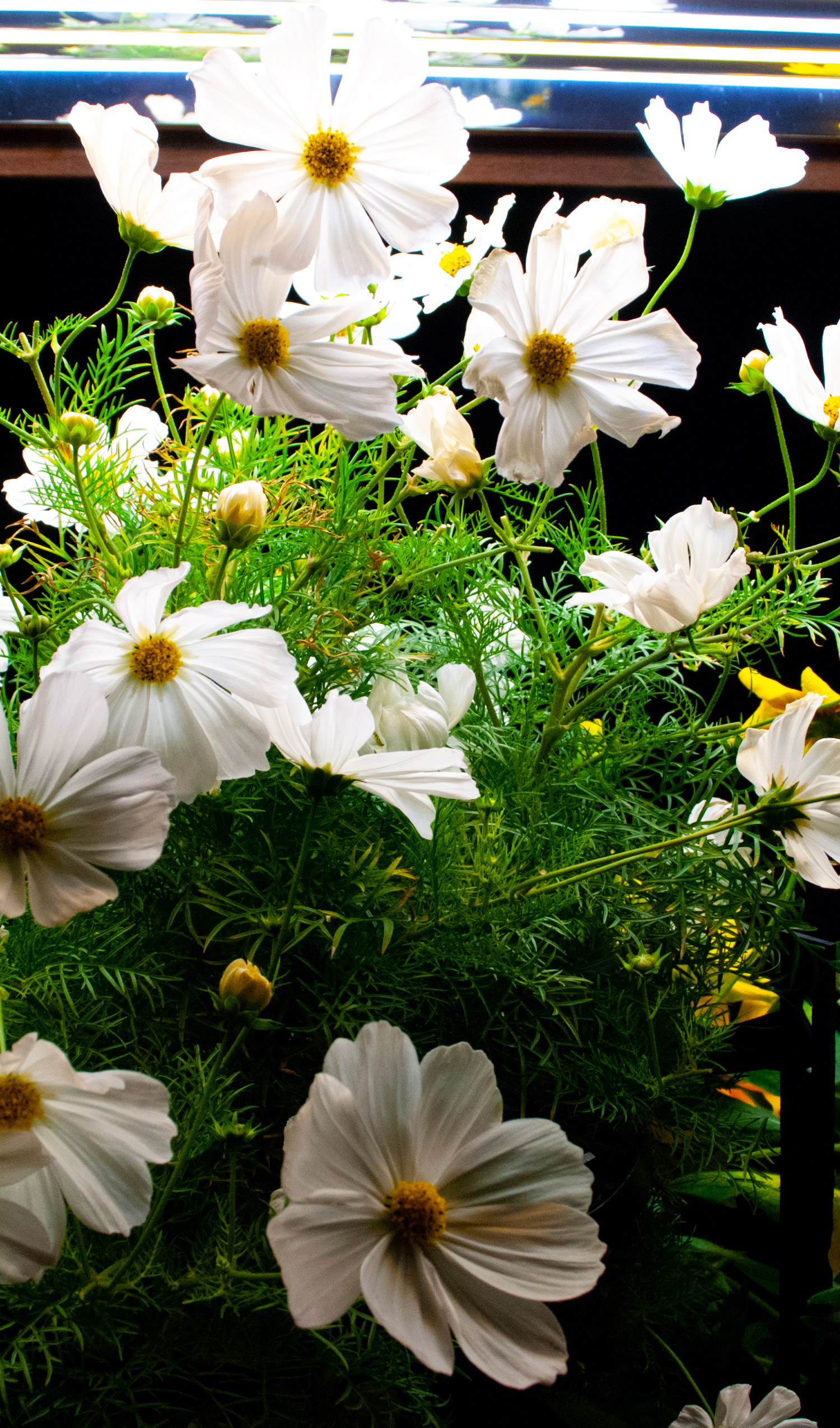
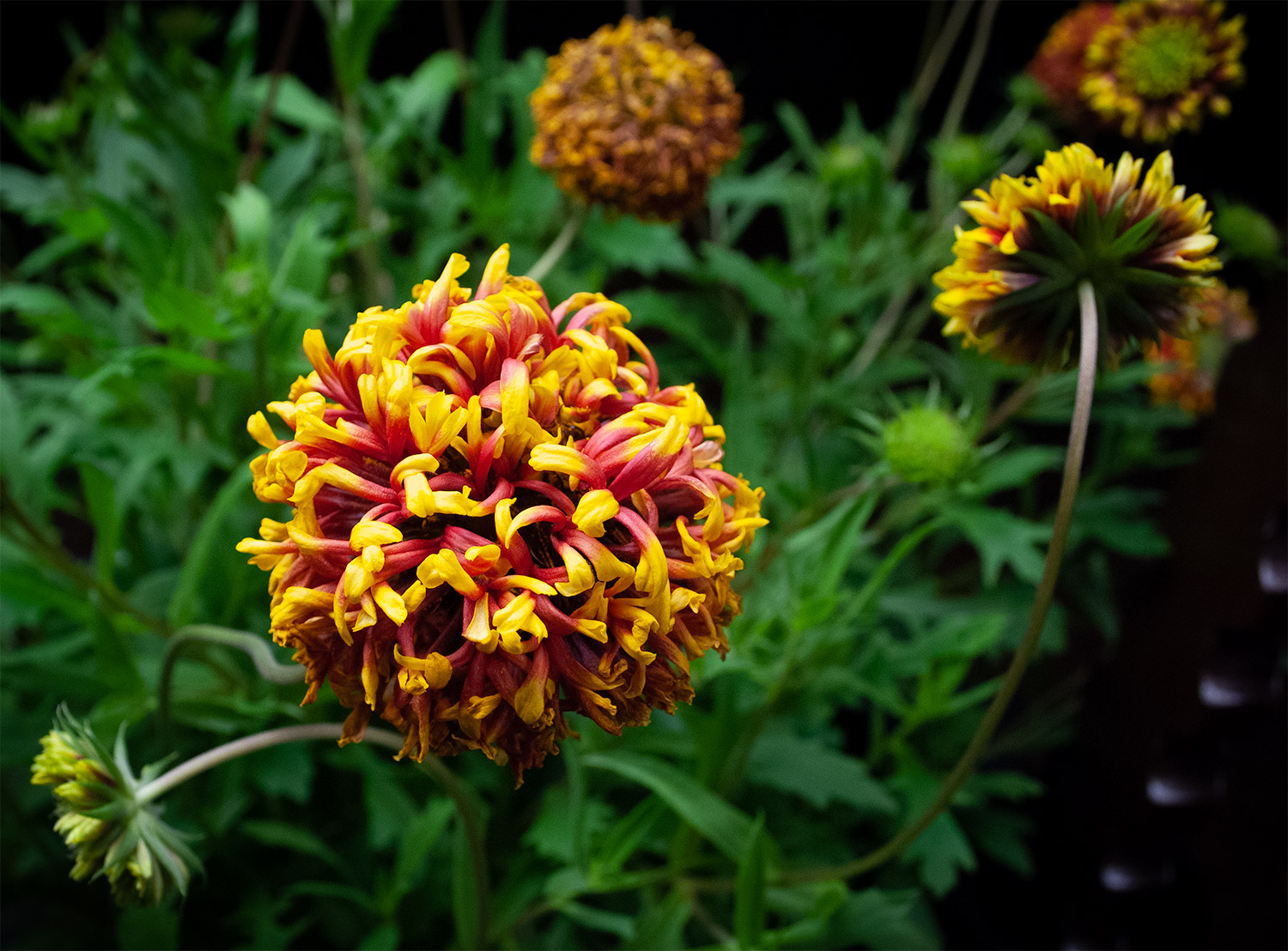
Our BloomInLight experience:
height 17 inches
flowered at 25 weeks
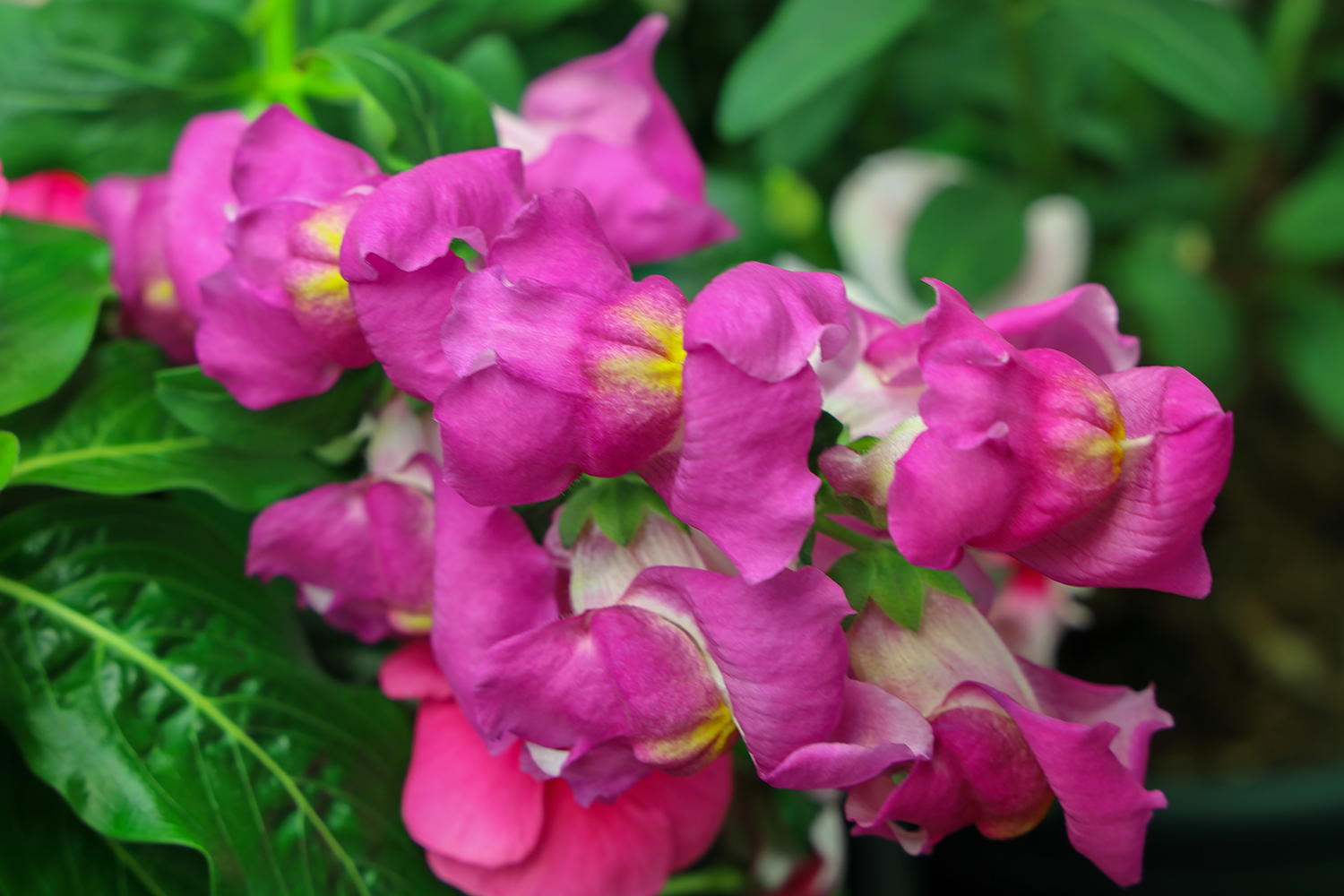
Our BloomInLight Experience:
Cut back and rebloomed 52 weeks after planting seed
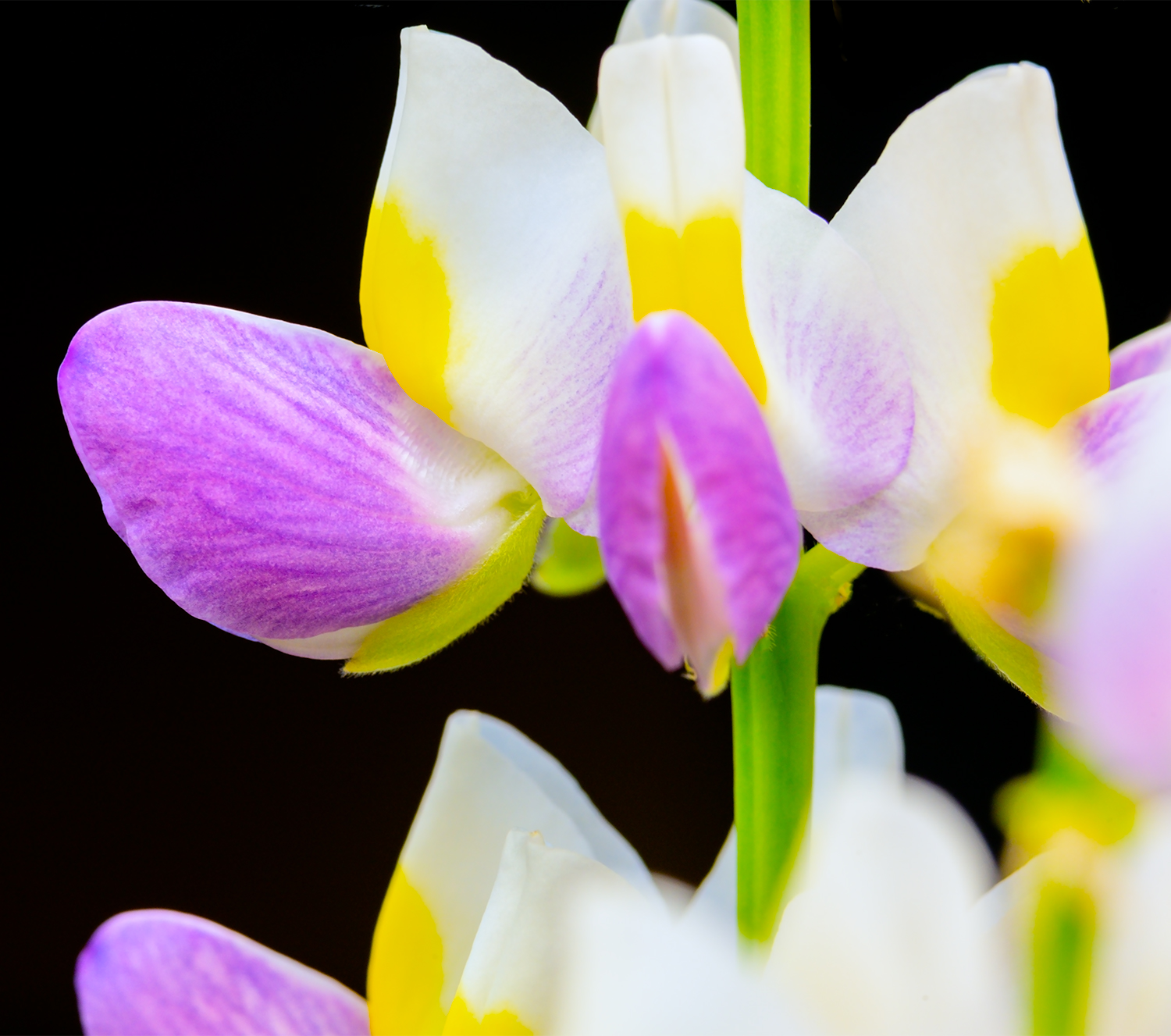

Our BloomInLight Experience:
height 12 inches
flowered at 5 weeks
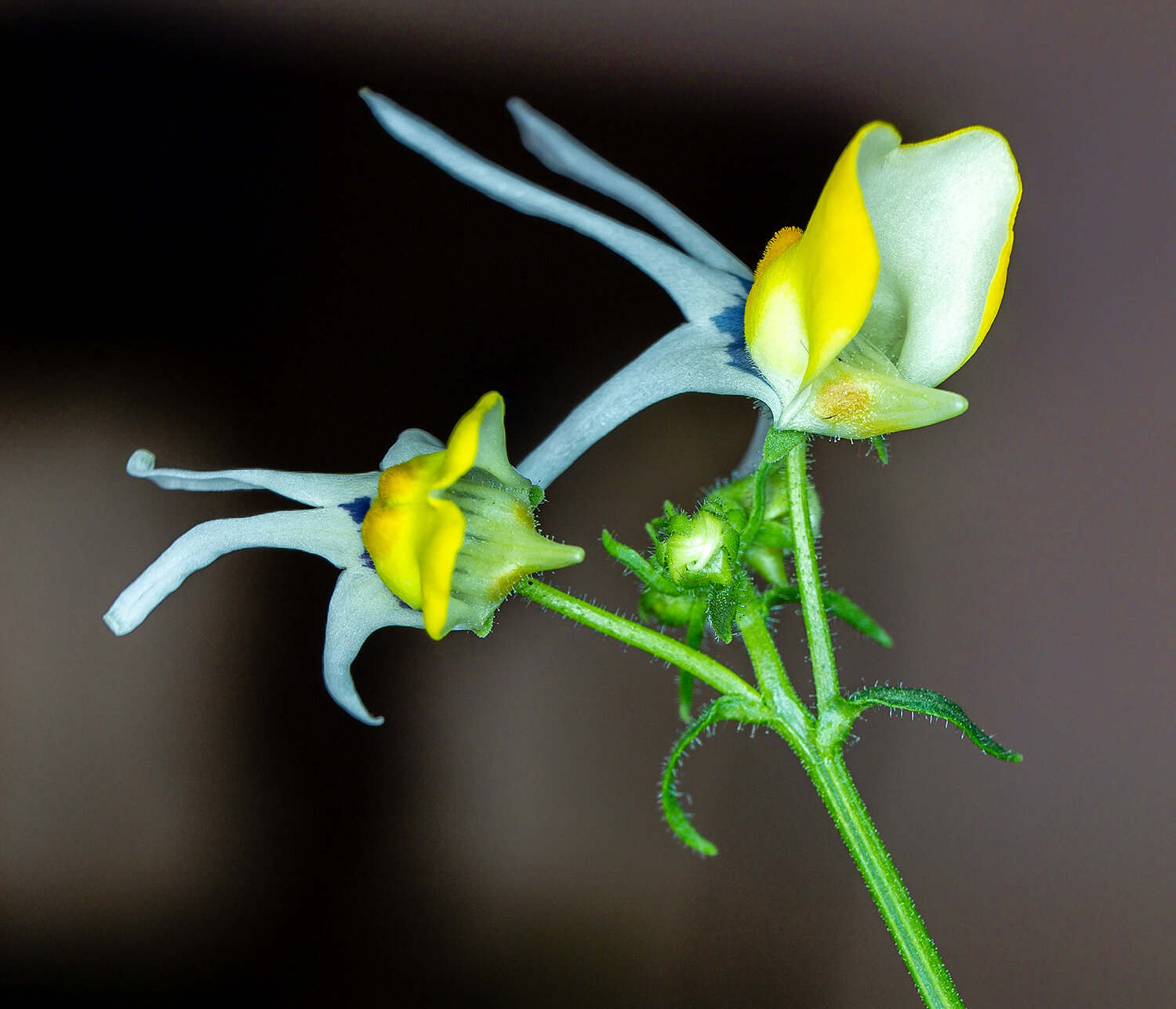
Our BloomInLight Experience:
height 12 inches
flowered at 7 weeks
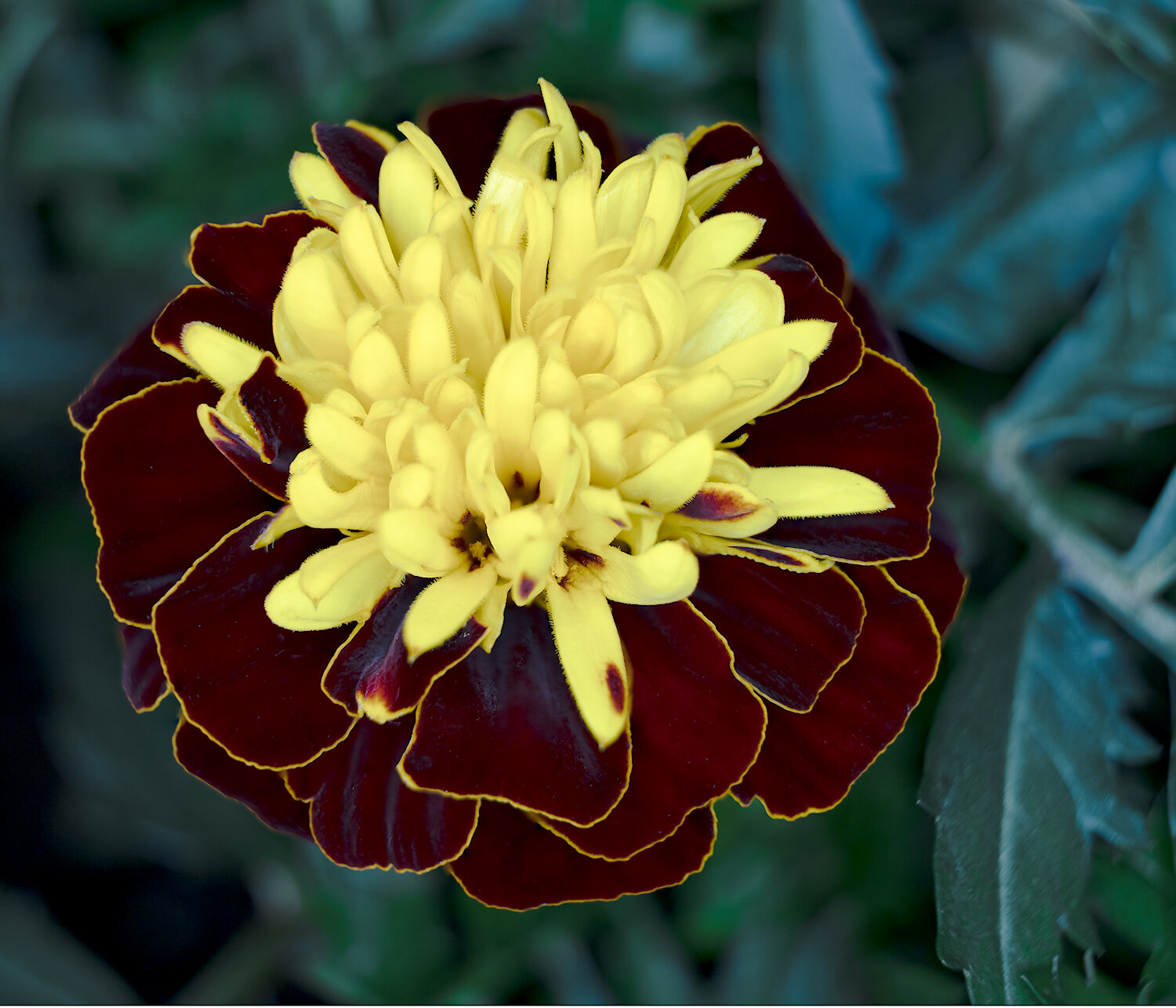
Our BloomInLight Experience:
height 5 inches
flowered at 5 weeks
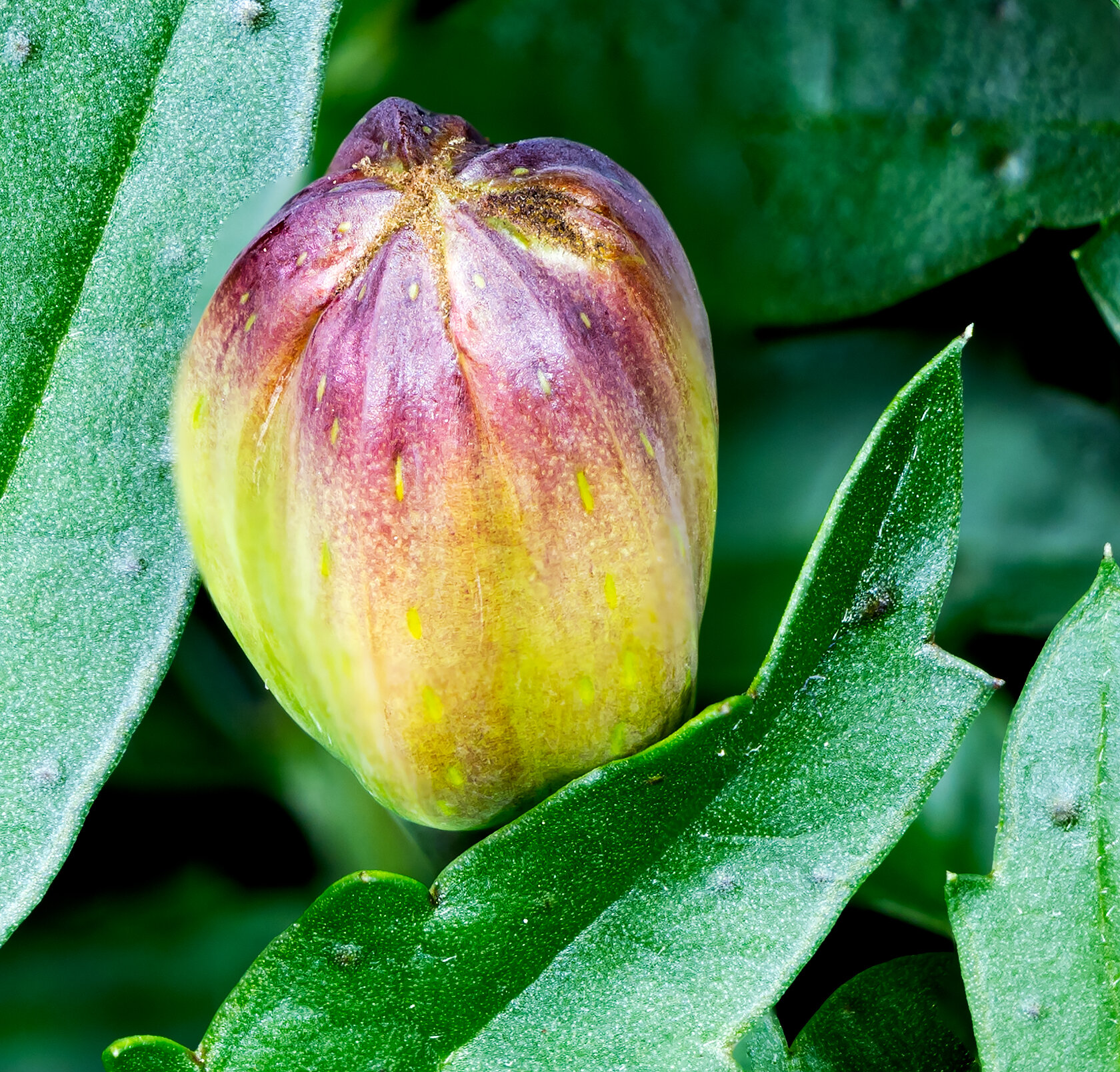
Flower bud just before blooming
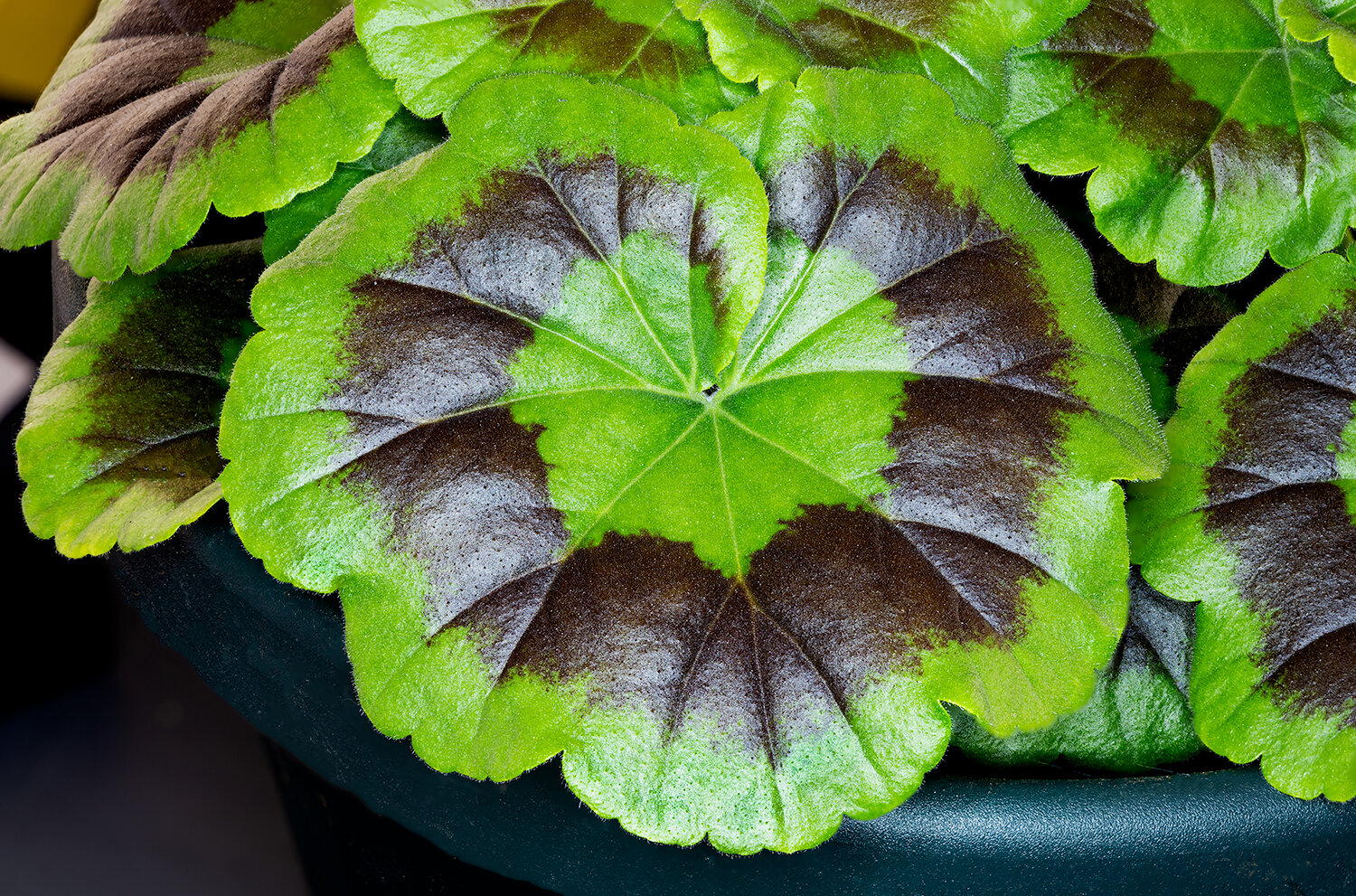
Our BloomInLight Experience:
height 6 inches
photo taken at 5 weeks
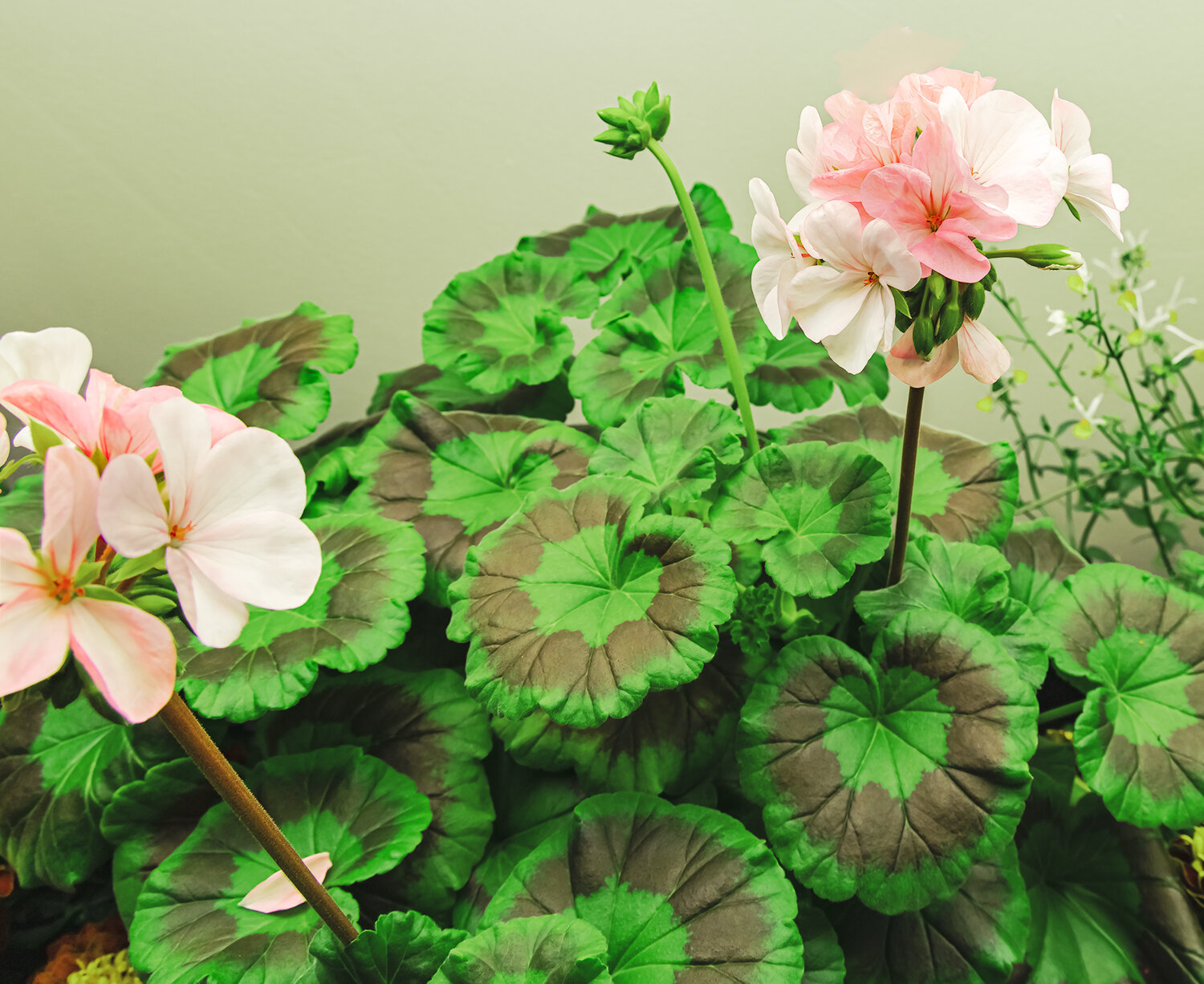
Our BloomInLight experience:
height 13 inches
Bloomed in 10 weeks

Our BloomInLight Experience:
Height: 36 inches
What would you grow if you had an endless summer filled with nothing but long, sunny days?
Just click the FLOWERS heading at your favorite seed Company’s website!
Look for annuals, or perennials that are treated as annuals (these will all be listed under ‘annuals’ on the seed company’s website).
Look for plants that prefer full sun or part shade.
Look for plants that have summer listed as part of their outdoor bloom season.
You will have plenty of plants to choose from by following the three guidelines above, or scroll to the bottom of this page for links to detailed information about BloomInLight-compatible flowers, herbs, and microgreens. Be aware of how tall the plant is supposed to grow. We look for varieties that are listed to grow less than 30 inches tall, but read the description provided by the seed company because many tall or spreading/vining plants can be easily pruned.
Avoid those plants that are listed as shade-only unless you plan to grow them below the canopy of taller plants. But notice that seed companies are now offering sun-tolerant varieties for some shade plants, for example coleus, begonia, and impatiens (You can still use your BloomInLight to start plants that prefer shade if they are to be moved outdoors after 4-6 weeks.)
Avoid those few plants listed as blooming only in the fall, as these may need at least 12 hours each night of complete darkness to start flowering.
If your average indoor temperature is going to be above 72 degrees, avoid those plants listed as being strictly ‘cool-season’ plants. For example if you are growing indoors during the hottest part of summer in a room with no air-conditioning.
If you venture into the perennial section of the seed company website, avoid those hardy perennials that take two seasons to get established or must have a cold treatment to simulate being dormant for a winter before they can bloom (unless you are starting a plant that you intend to plant outdoors or you are growing the plant to enjoy its foliage). Perennials listed to bloom the first year will do fine, but notice that some might be less desirable for your indoor garden or take more effort because they have less attractive foliage or growing habits, have a shorter period of blooming, or take much longer to flower than annuals.
Avoid plants listed as biennial as these often need a period of cold dormancy before they will bloom. The seed company will mention if some plants listed as biennial will bloom without a cold treatment if they are given enough time.
Since the care instructions given on the seed companies websites are intended for the outdoor summer garden, there are some common sense adjustments for your indoor garden. For example, you don't have to follow the planting calendar they suggest. It's always summer in your BloomInLight, so you can sow any day of the year; and you can plan for your plants to mature more quickly and bloom sooner in your BloomInLight than they would outdoors. Our beginner's guide offers step-by-step planting instructions and additional guidance for your indoor garden.
Some Easy Flowers to Get You Started
These plants germinate in about a week, are easy to take care of, flower quickly, and keep blooming for many weeks.
Marigolds - If you've only purchased marigolds at a garden center, you will be pleasantly surprised at the dozens of easy grow, long blooming choices in small (signet marigold), medium (French marigold), or tall (African marigold) sizes. Marigolds can germinate in as little as 4 days, depending on the variety. You can find them in red, orange, yellow, pink, and more. Expect them to be in full flower in less than 70 days. Grow in ordinary potting mix kept evenly moist, and feed lightly. Plants can be pinched back when young to promote bushy growth, spent blooms should be removed to encourage more flowers.
Calendula - Sometimes called English marigold or pot marigold. Yellow, orange, white, or pink blooms, small or medium or tall varieties. Calendula can sprout in a week and be in full flower in 50 days. Grow in ordinary potting mix and feed lightly when blooms begin. They can be pinched back to encourage bushy growth.
Petunia - Seemingly endless often fragrant blooms, small or medium or tall, bushy or trailing, many that self-clean the faded blooms. Some petunias can germinate in 7 days and be in full flower in 70 days or less. Keep petunias evenly moist. Feed monthly. Pinch back when young to promote bushy growth. Remove spent blooms to encourage more flowers. They can be cut back hard when blooms fade to promote new growth.
Snapdragons - Unique, sometimes fragrant flowers with a seemingly endless bloom season, in white, pink, red, orange, yellow, and violet. Snapdragons can take 10 days to 2 weeks to germinate and can take 70 days to flower, but they are worth the wait. Grow in ordinary potting mix and keep evenly moist. Feed lightly. Support tall varieties. Can be pinched back to encourage bushy growth. Spent blooms should be removed to encourage more flowers. Snaps can be cut back hard when blooming slows to encourage regrowth.
Vinca - Small, medium, or tall mounding plants with flowers similar to Impatiens (but Vinca prefer full sun, unlike Impatiens). Vinca can take two weeks to germinate, but you will be rewarded with blooms for months, and when the blooms do start to fade they can be cut back to stimulate even more growth. Grow in ordinary potting mix kept evenly moist.
Zinnia - Medium or tall plants with yellow, red, pink, orange, gold, striped, or flecked blooms. Zinnias can sprout in 5 days and flower in less than 70 days. Use ordinary potting mix kept moist, but try to keep the leaves dry. Feed once when blooms begin. Pinch growing tips when young to stimulate a bushy plant. Remove spent blooms regularly.
Dianthus - Also known as pinks or China pinks, they come in white, pink, red, or mixed colors. Small or medium sized plants, Dianthus can germinate in 5 days and be in full flower in 70 days or less. Use ordinary well drained potting mix and feed monthly. Pinch back young plants to promote bushy growth. Remove spent flowers to prolong the blooming period. Dianthus can be cut back hard when blooms fade to encourage regrowth. Look for the hybrid Dianthus chinesis x barbatus.
Sunflowers - Look for dwarf, branching, pollenless types. Sunflowers can take 10 days or more to germinate and 85 days for full flower. Use average, well drained potting mix. Feed lightly. Branching types can be pinched back to promote bushy growth. Don't pinch or cut back nonbranching types.
In addition to seeds you can plant bulbs, including corms, tubers, etc. Choose 'prepared' or 'prechilled' bulbs if offered a choice, because some bulbs need a period of cold to wake up. This mainly applies to those listed as spring-blooming bulbs. Summer-blooming bulbs do not usually need to be chilled. The bulb or seed company will make you aware of any bulbs that need special treatment.
What Else Can You Grow?
Look for annuals or perennials that are commonly grown as annuals that prefer full sun and have summer as part of their bloom season. Of course you can accommodate shade plants if needed by raising the lights or turning on fewer lights. Plants that normally bloom in the fall may require short day lighting for a few weeks to trigger the flowering cycle, so set the timer for 12 or fewer hours per day and make sure your room lights are not fooling these plants into thinking the days are still too long to bloom.
